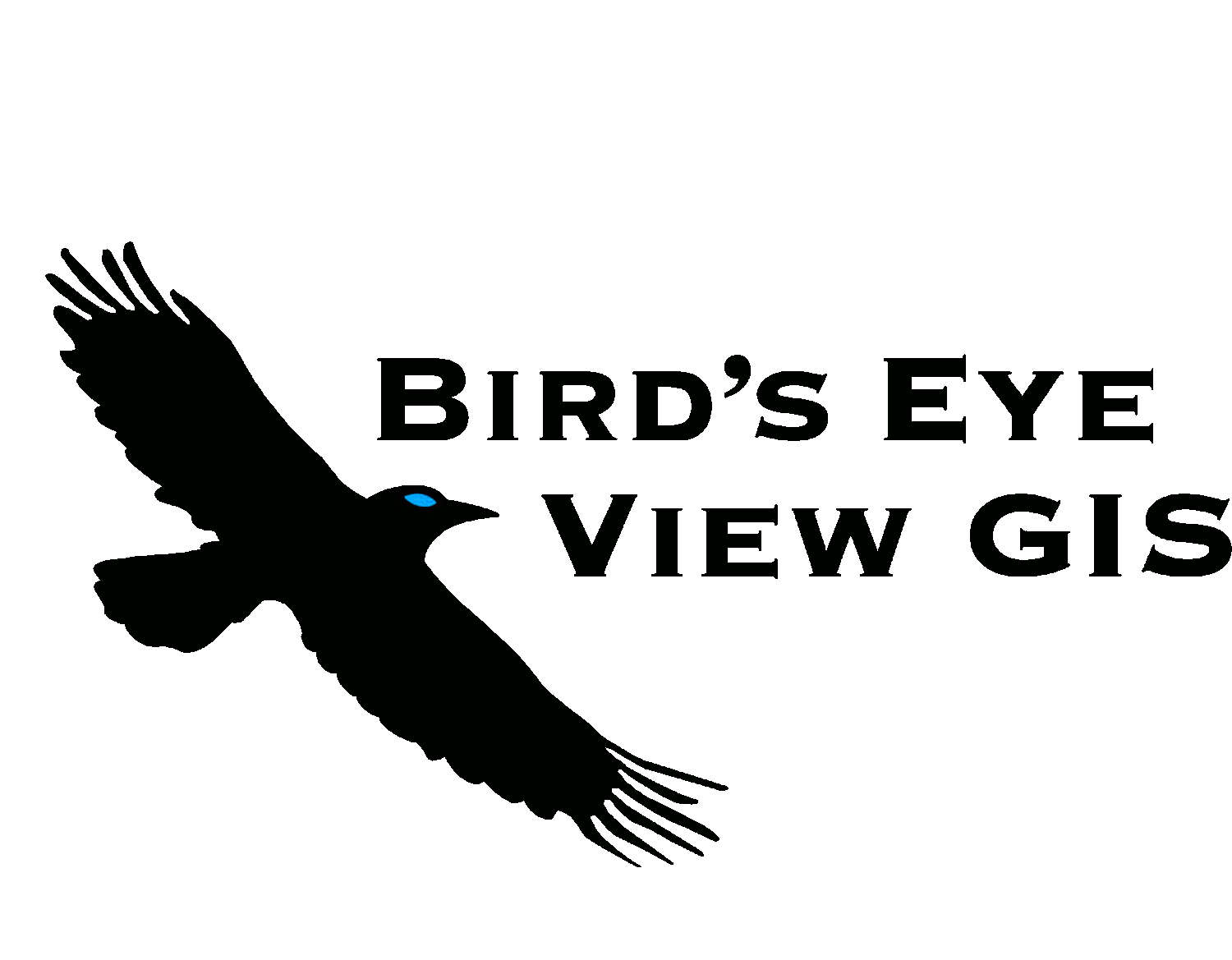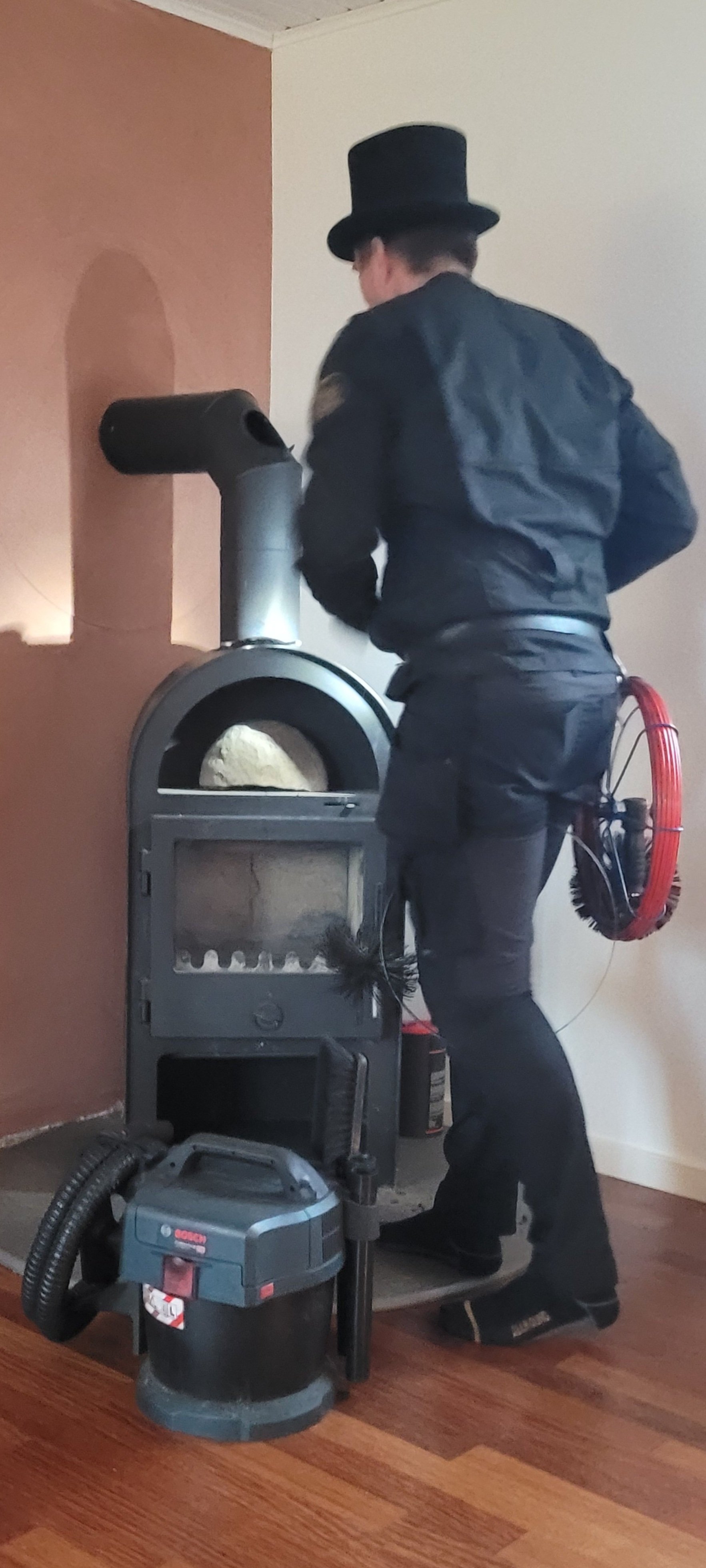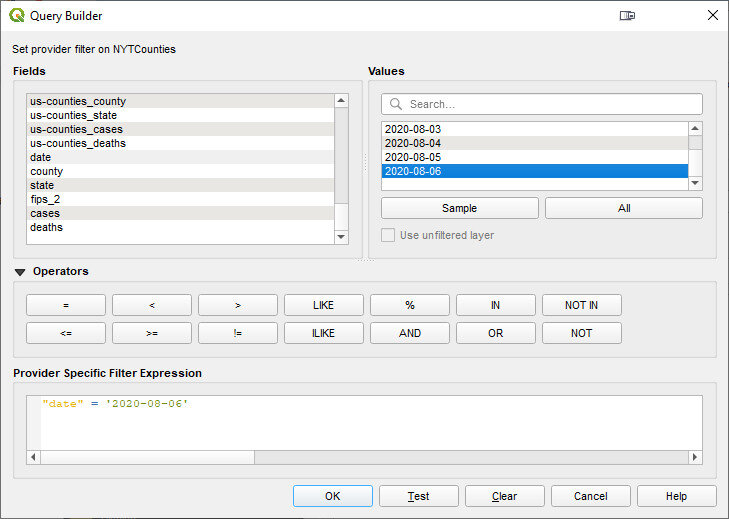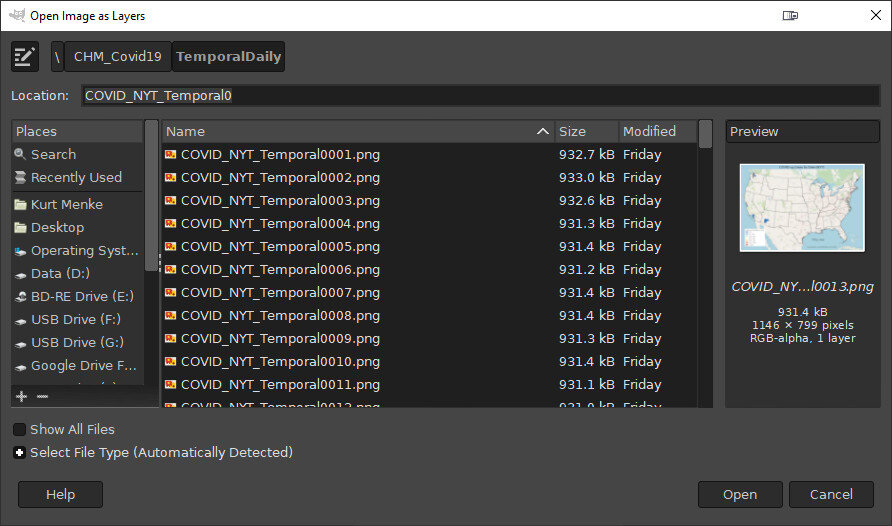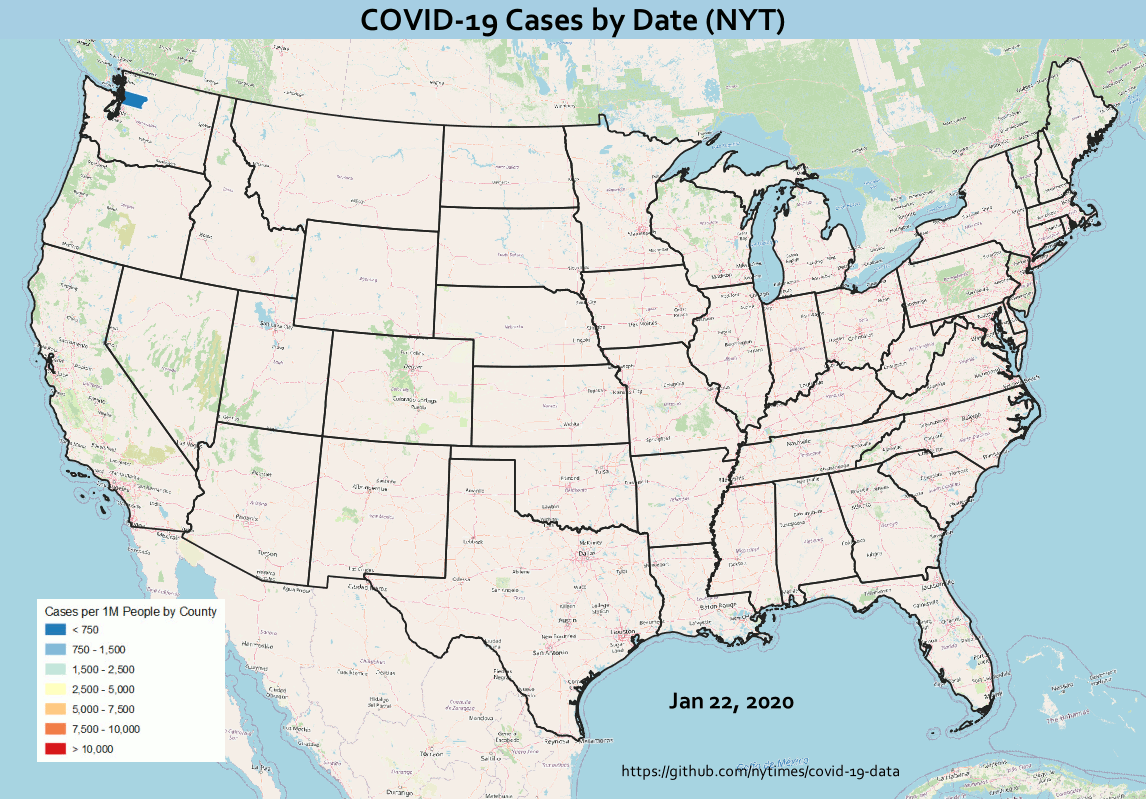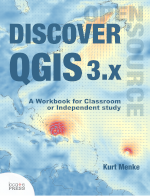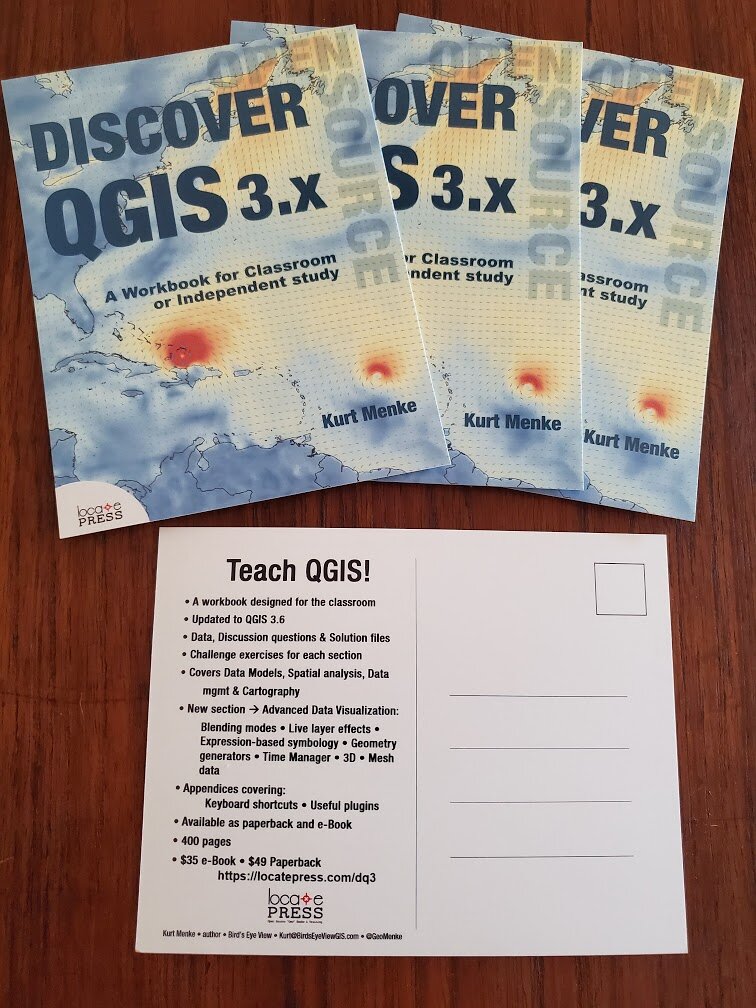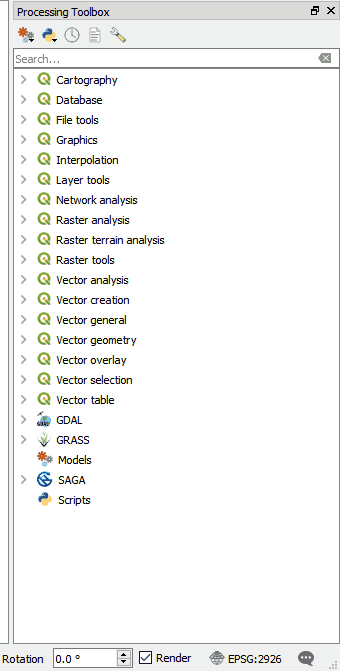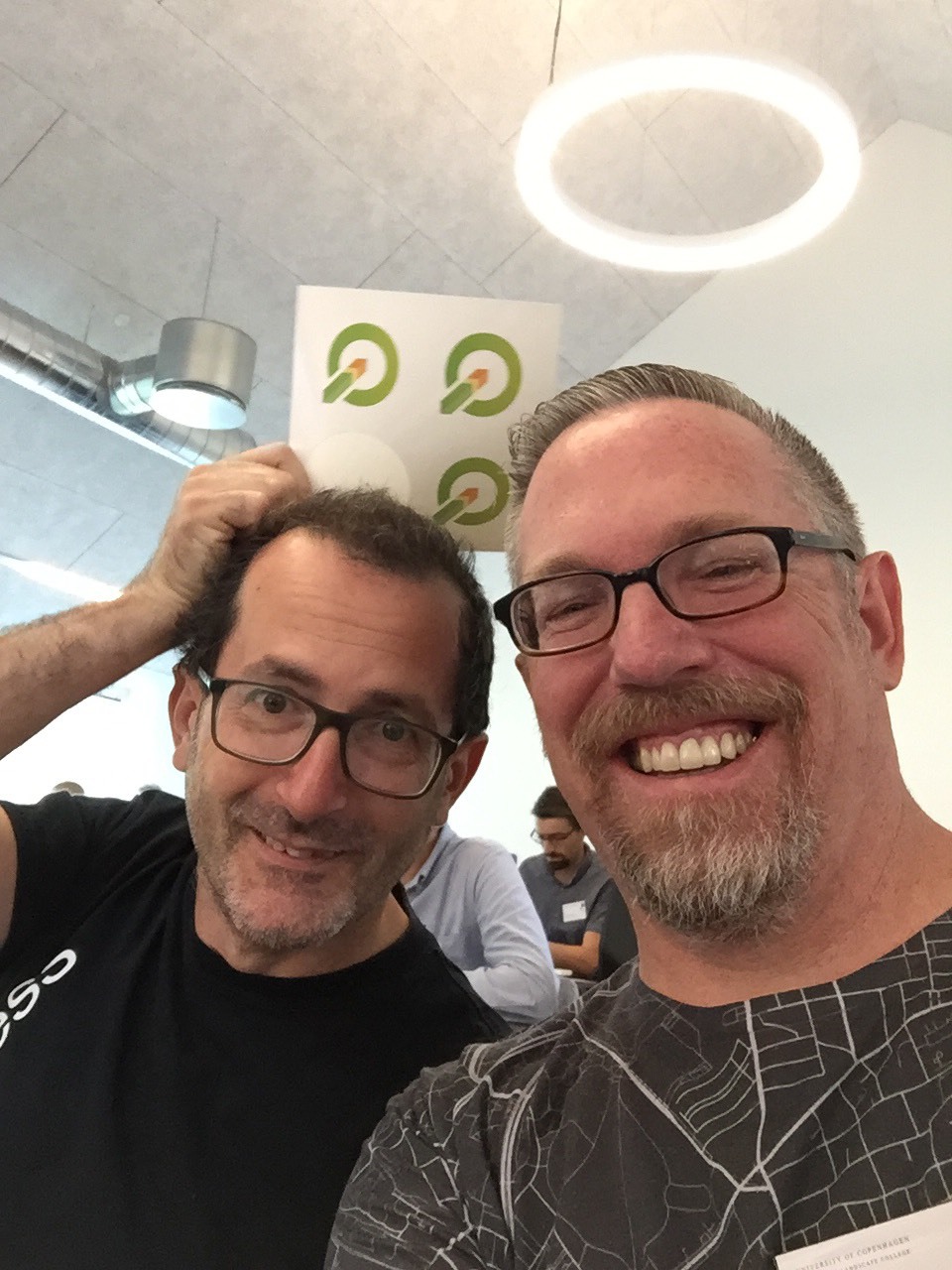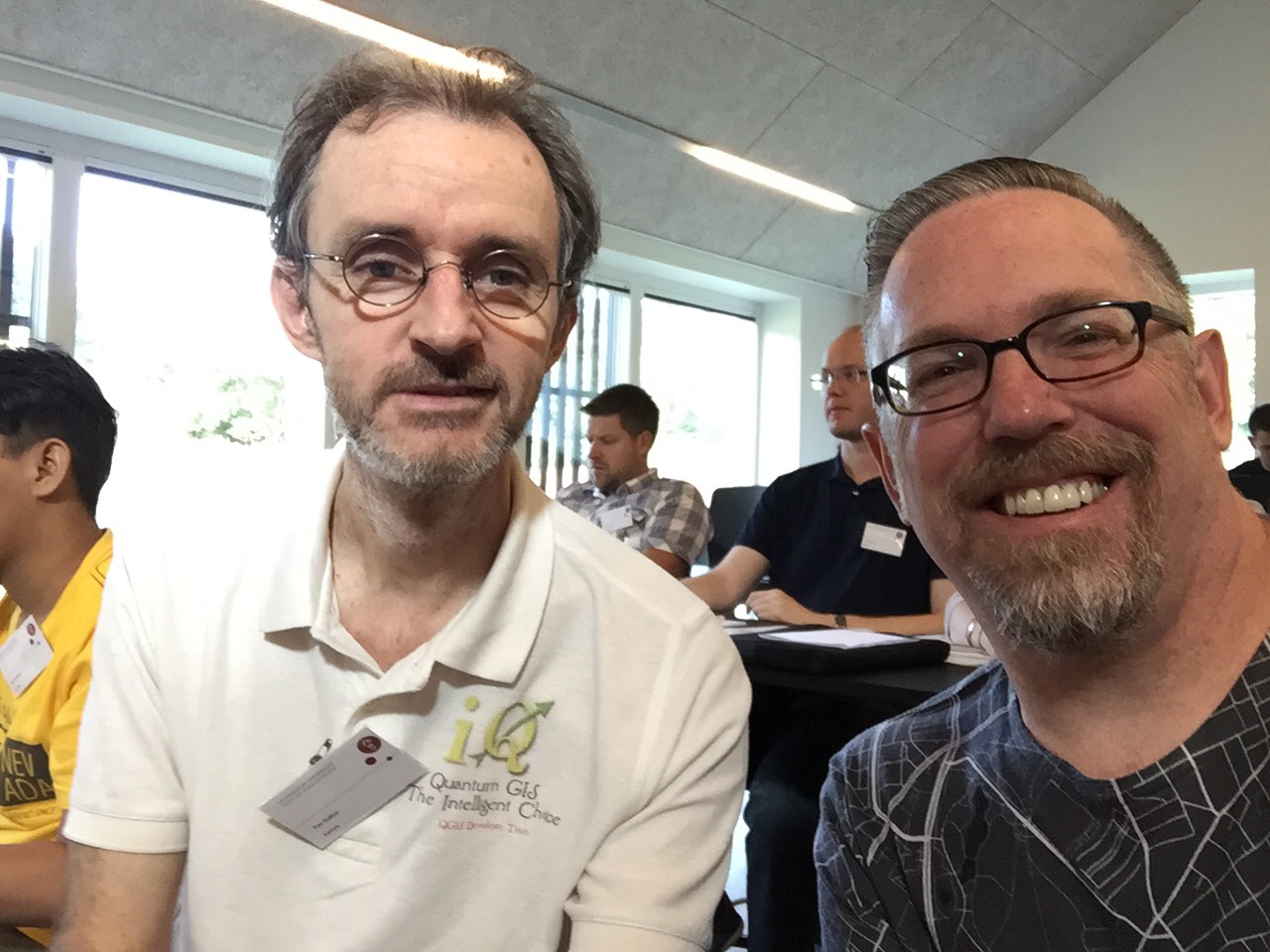January
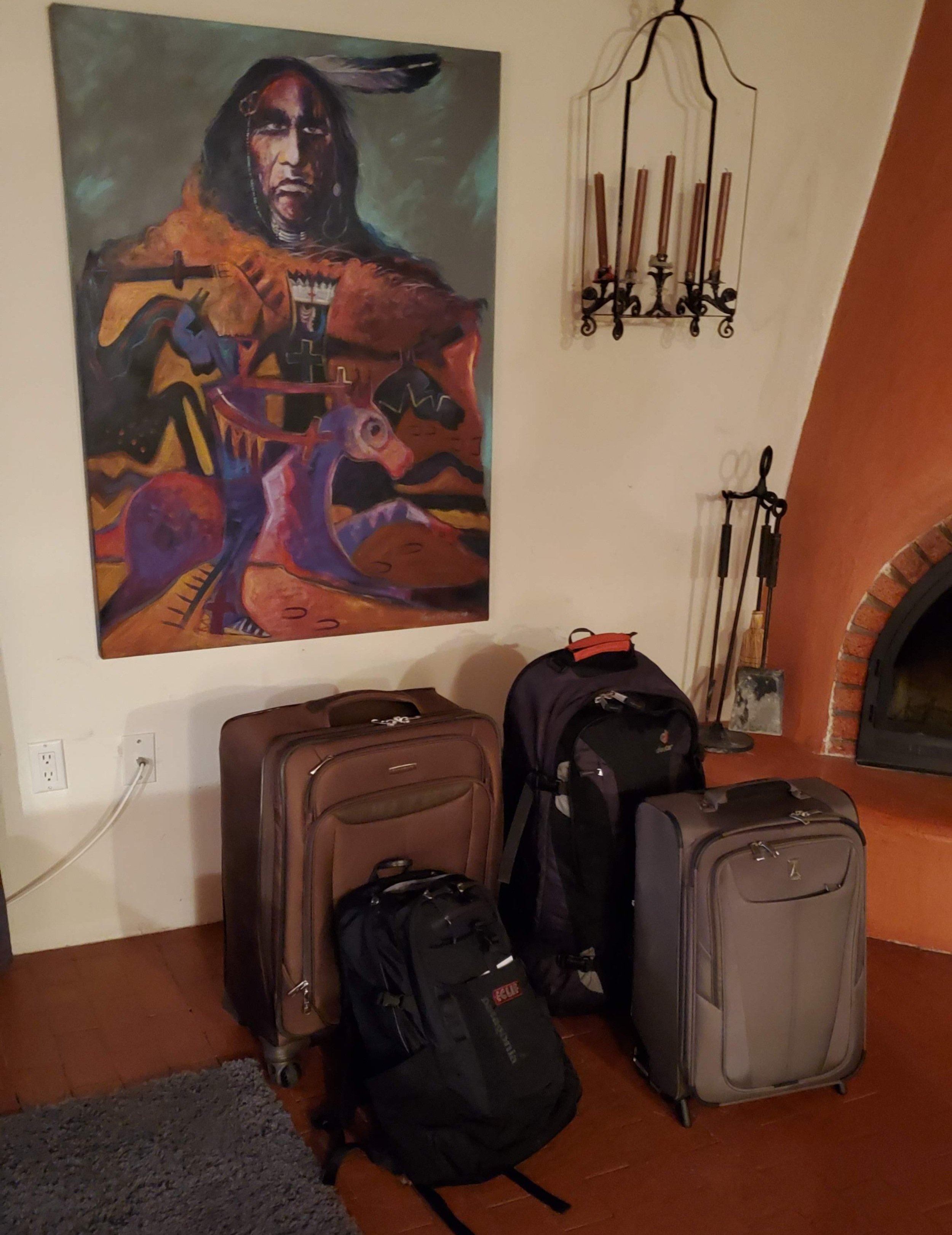
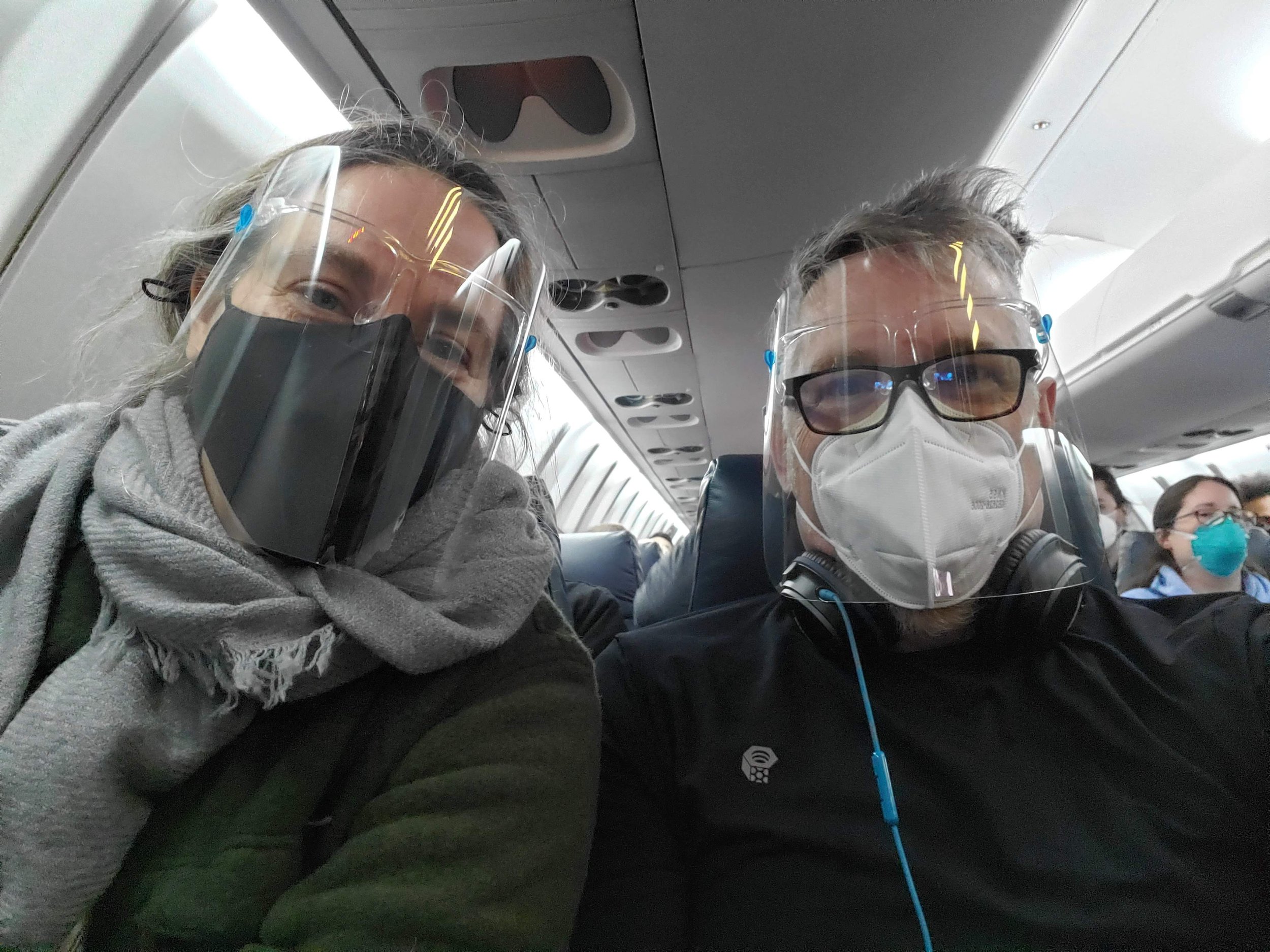
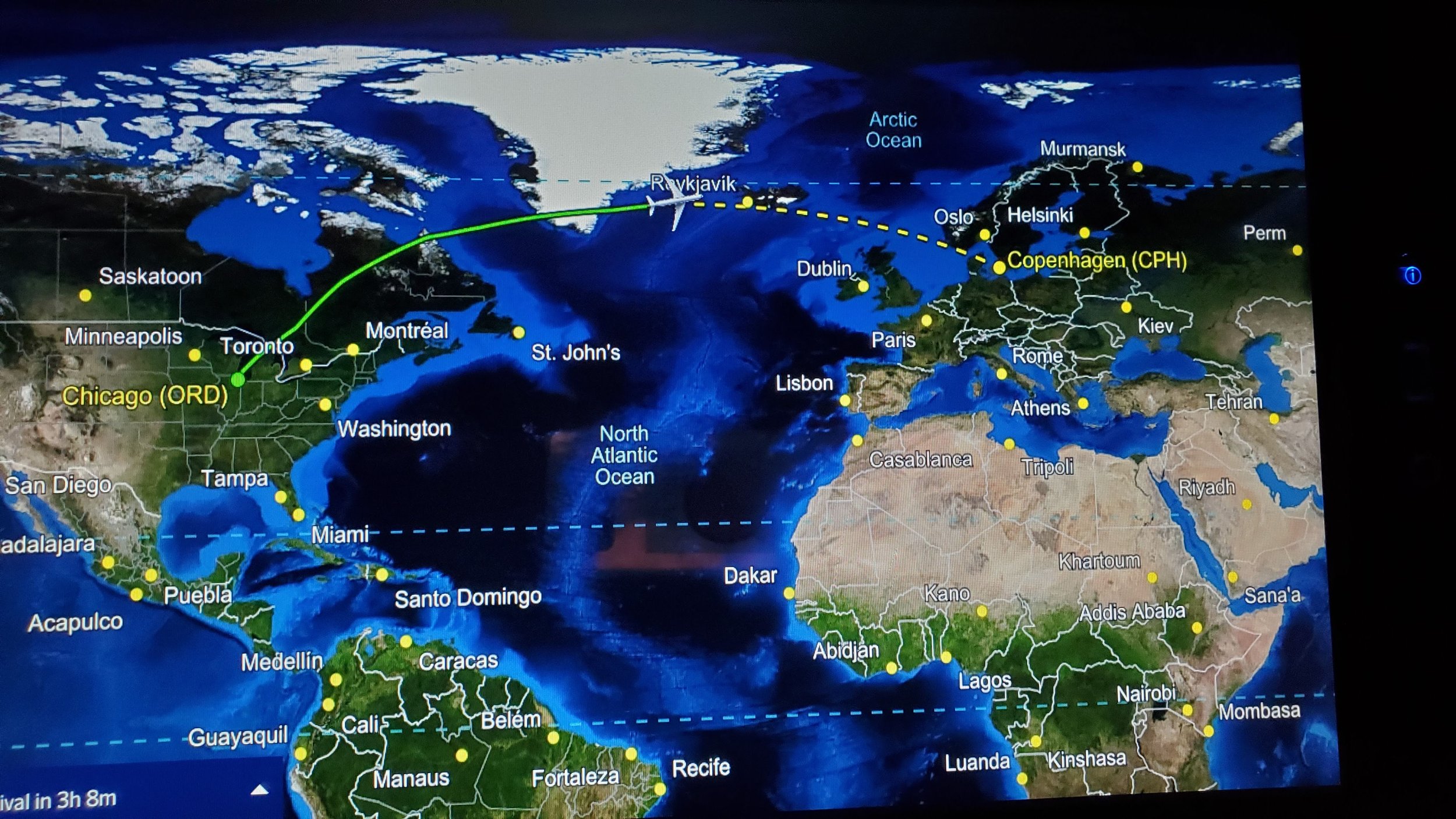
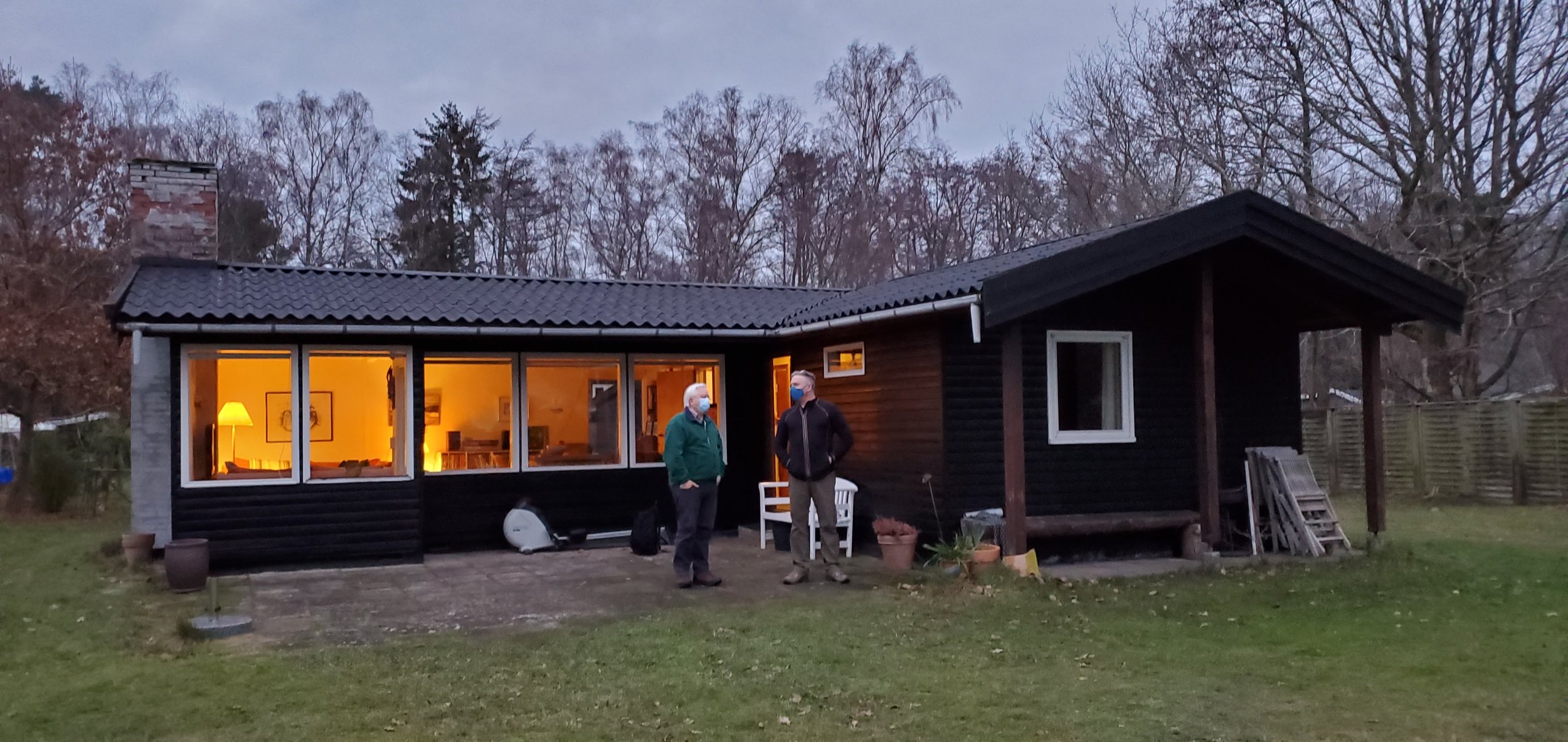
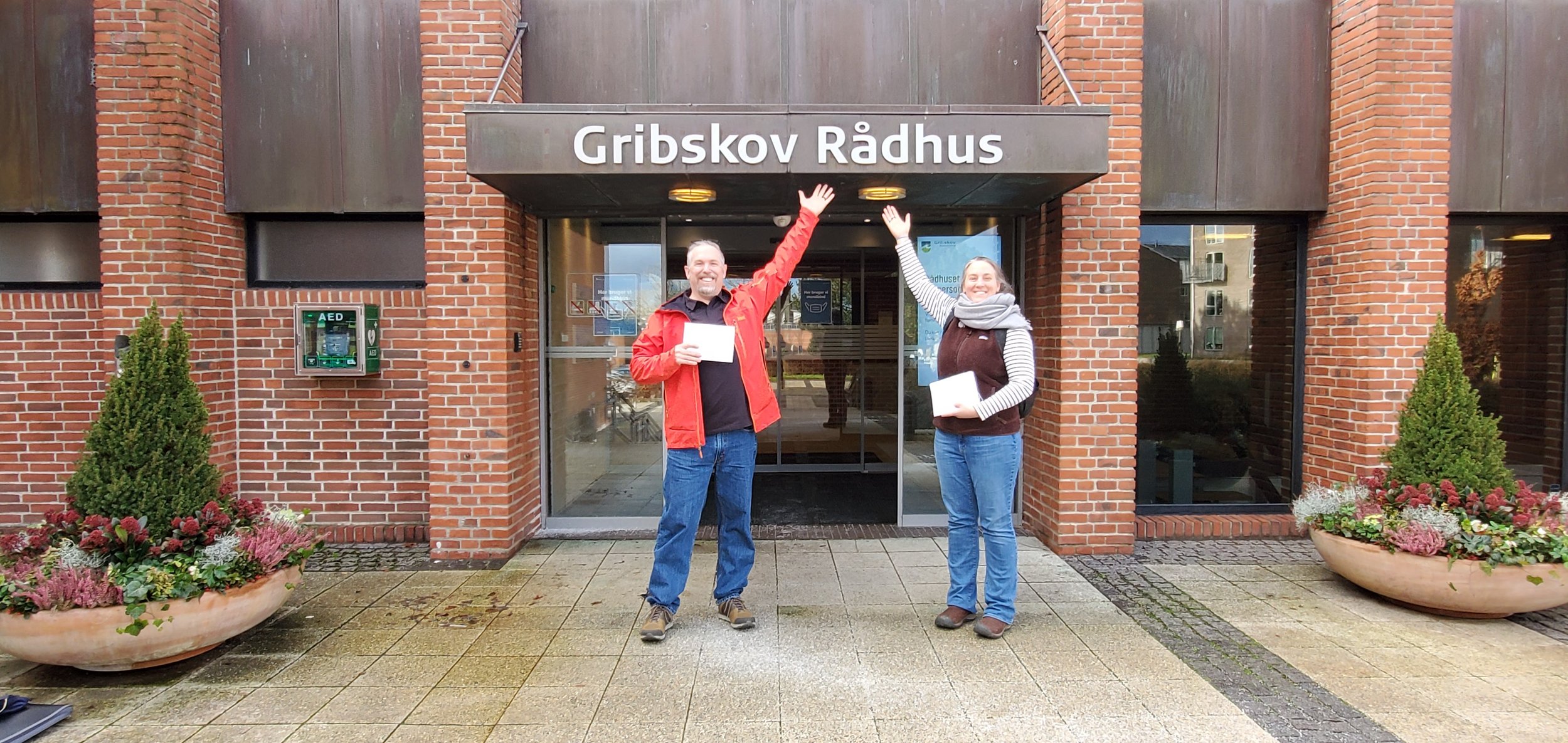
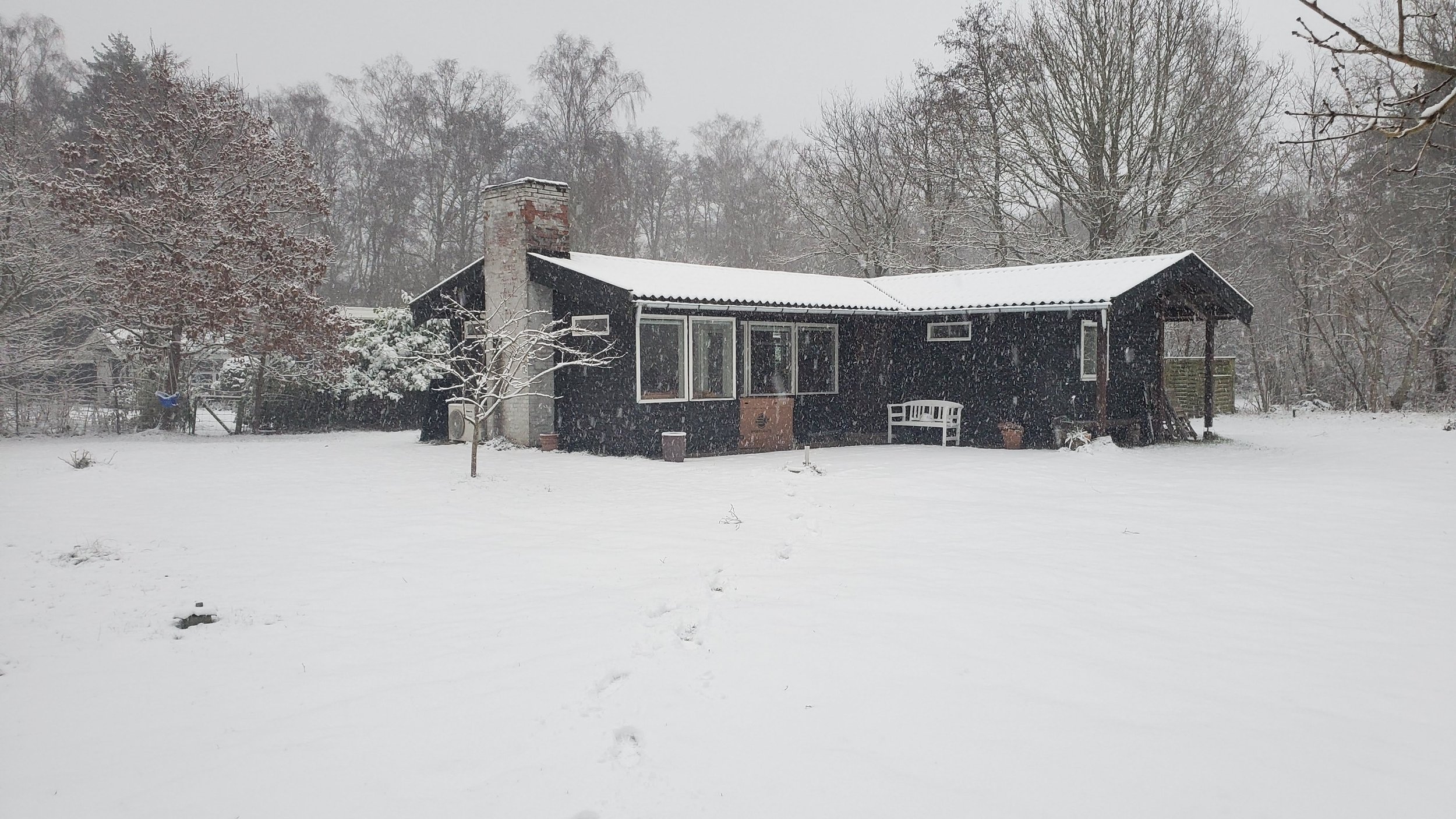
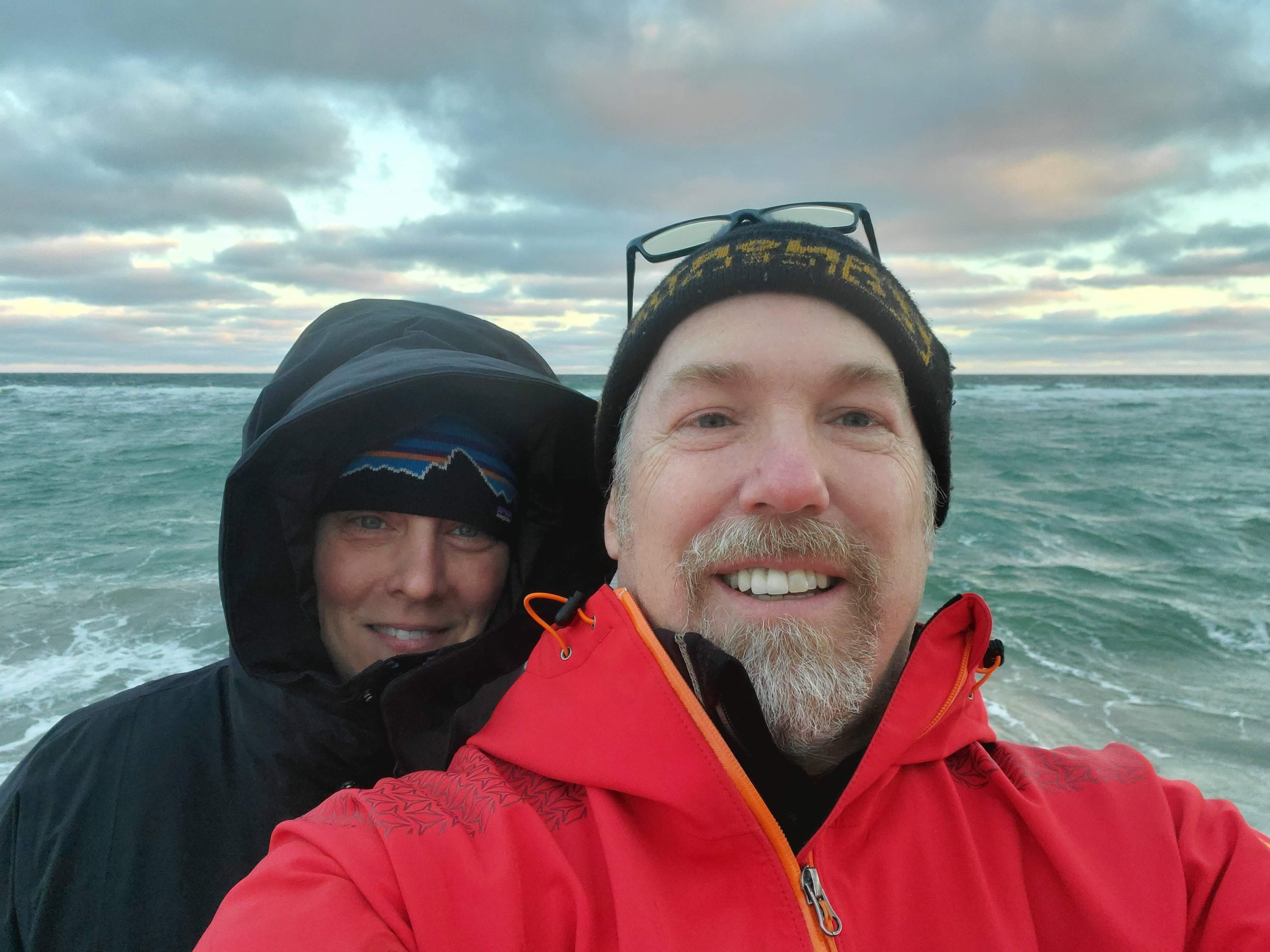

February

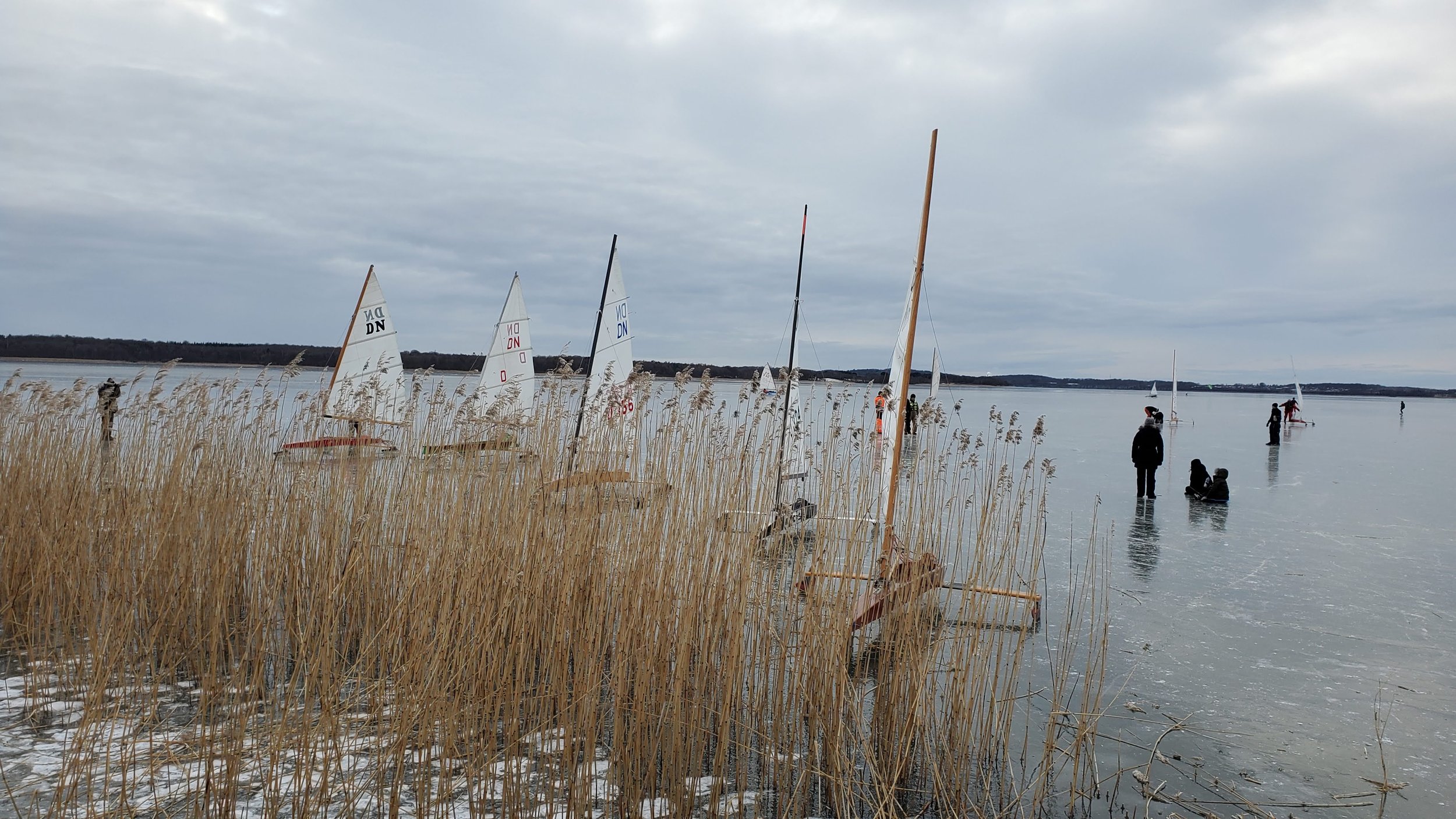
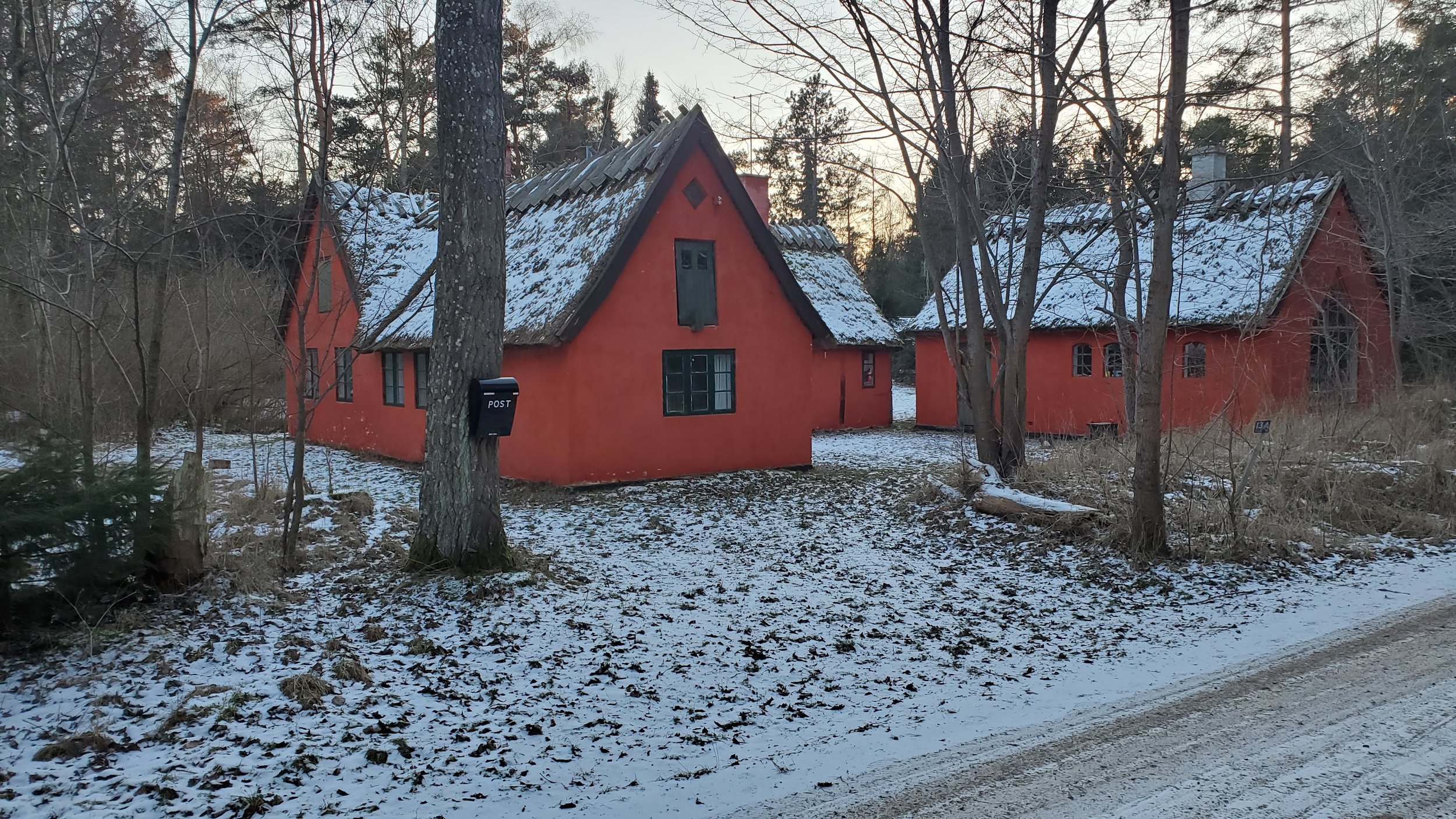
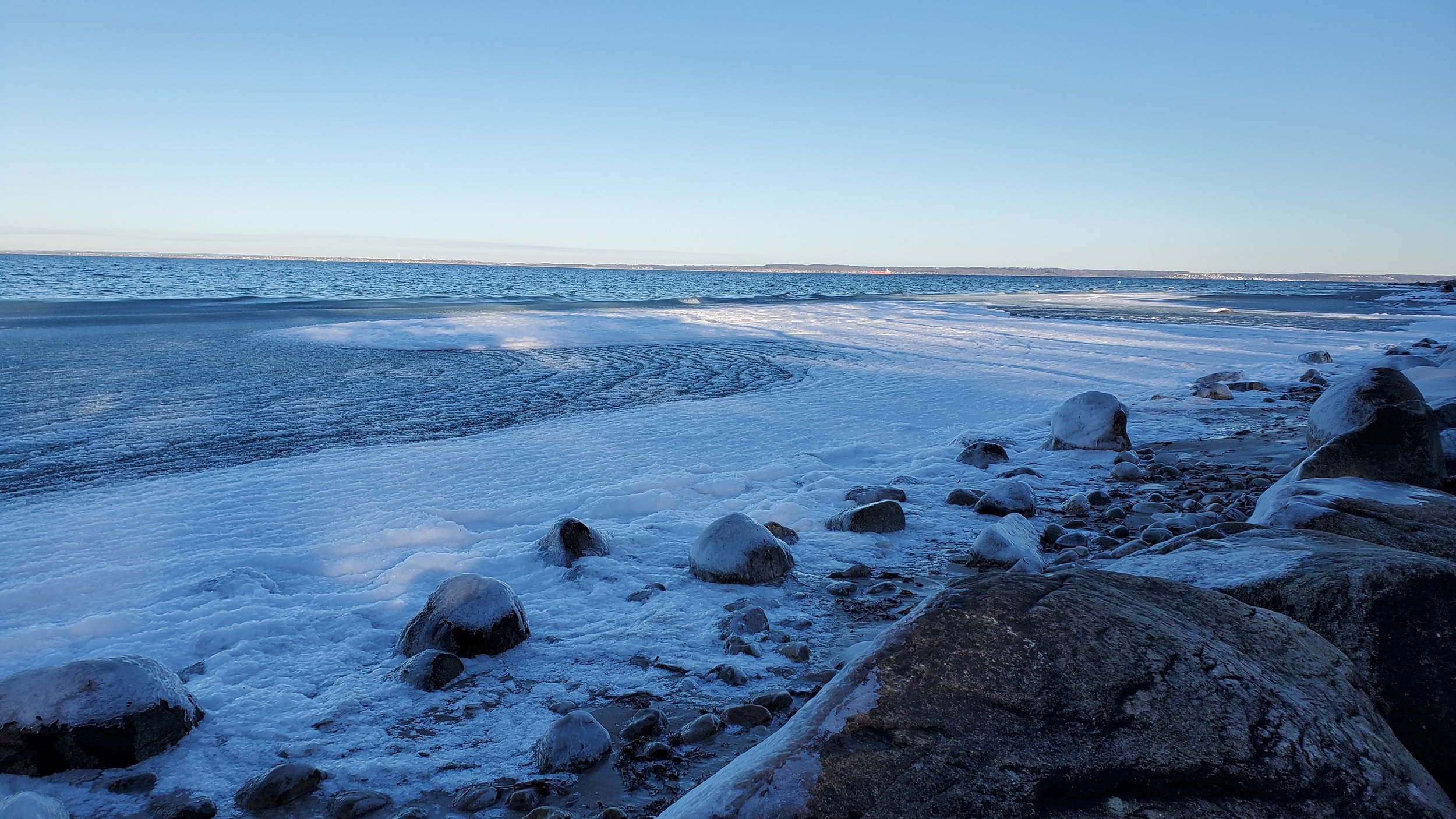
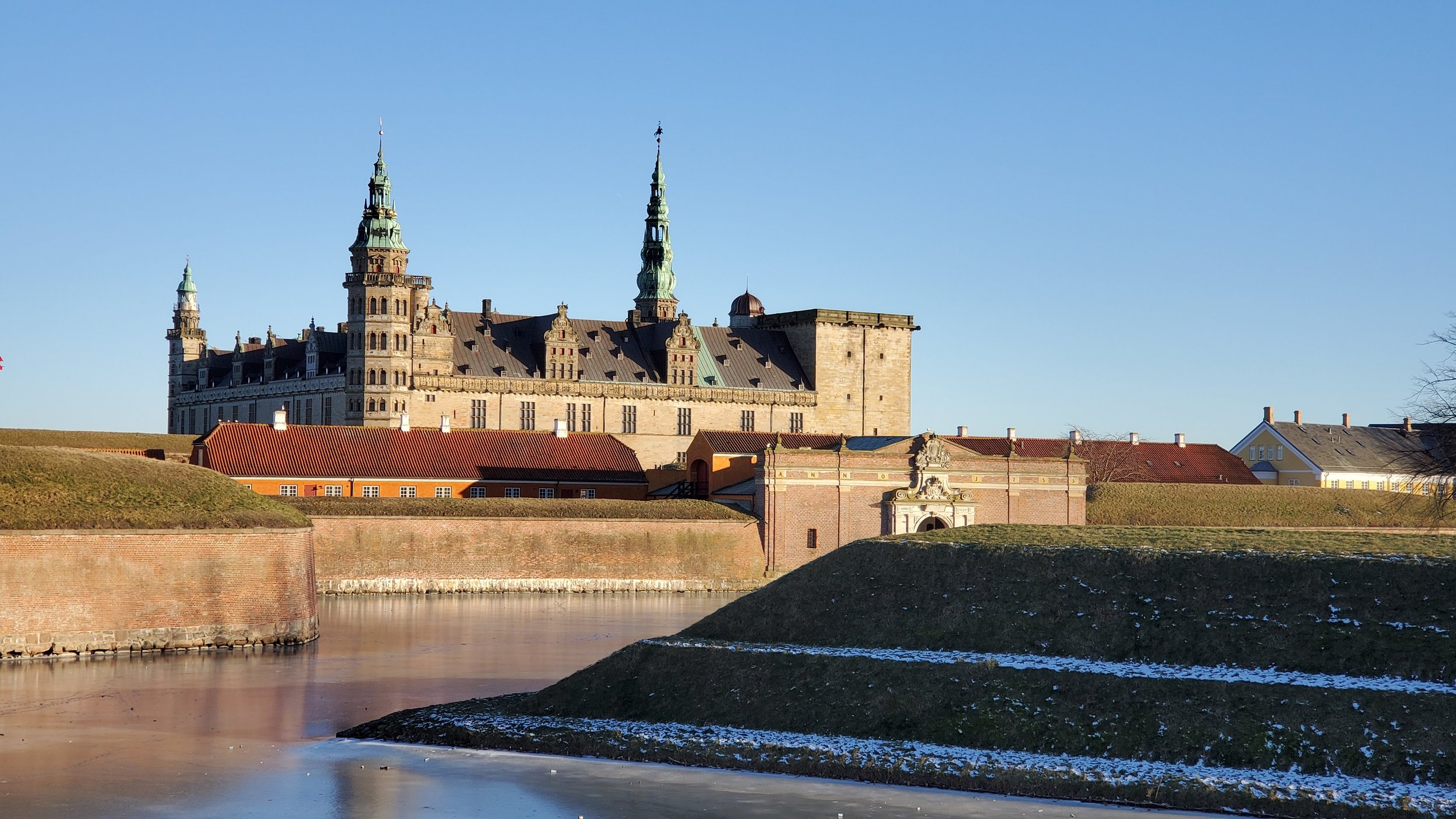
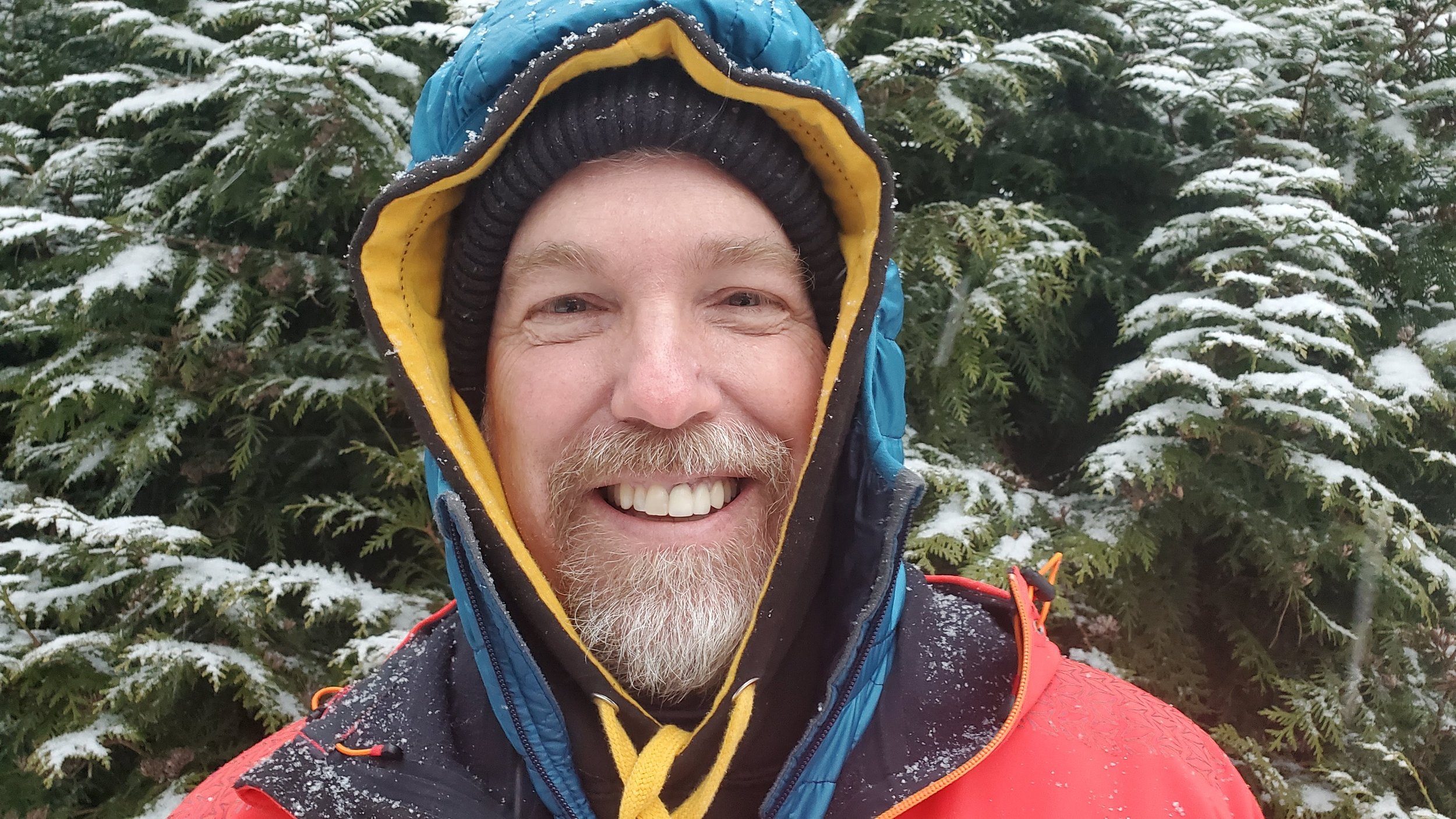
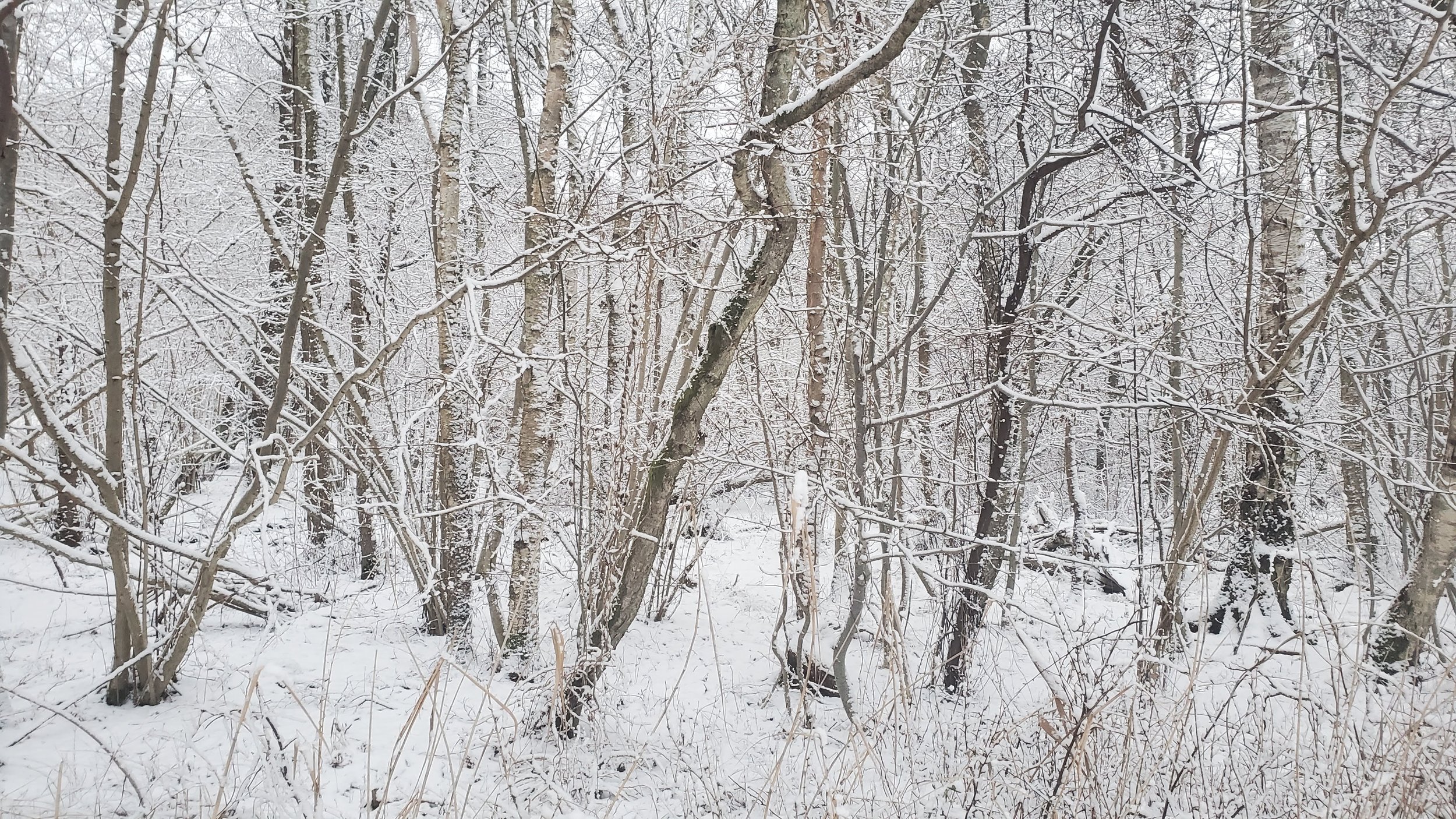
March
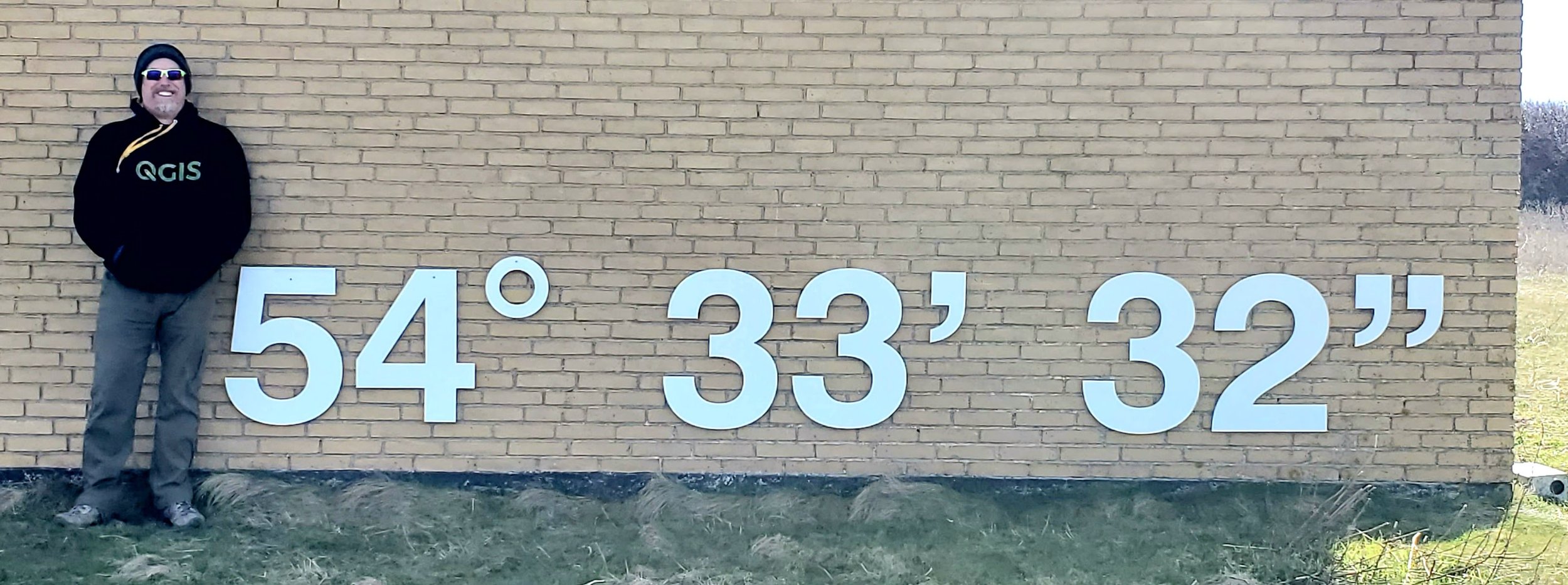
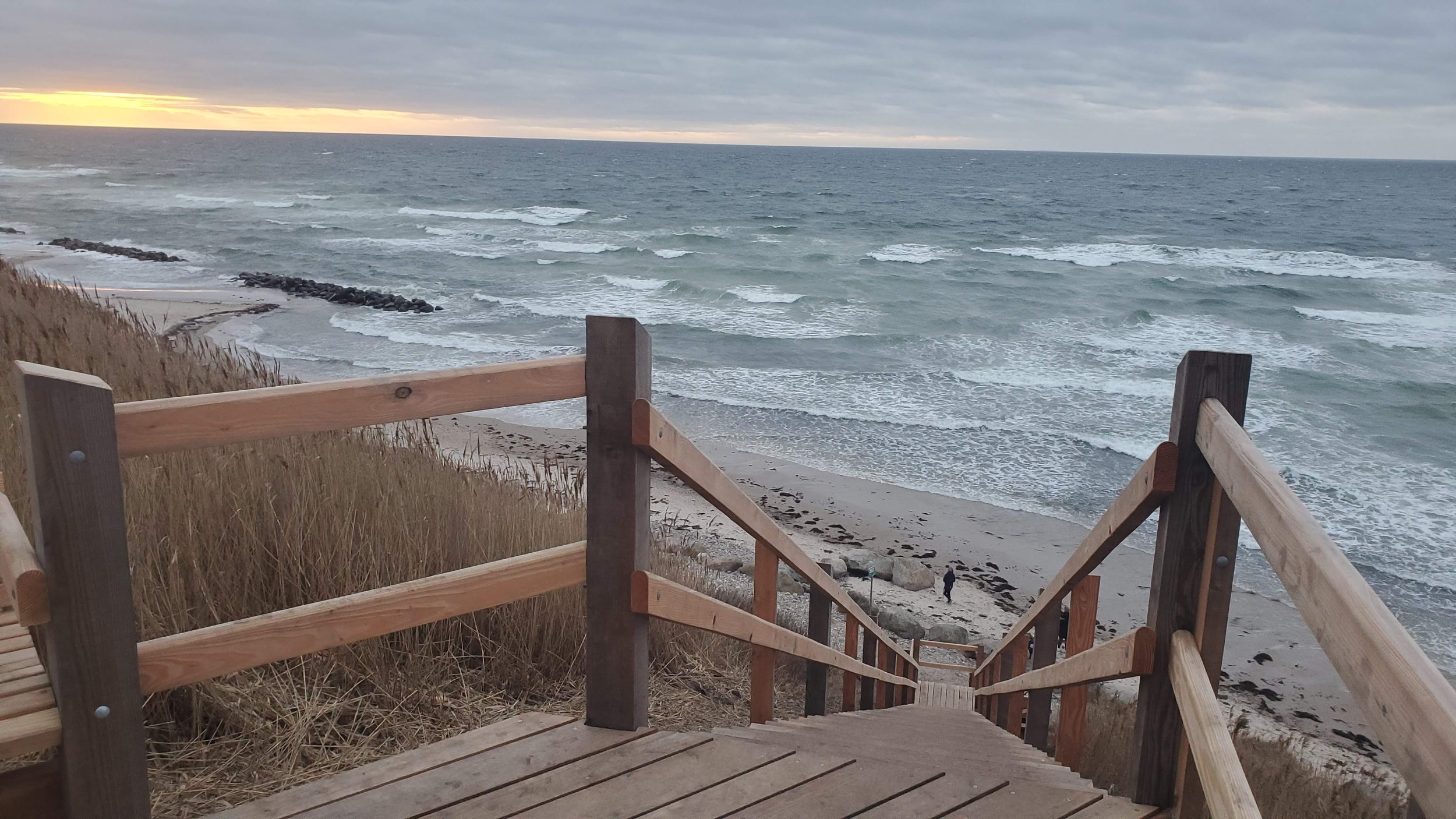
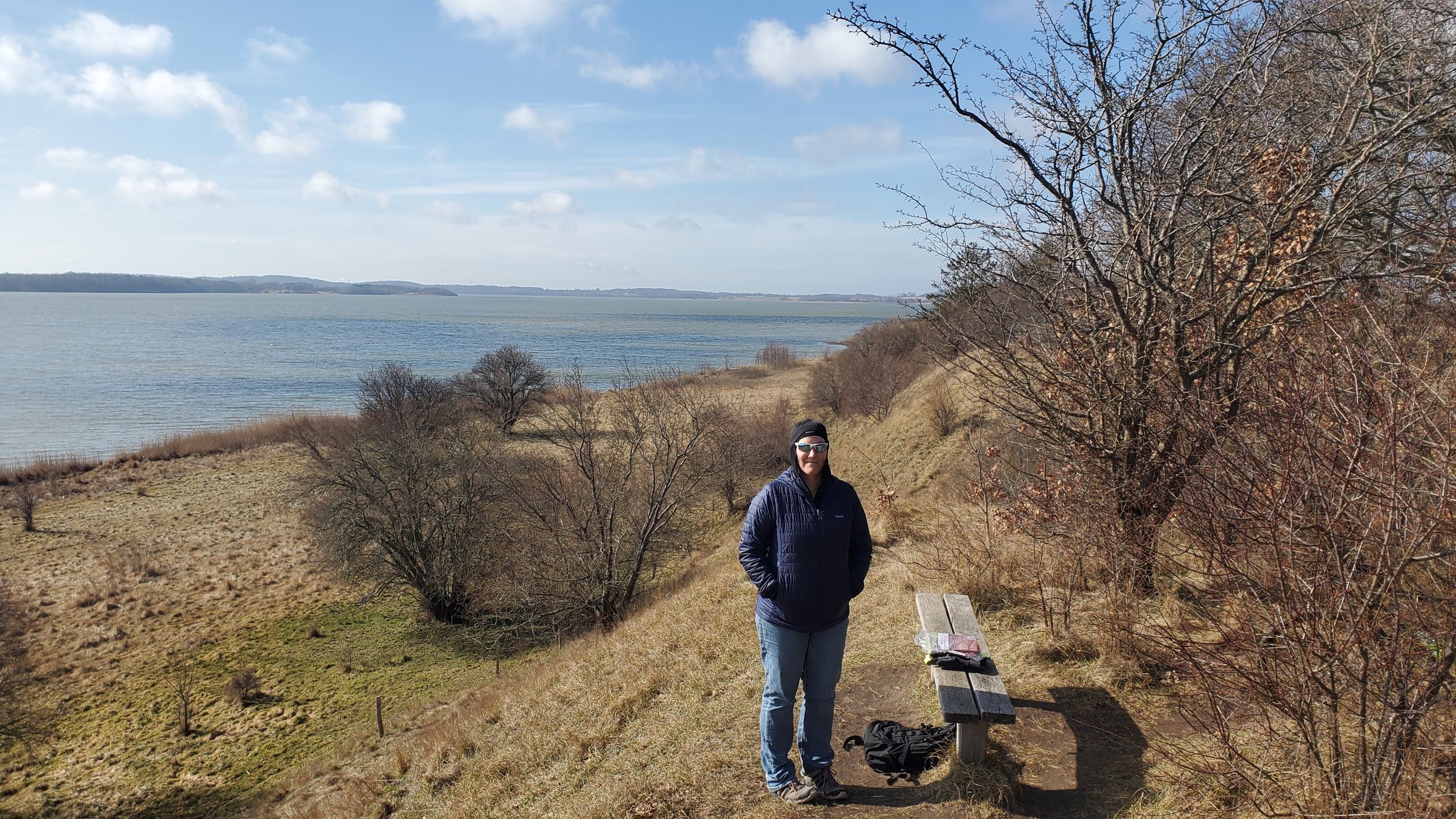
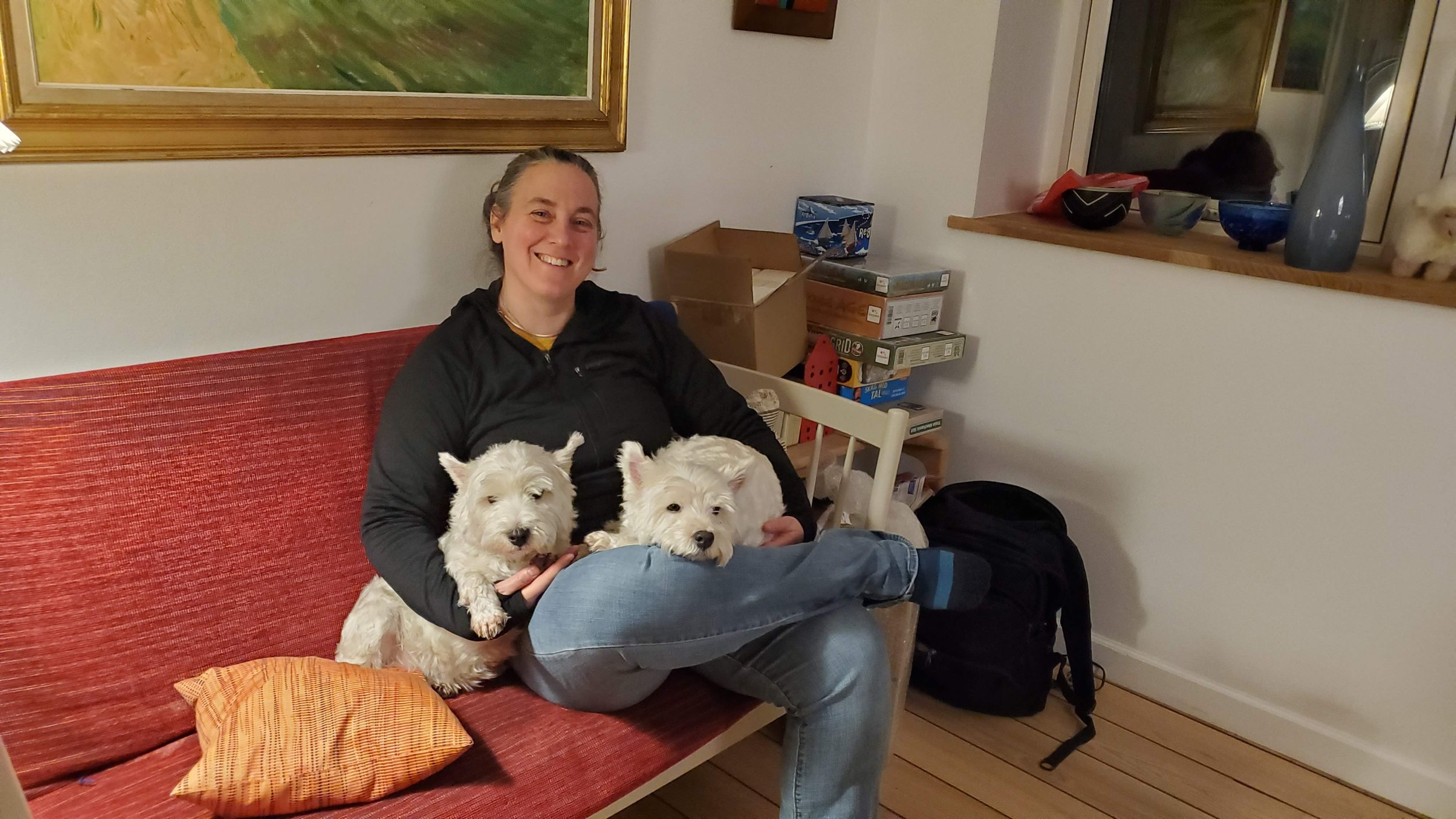
April
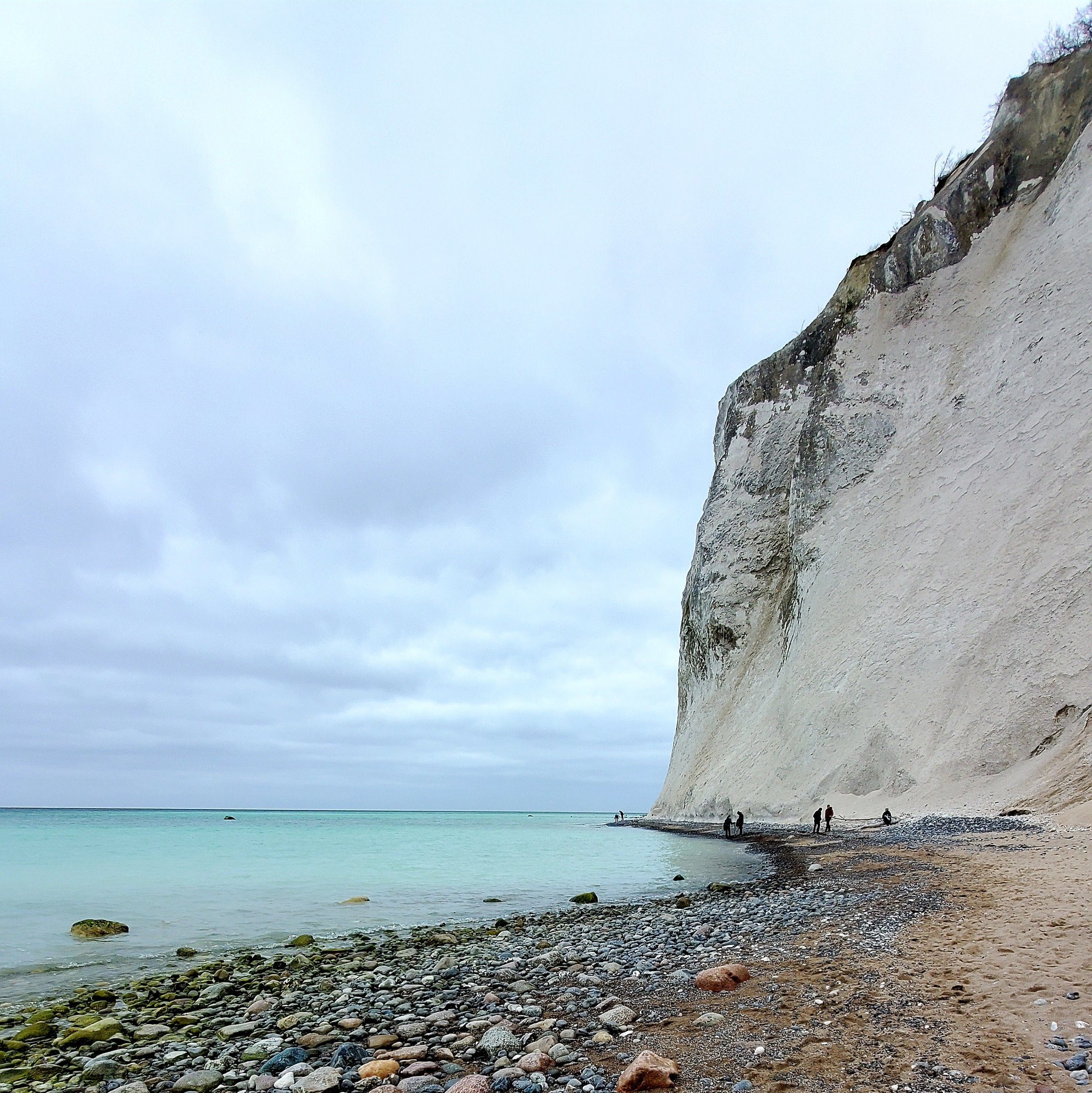
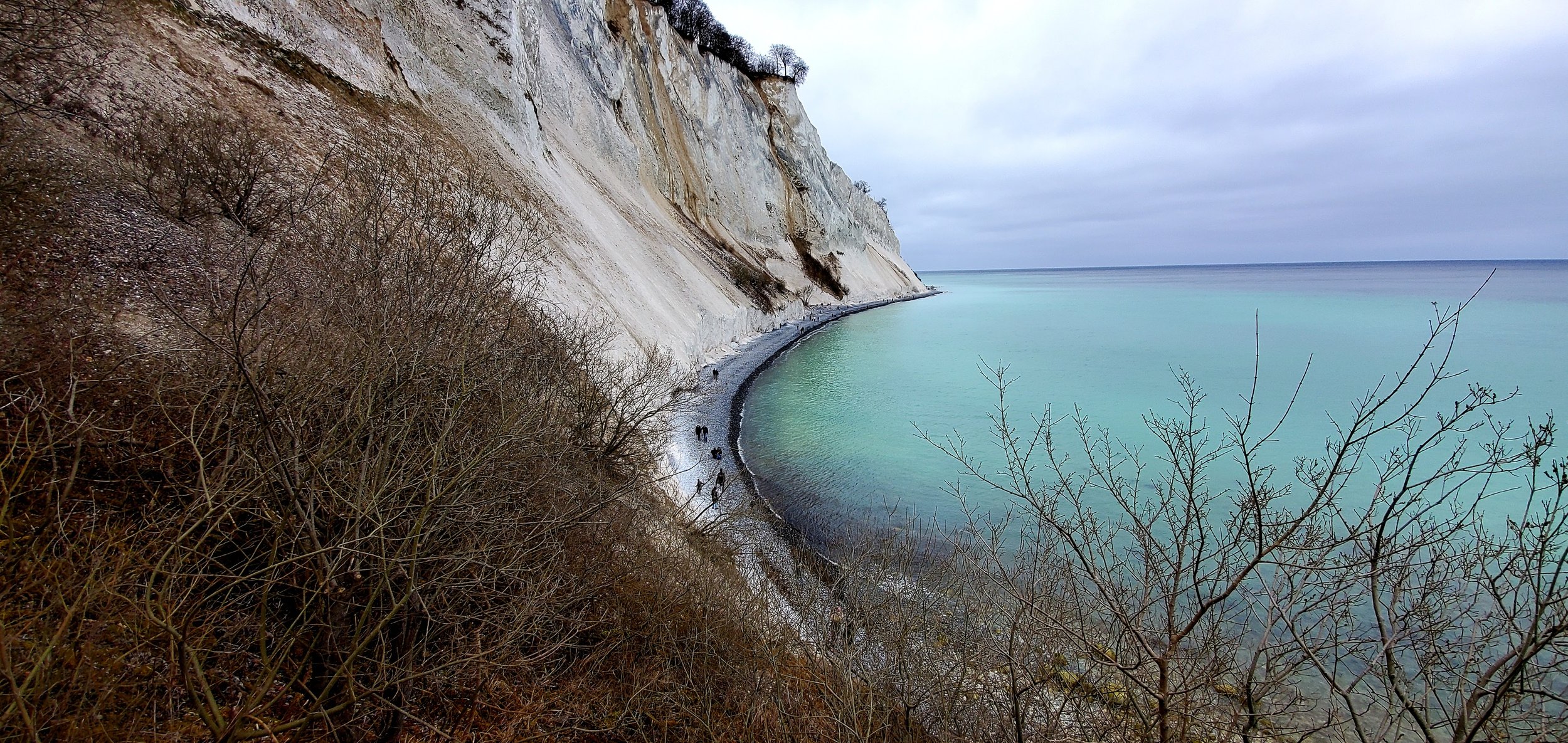
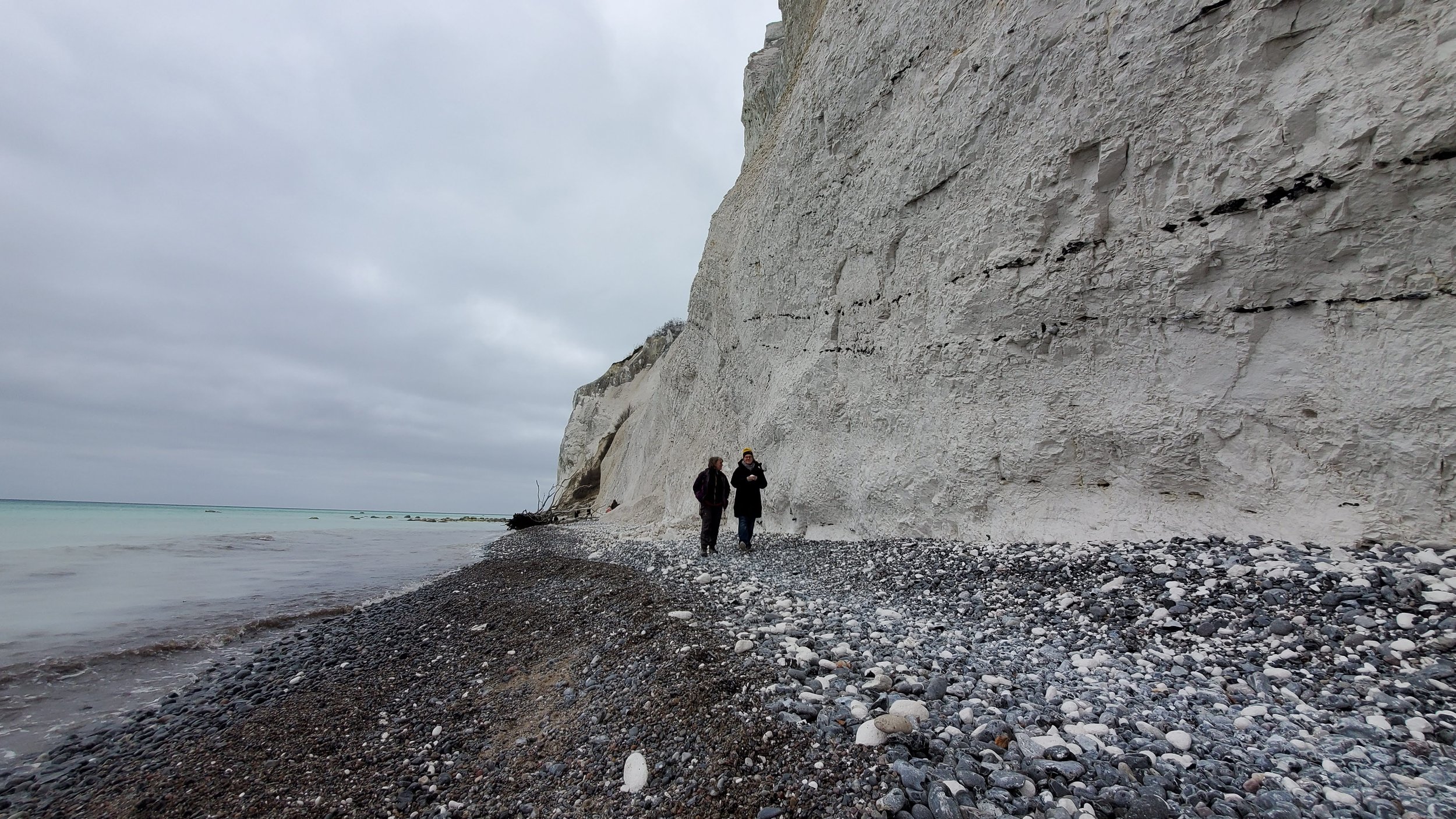
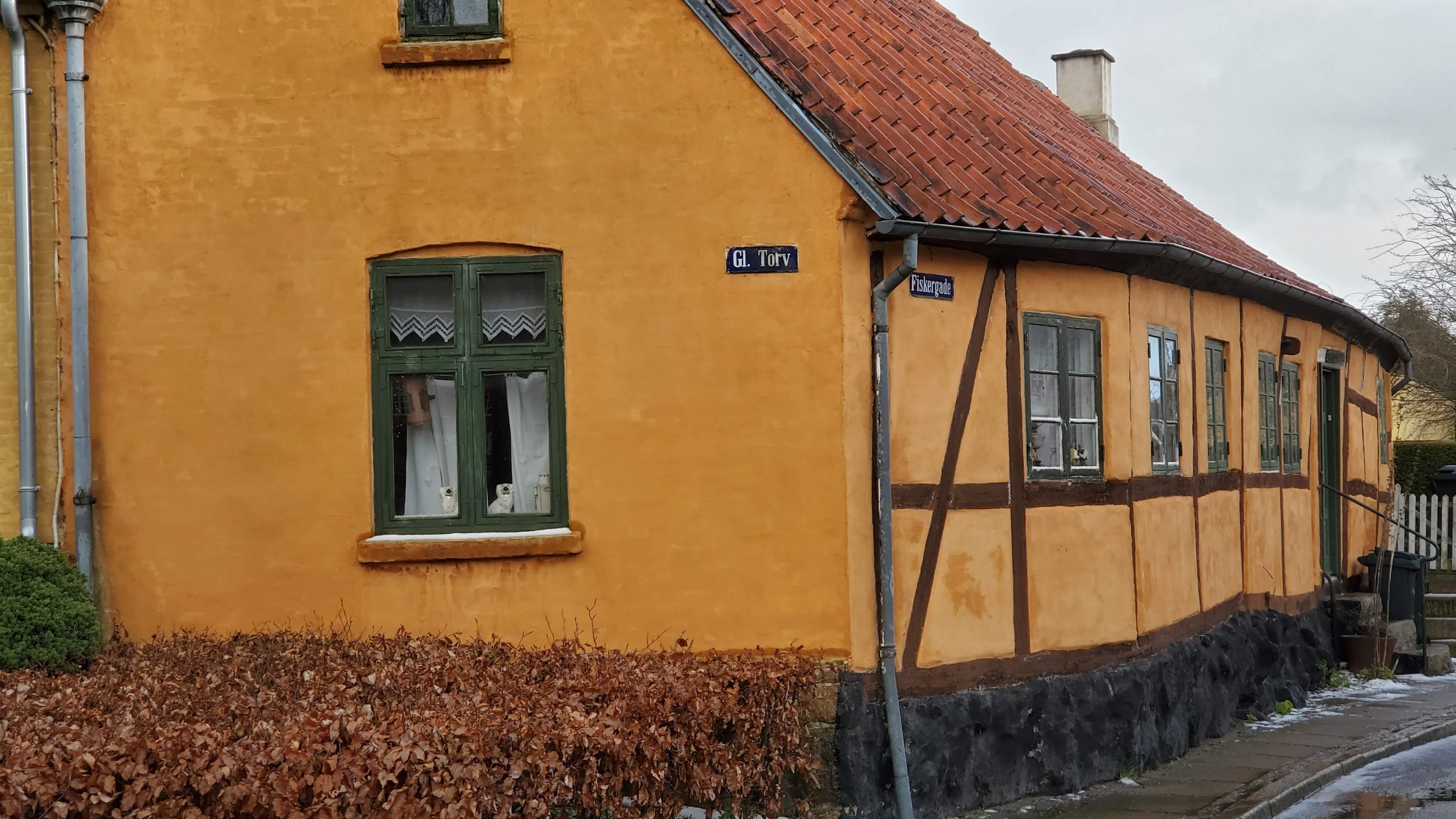
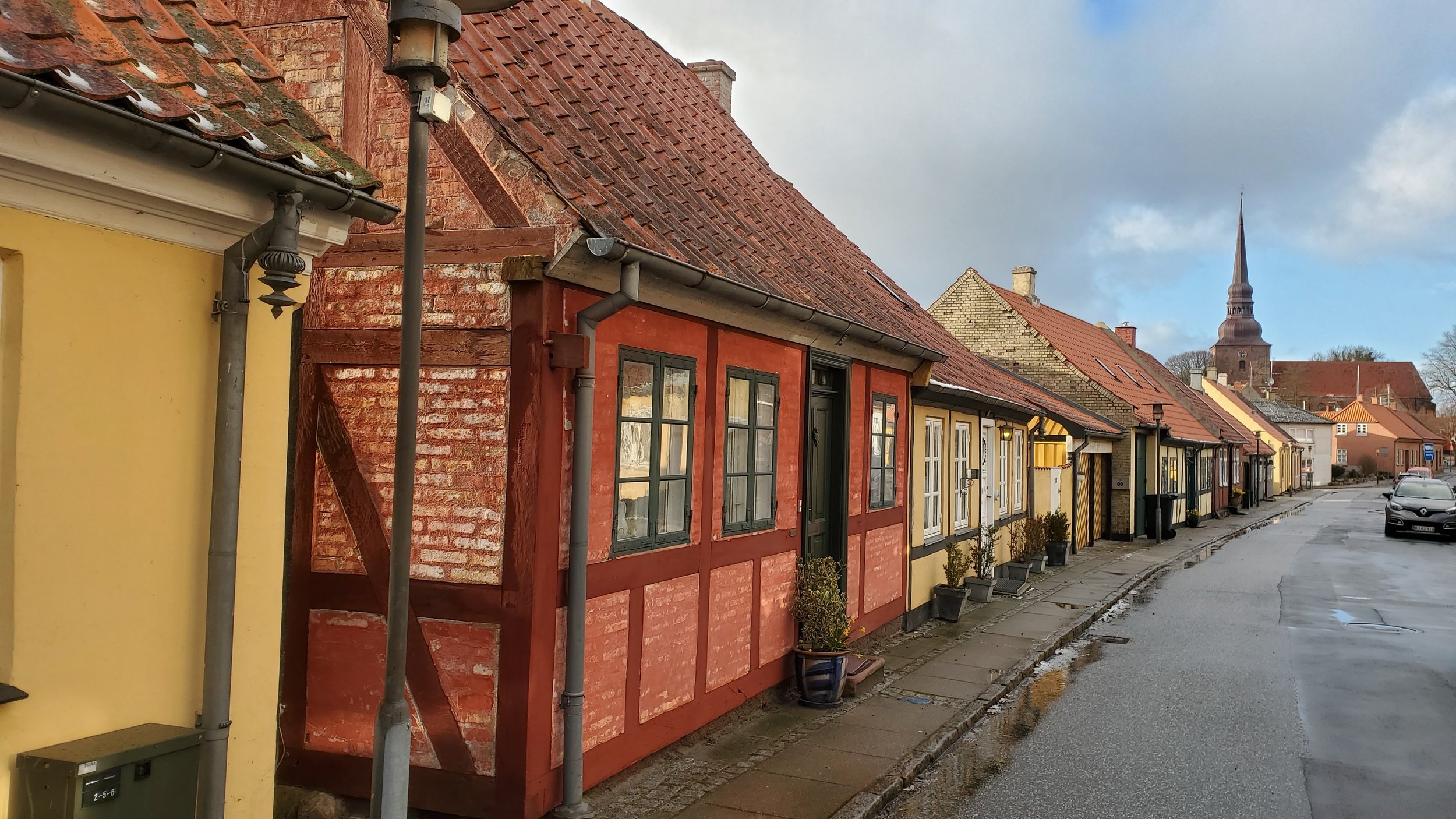
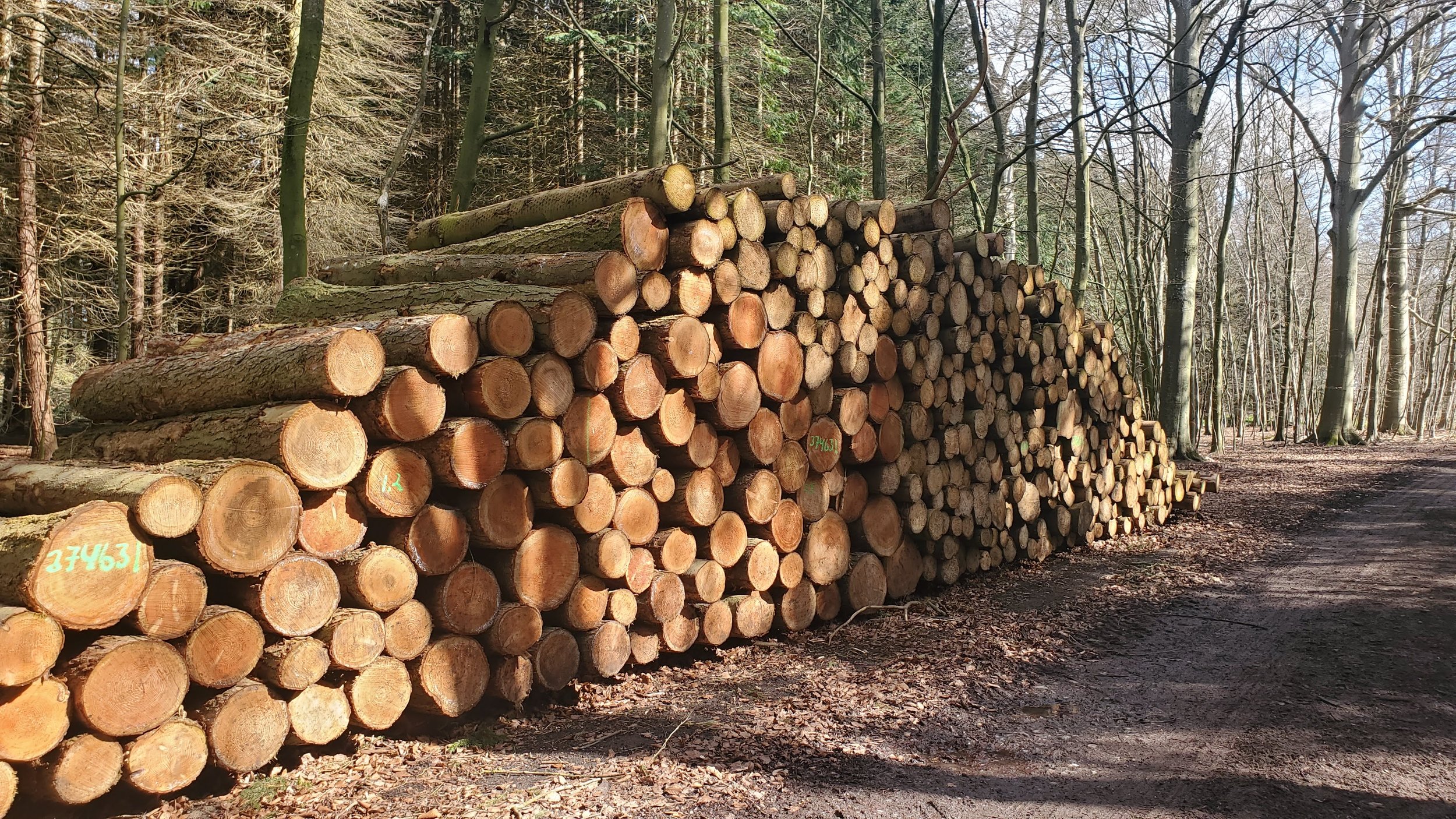
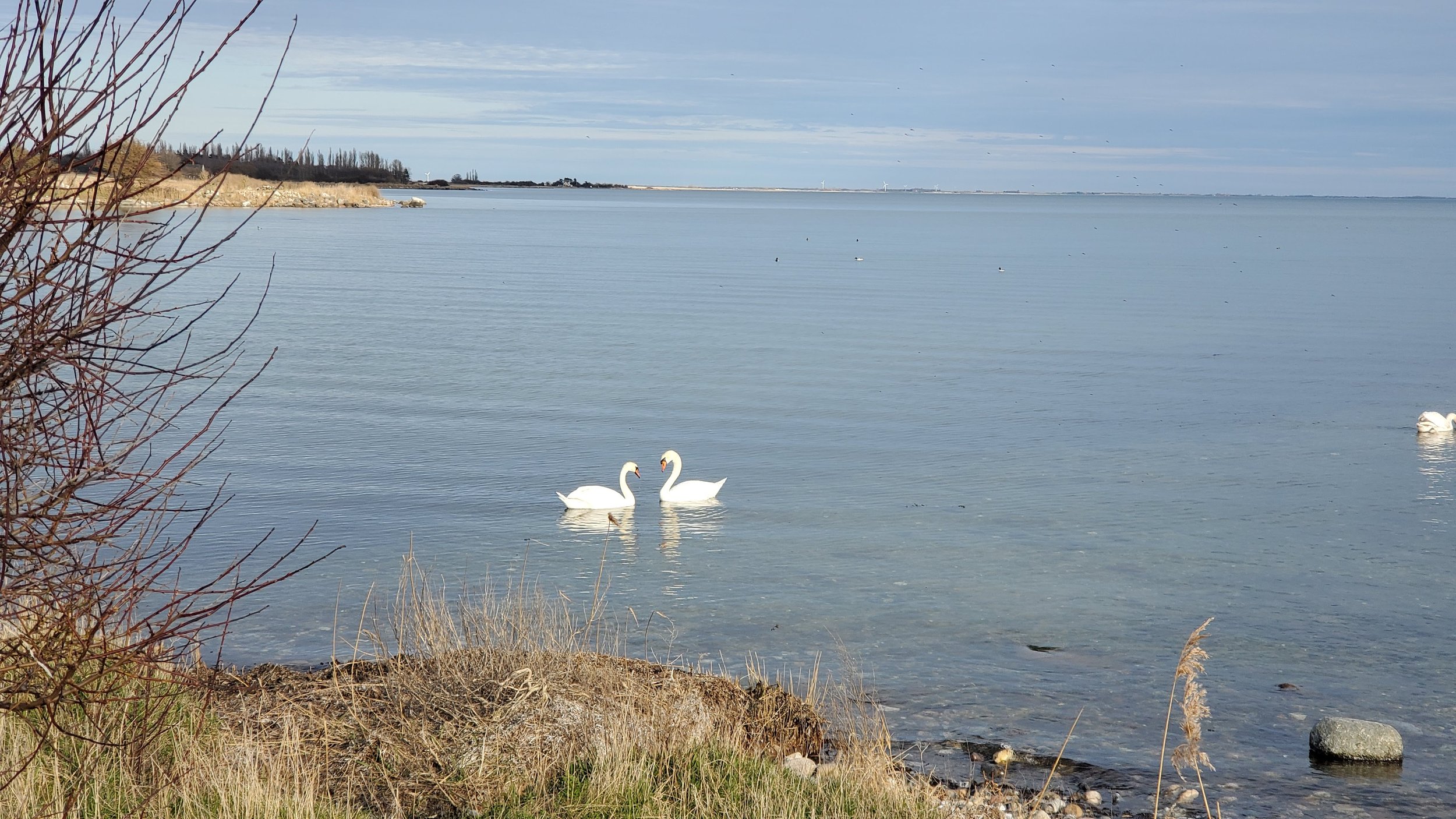
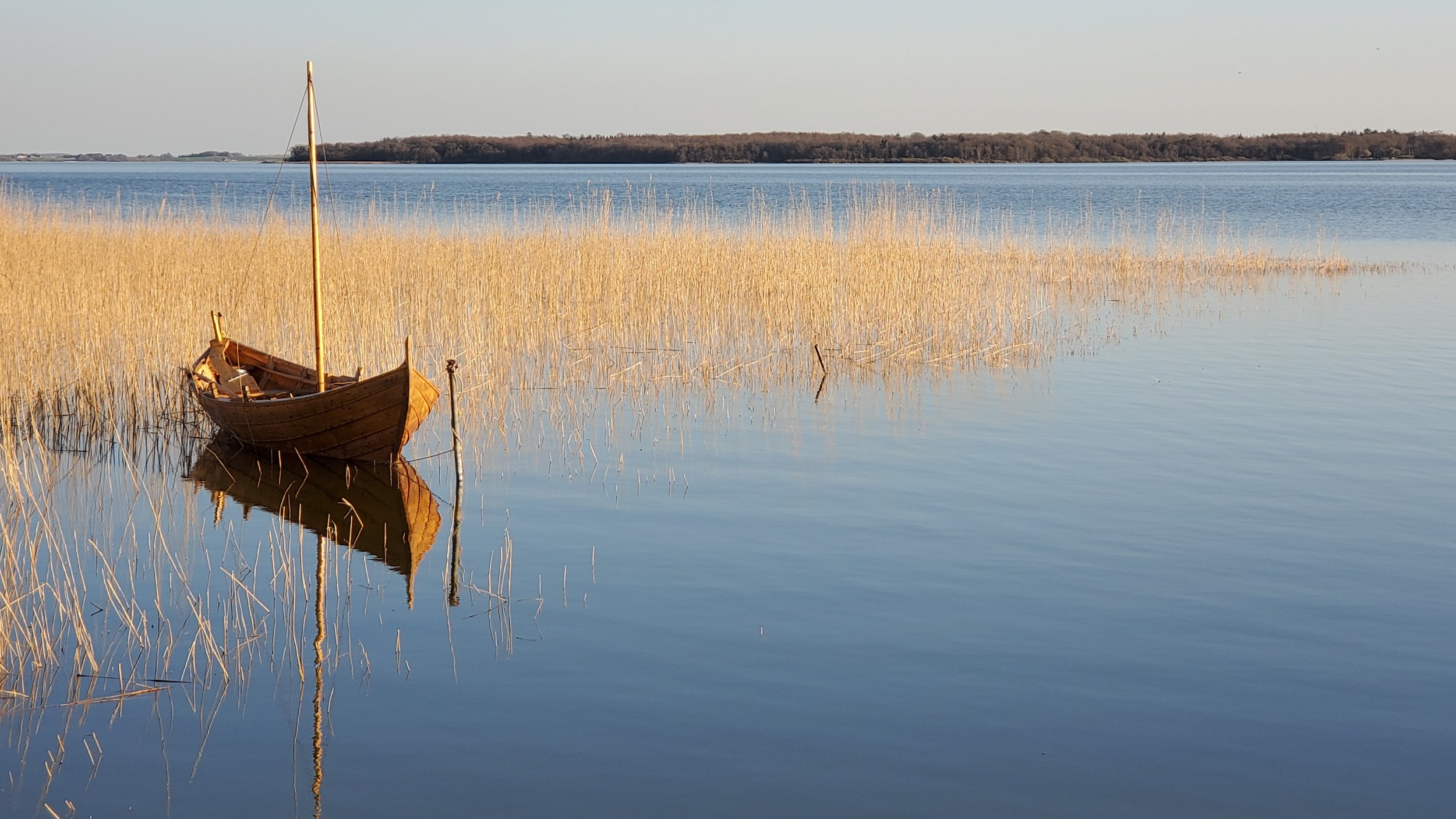

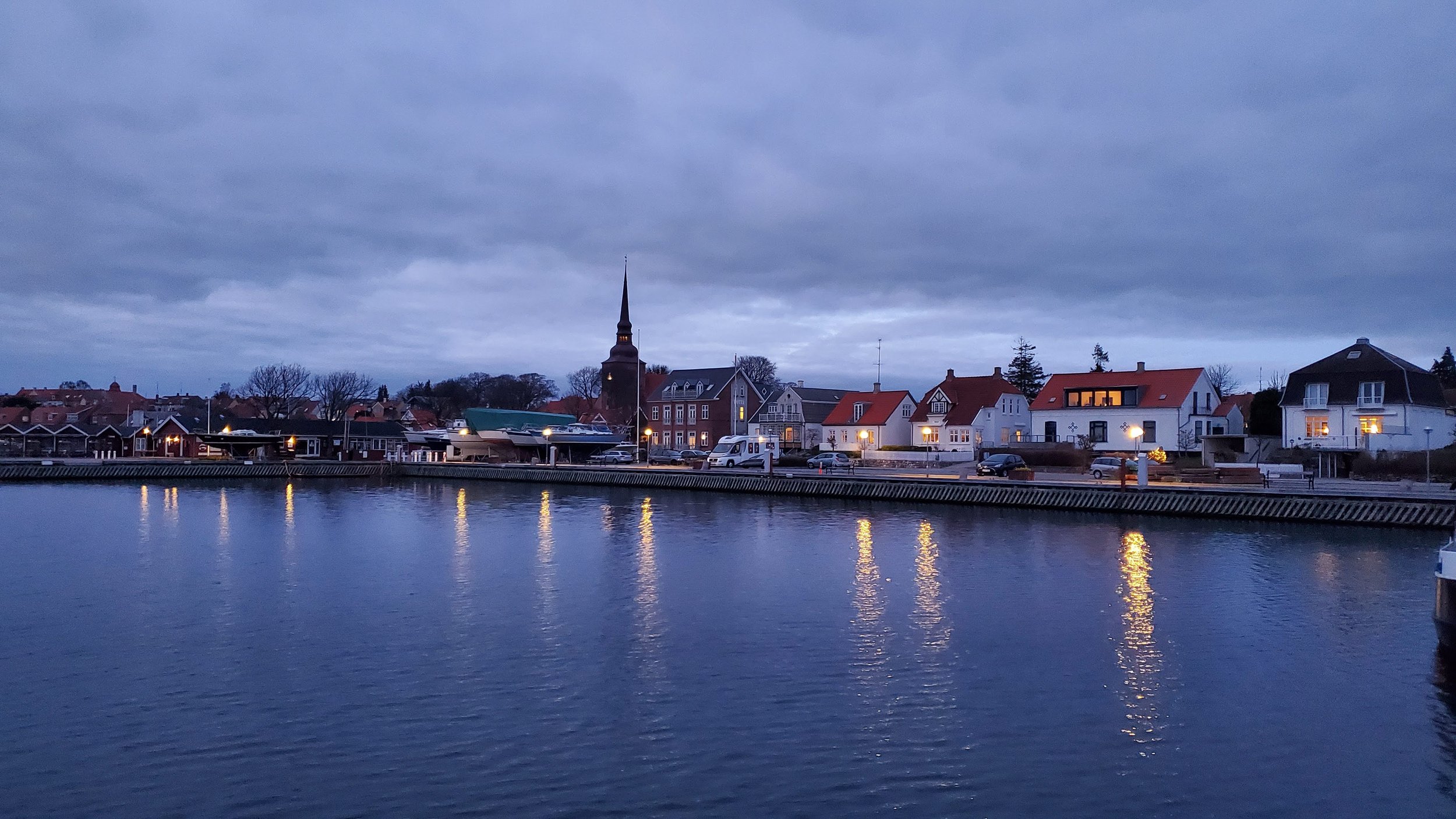
May
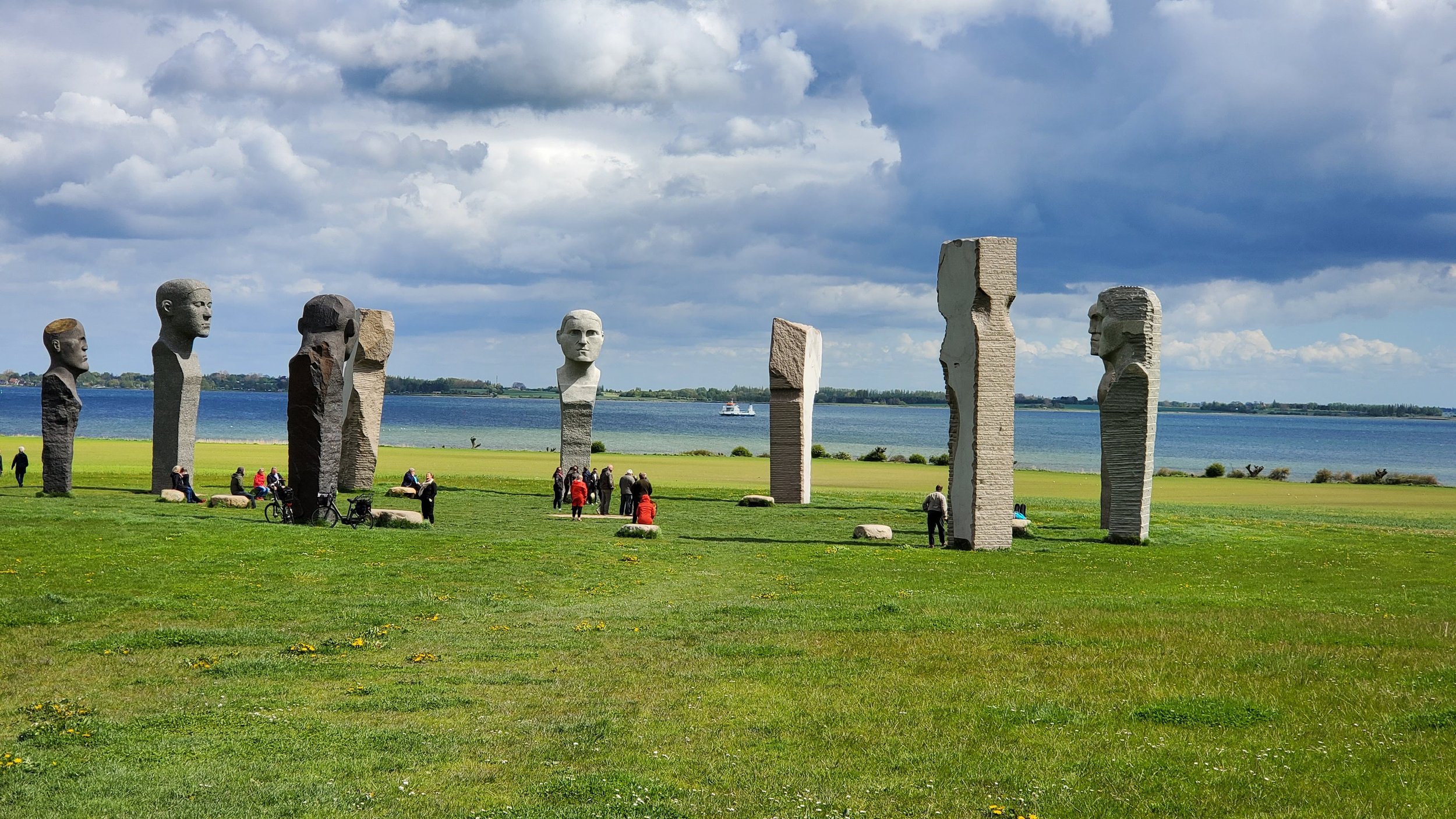

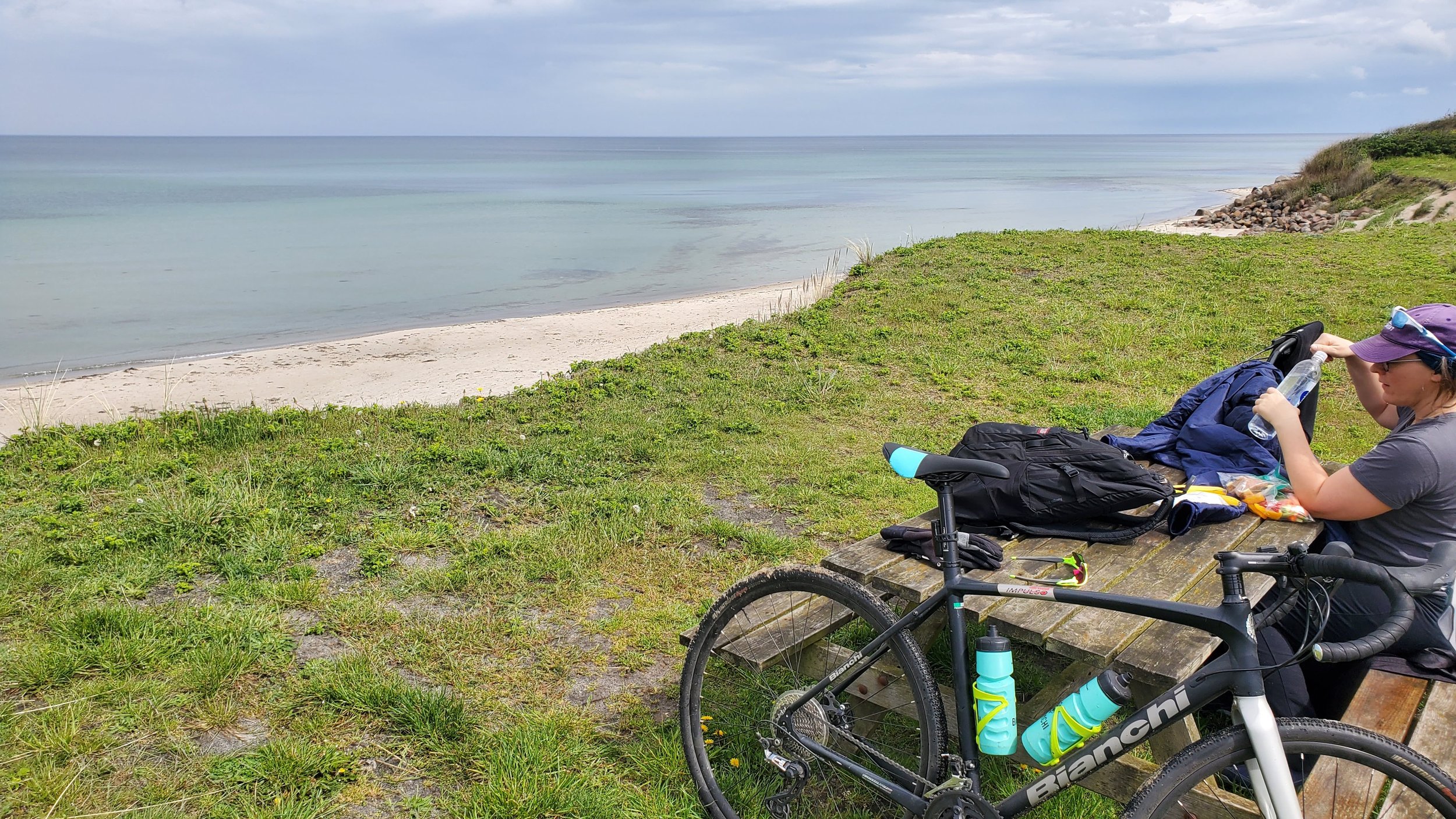
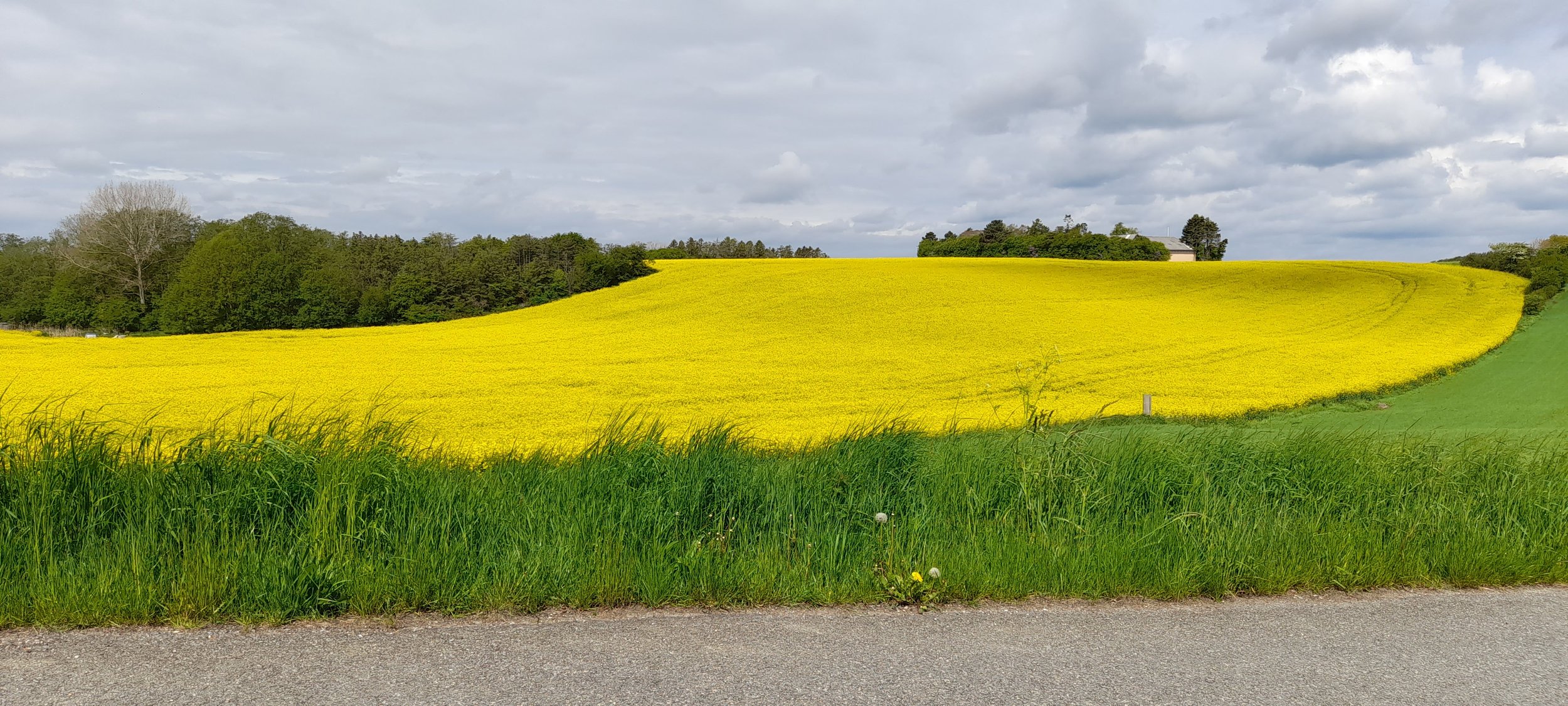
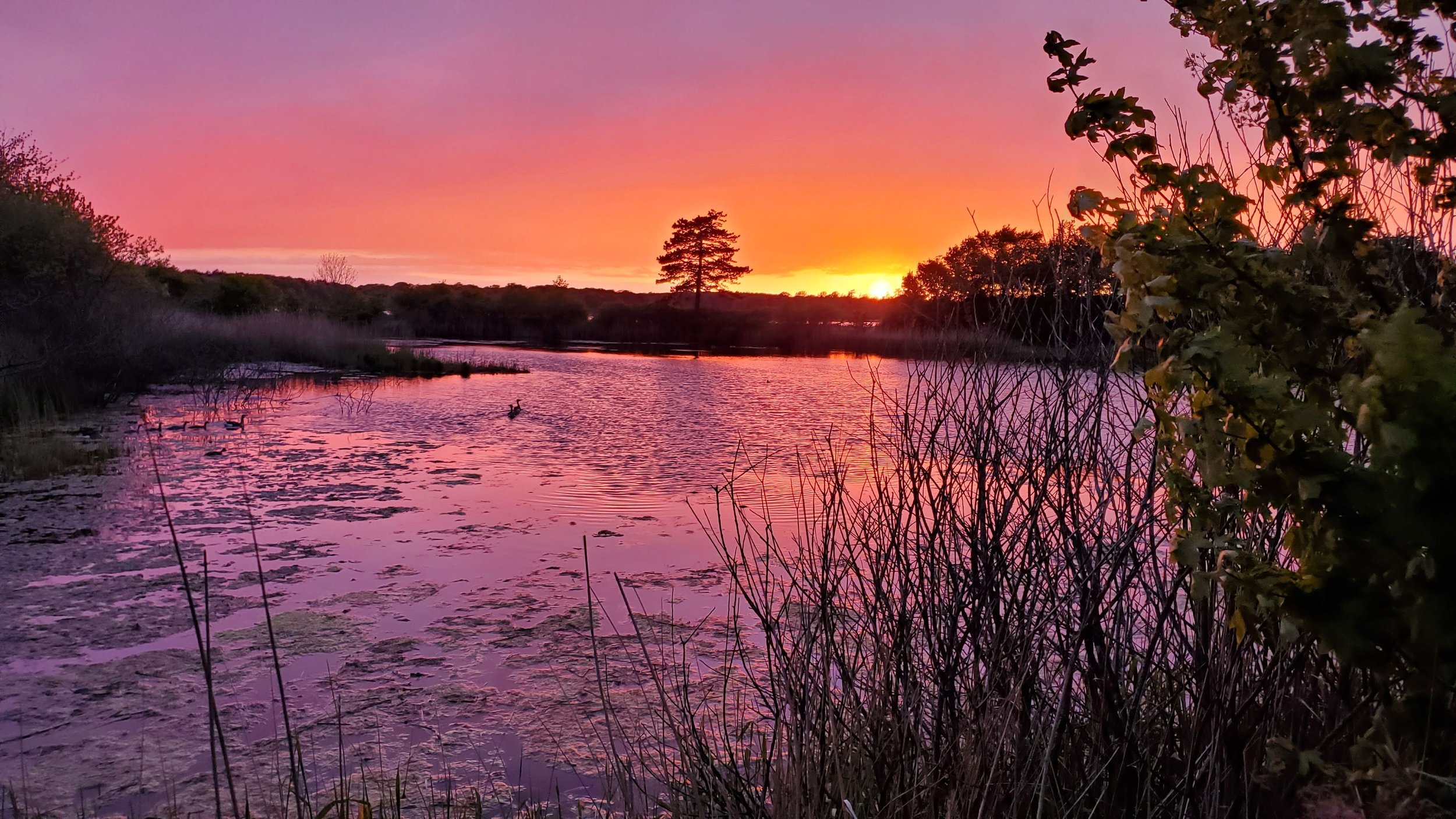
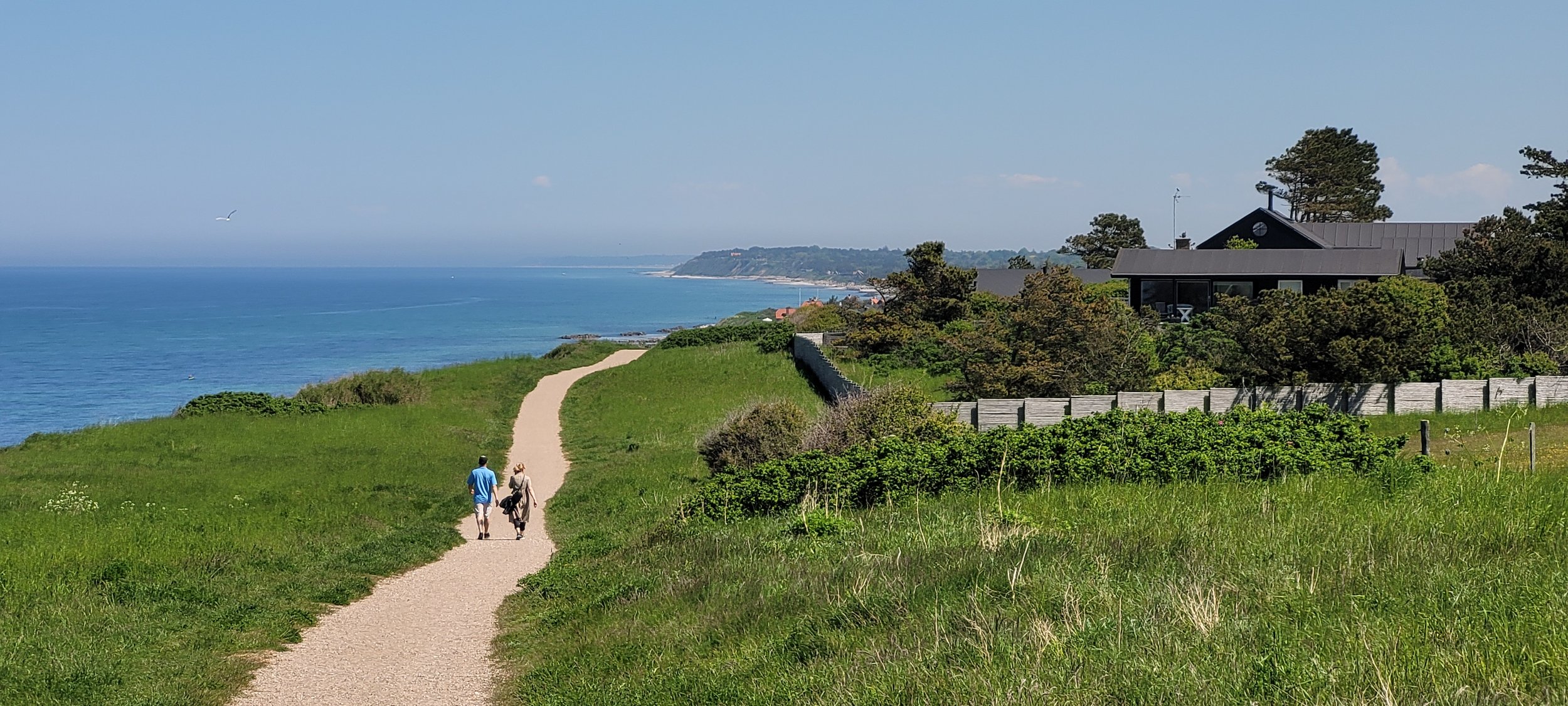
June
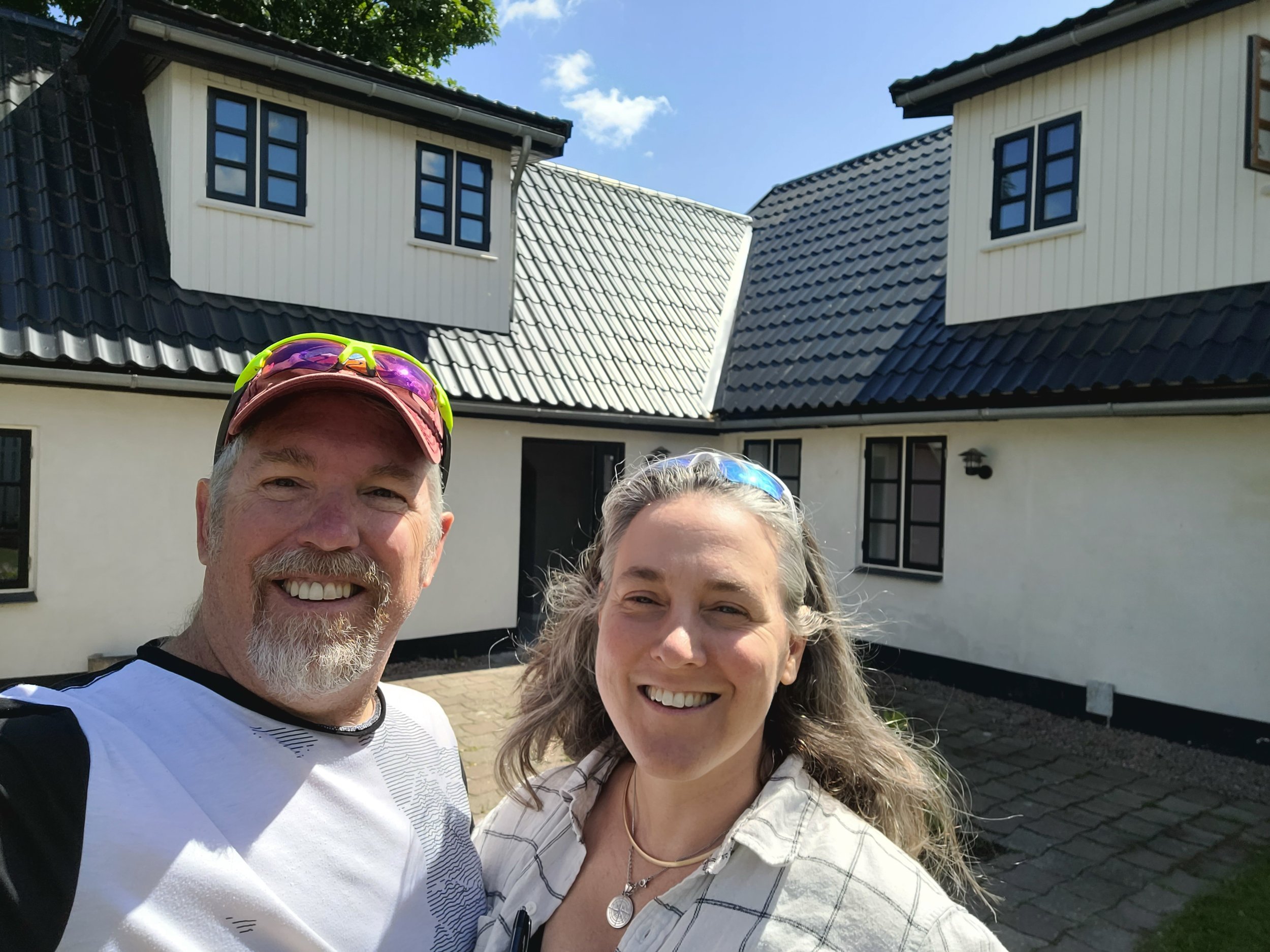
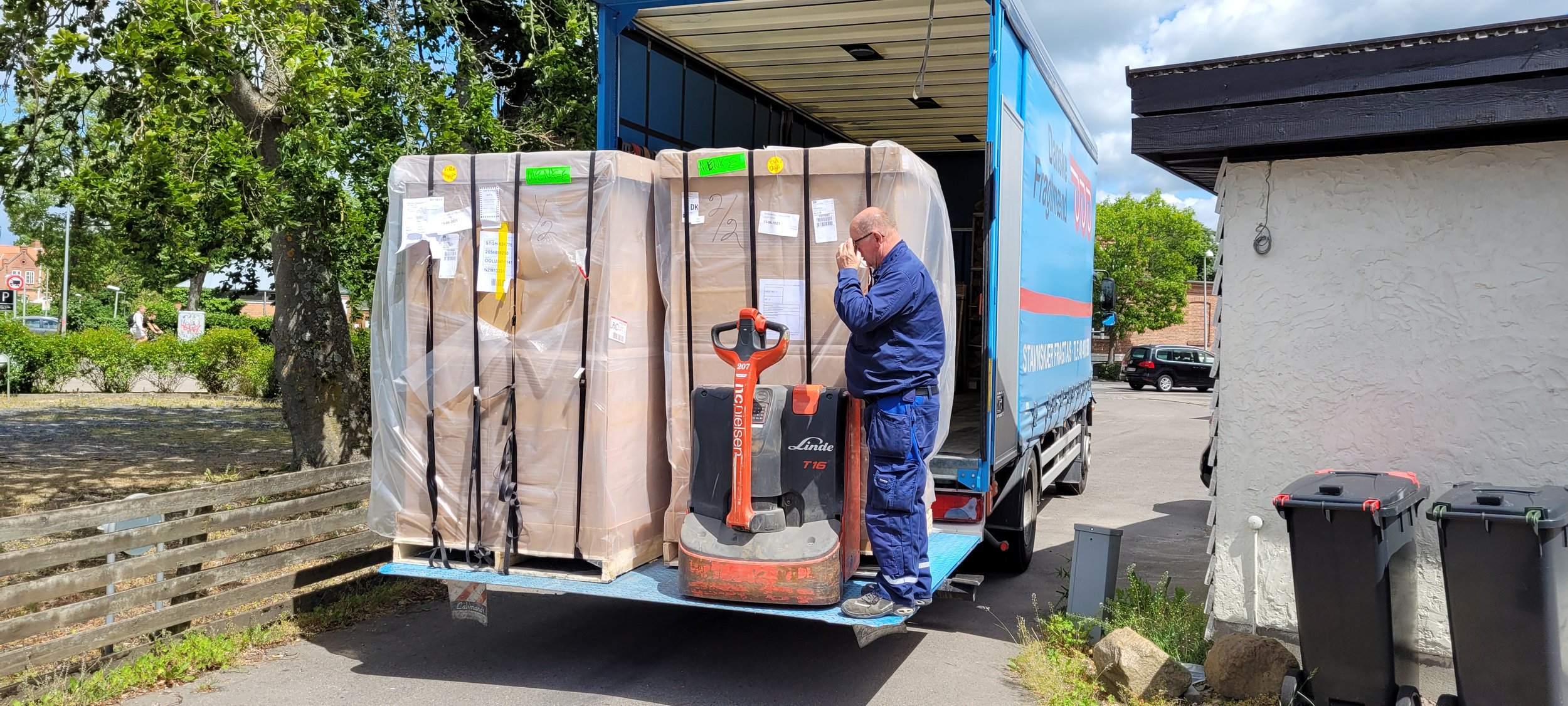
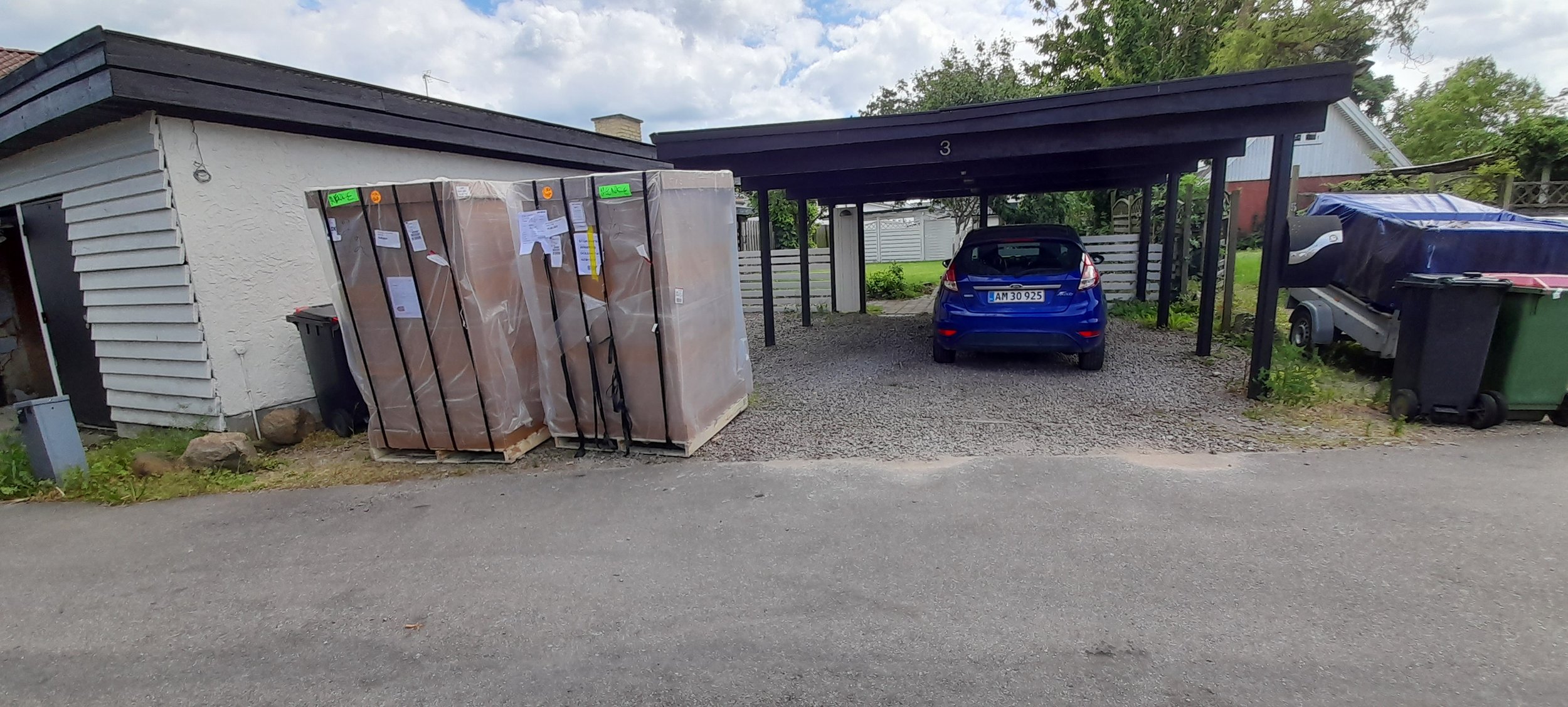
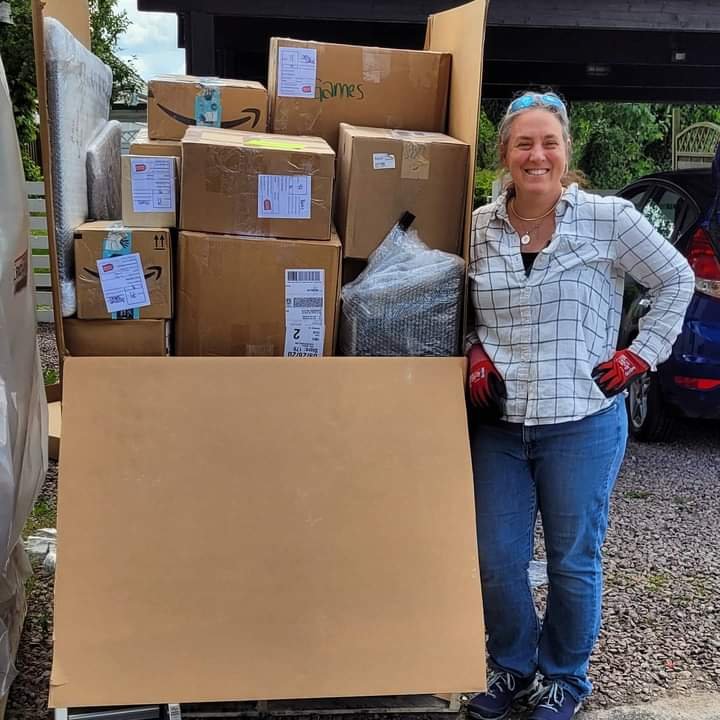
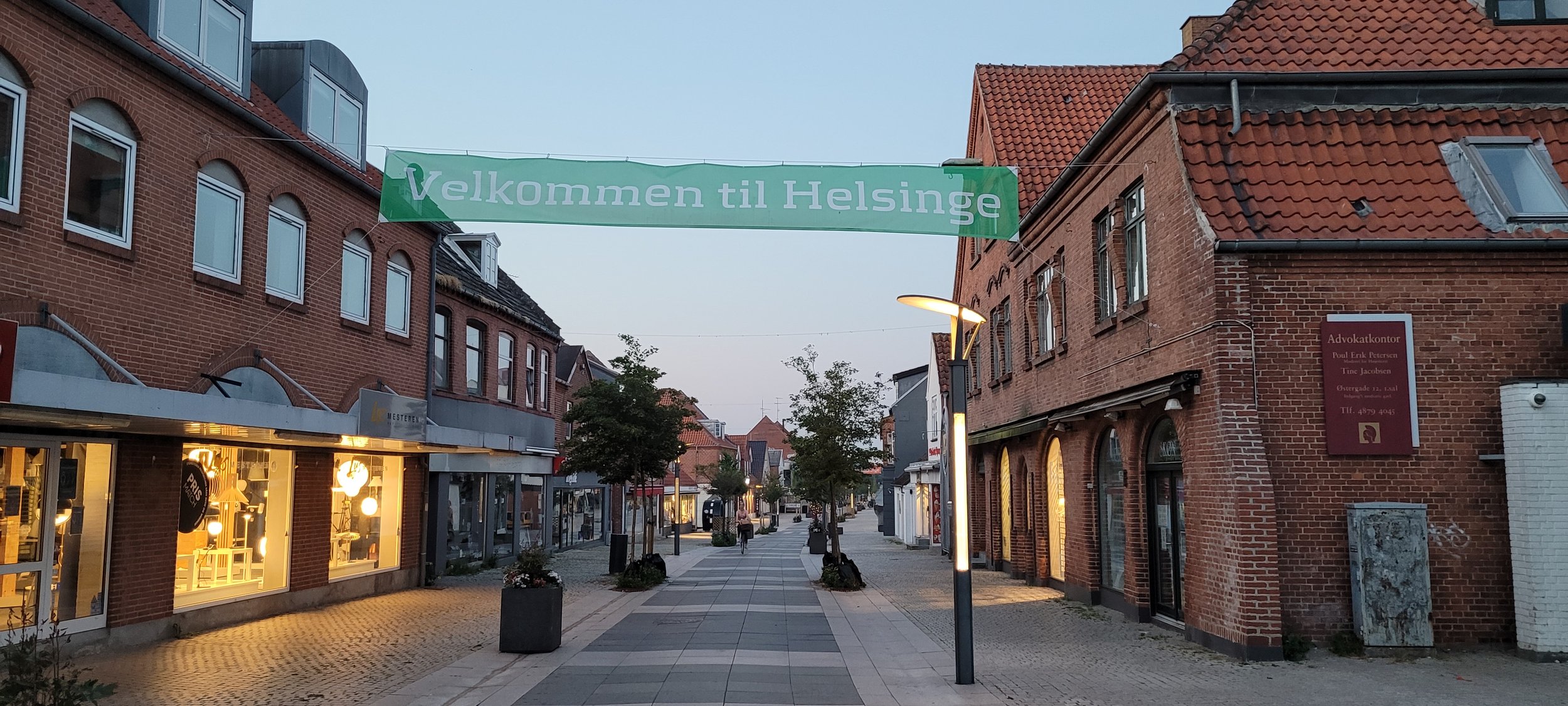
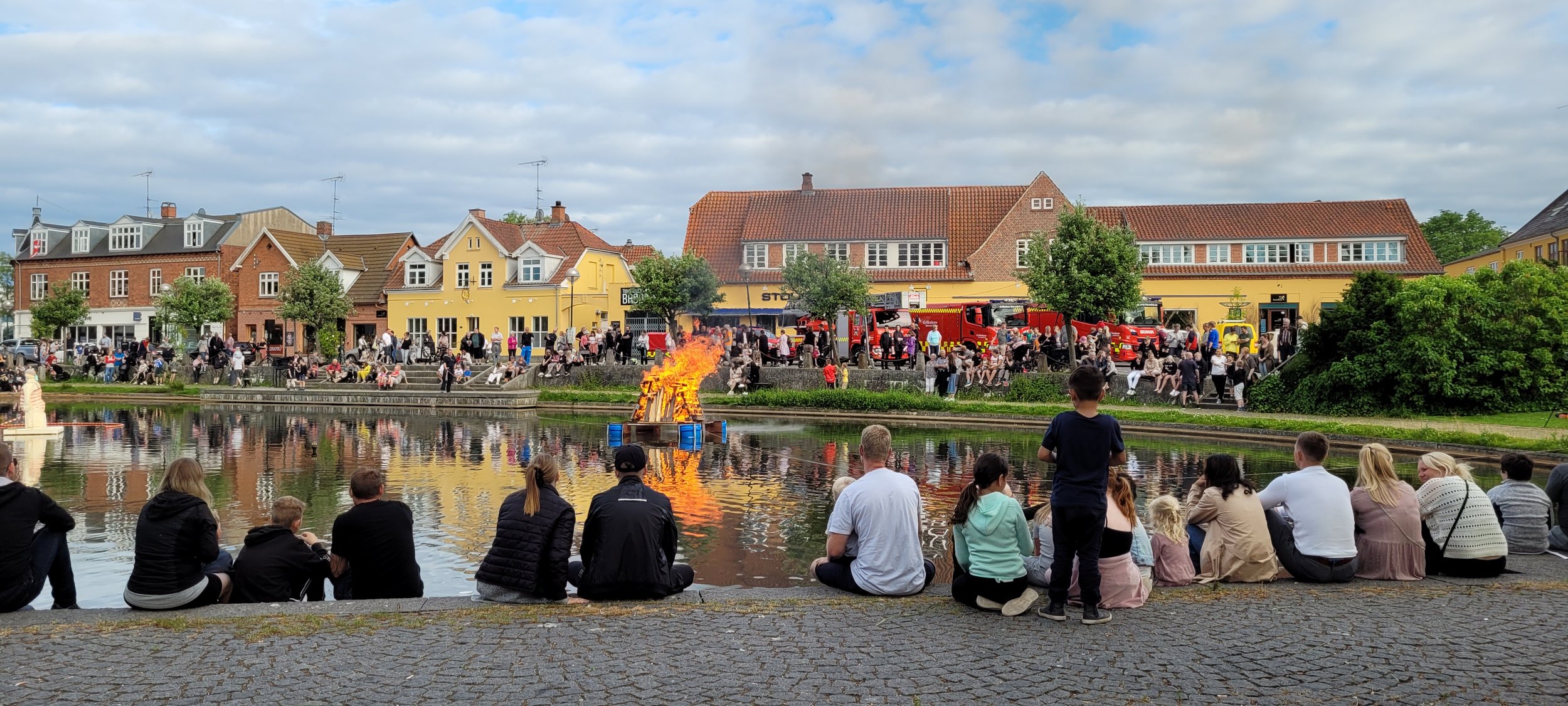
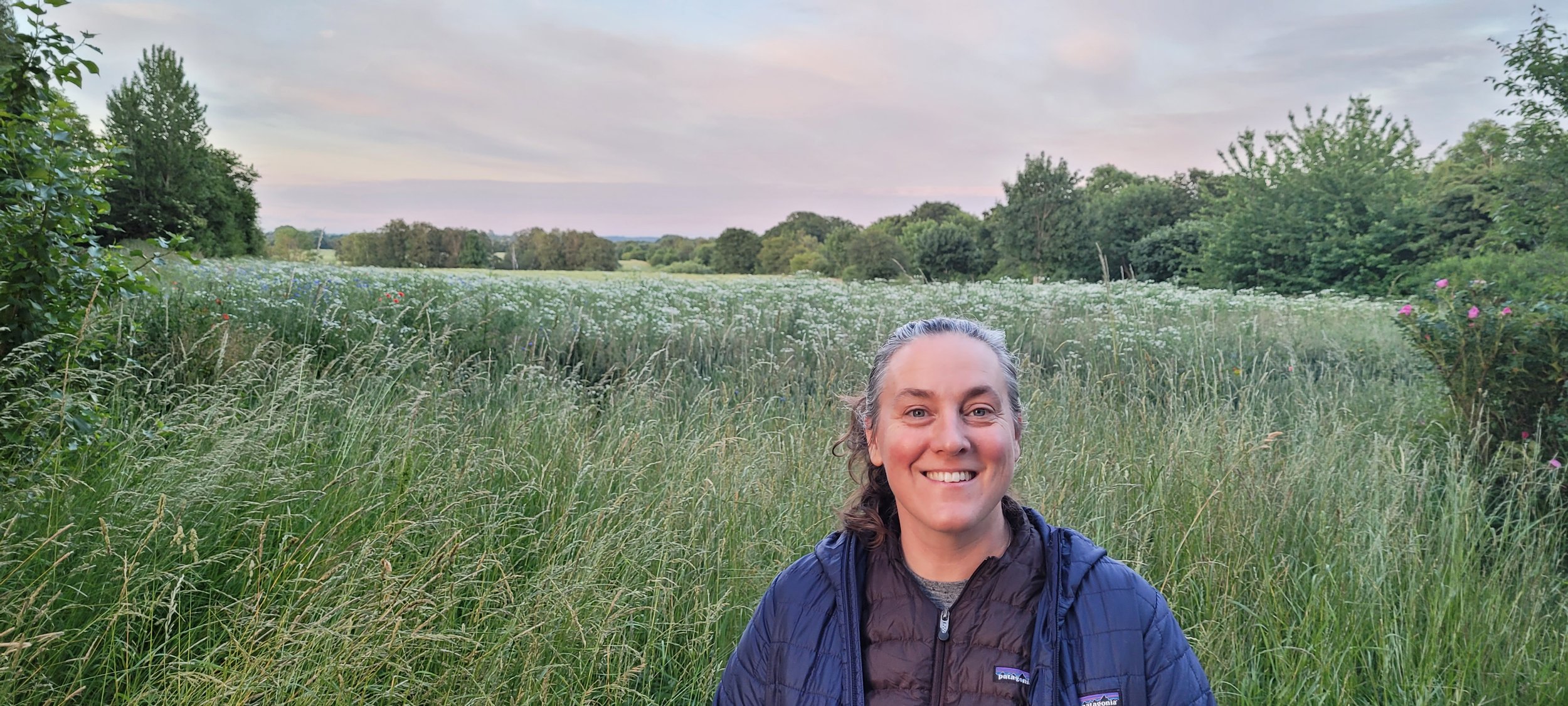
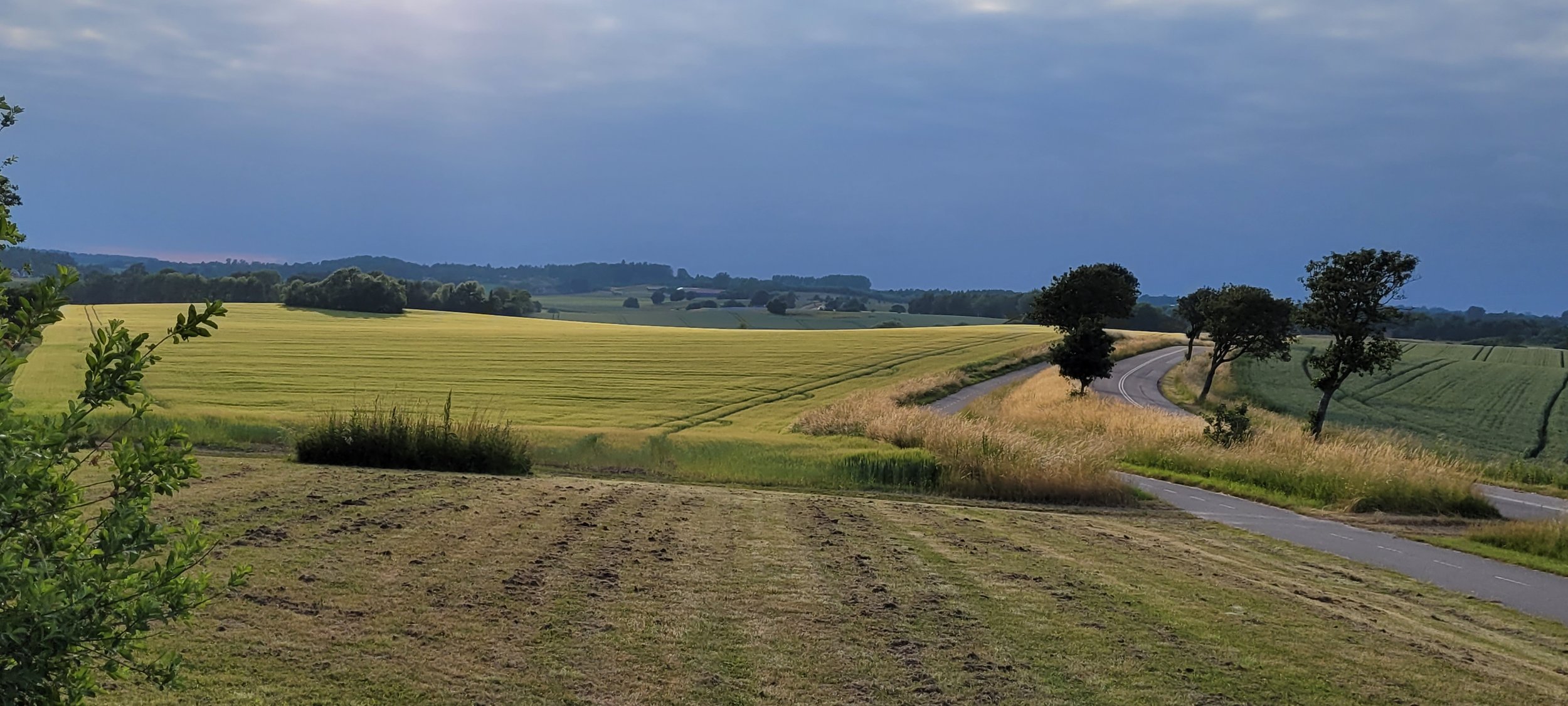
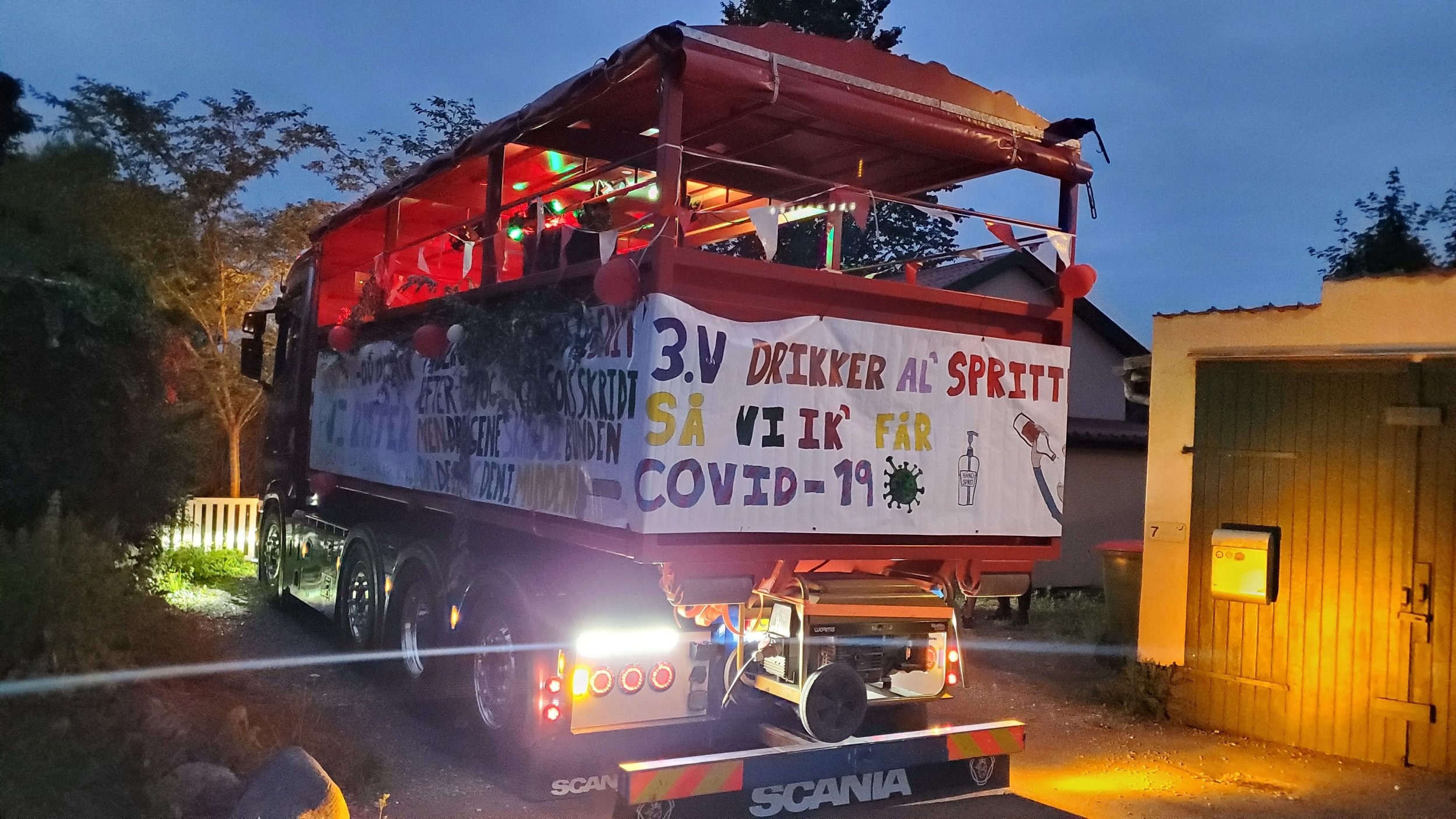
July
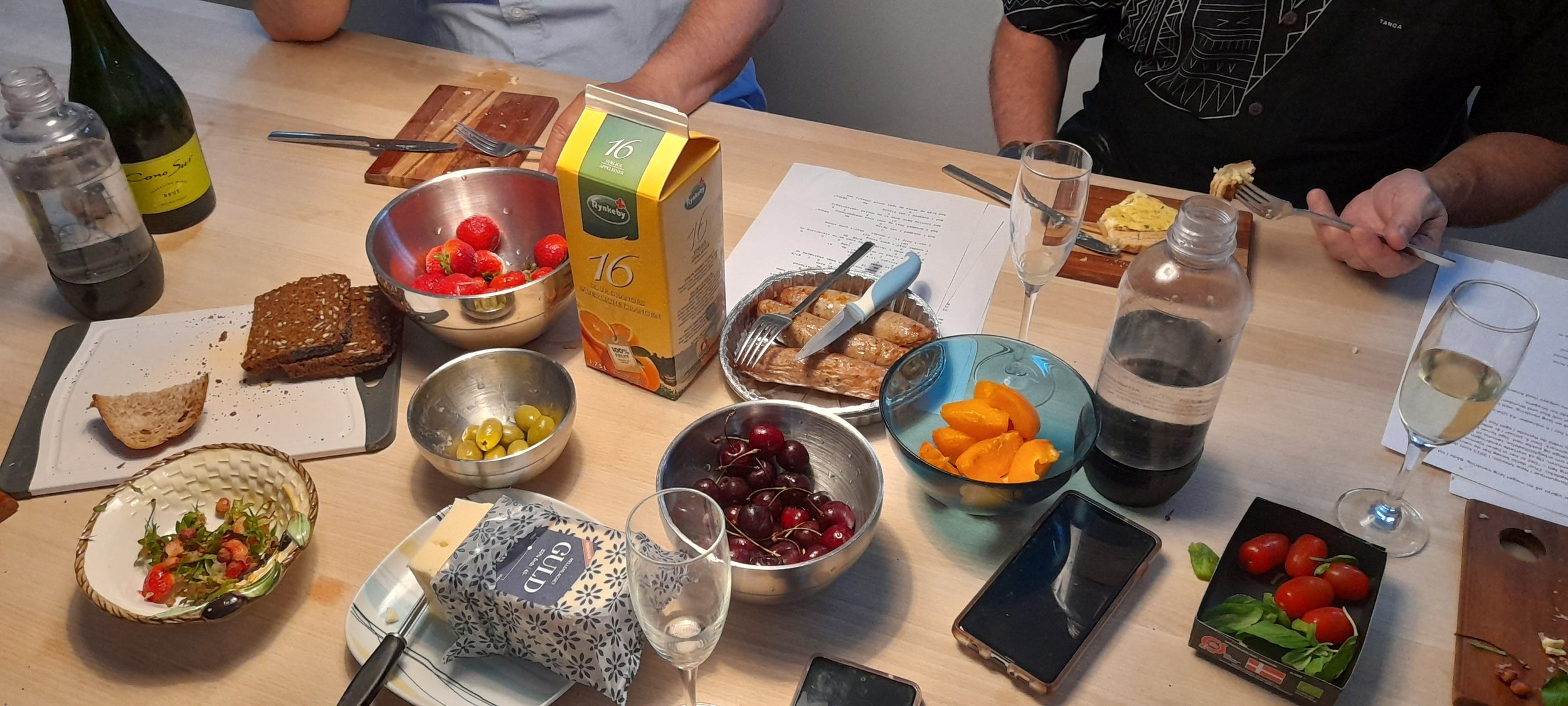

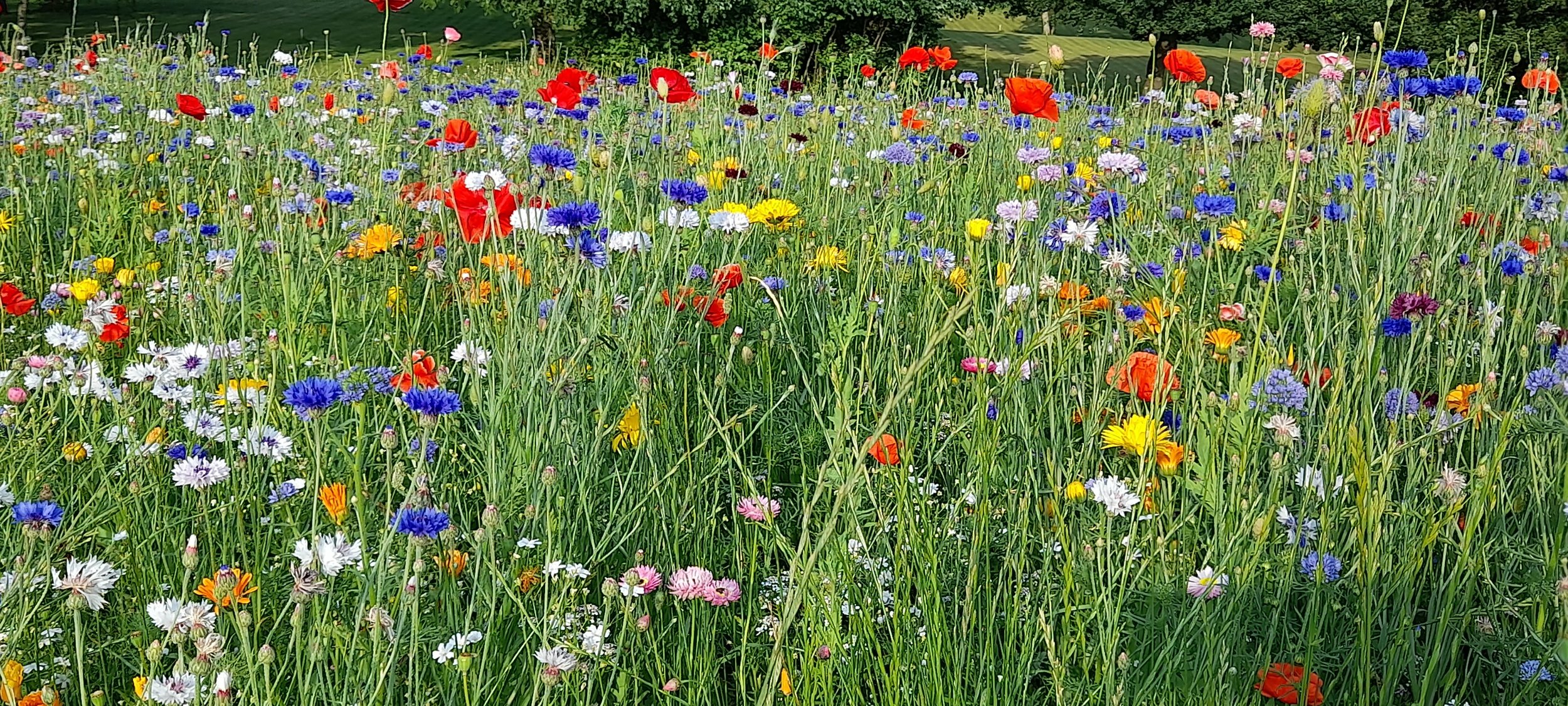
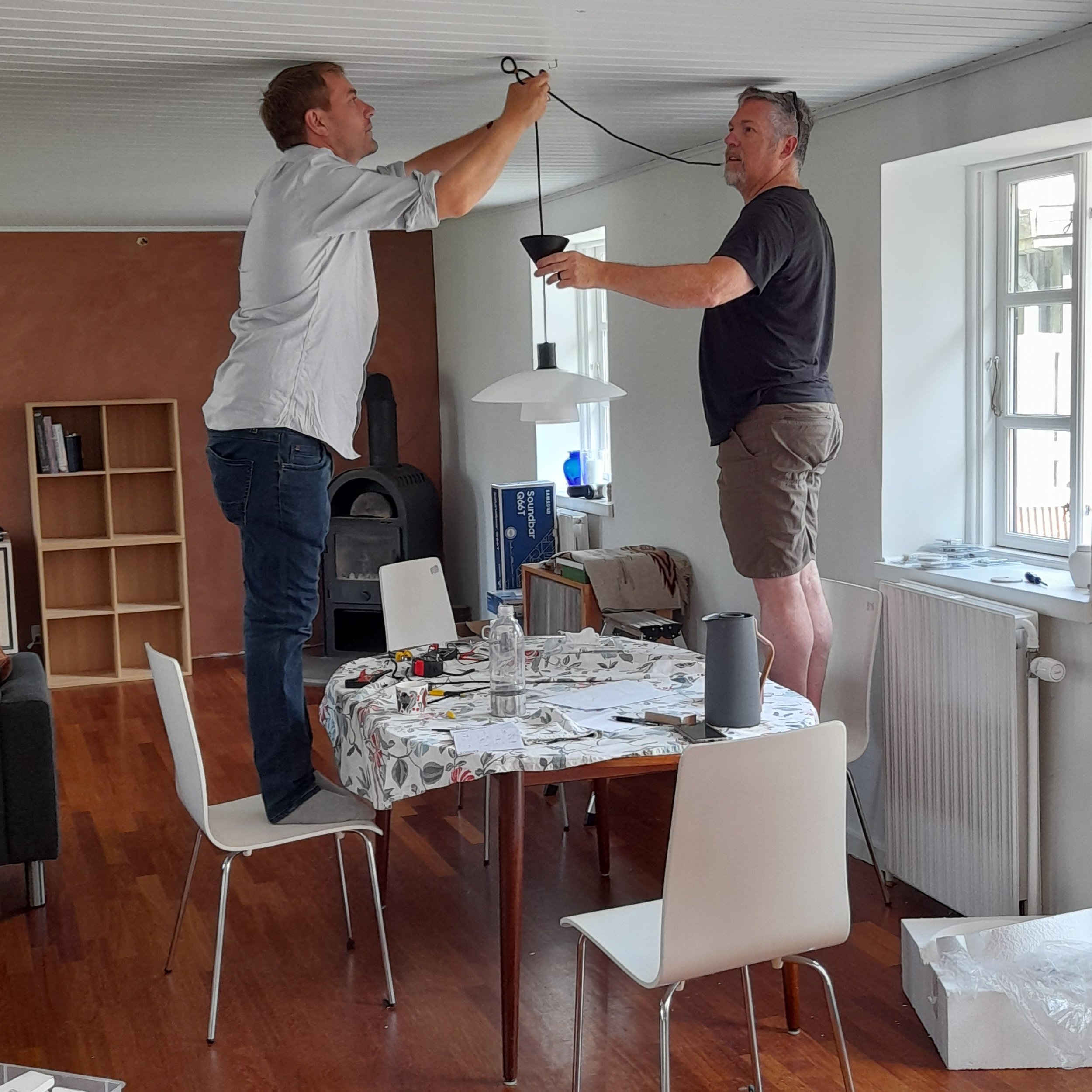
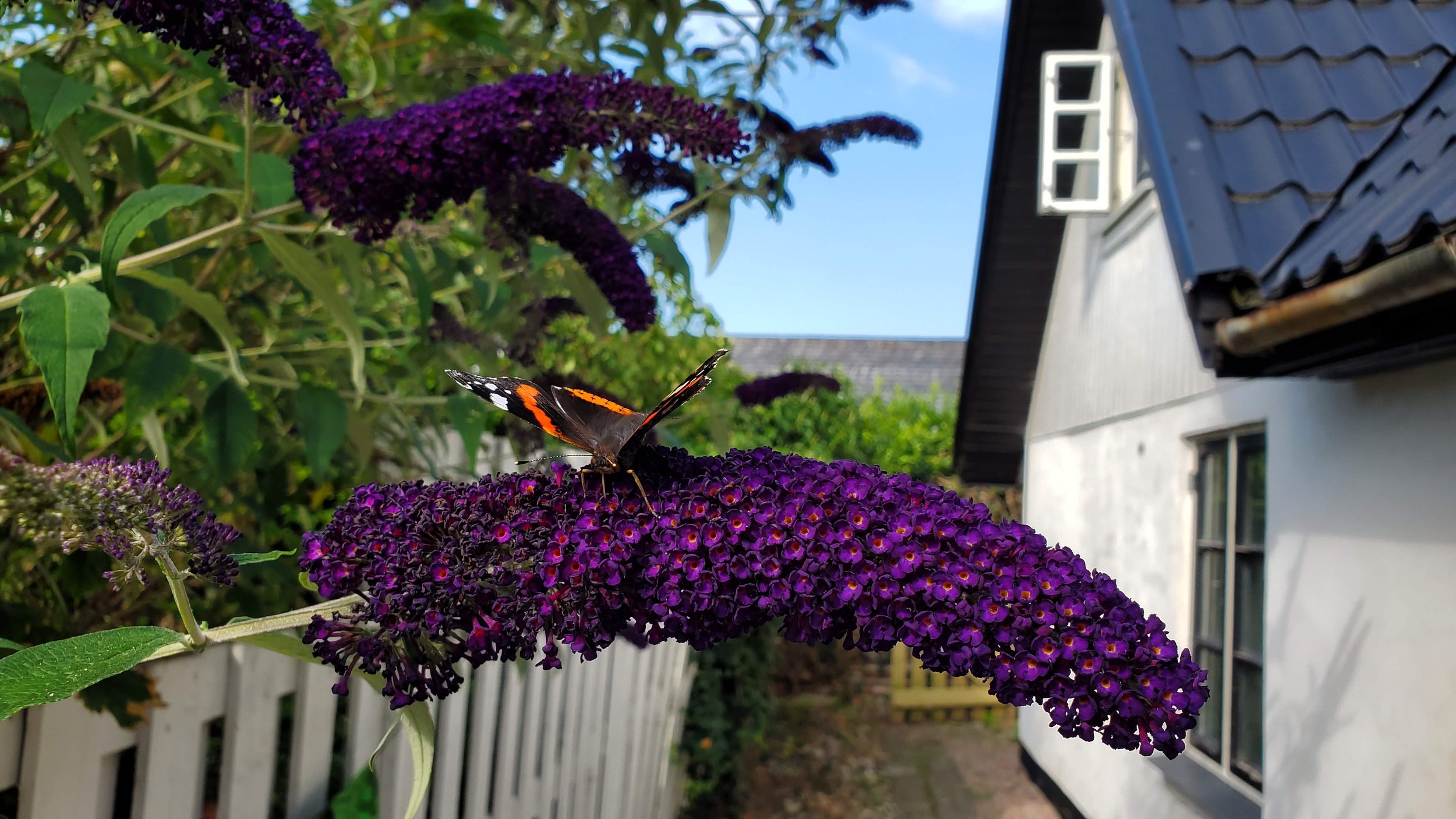
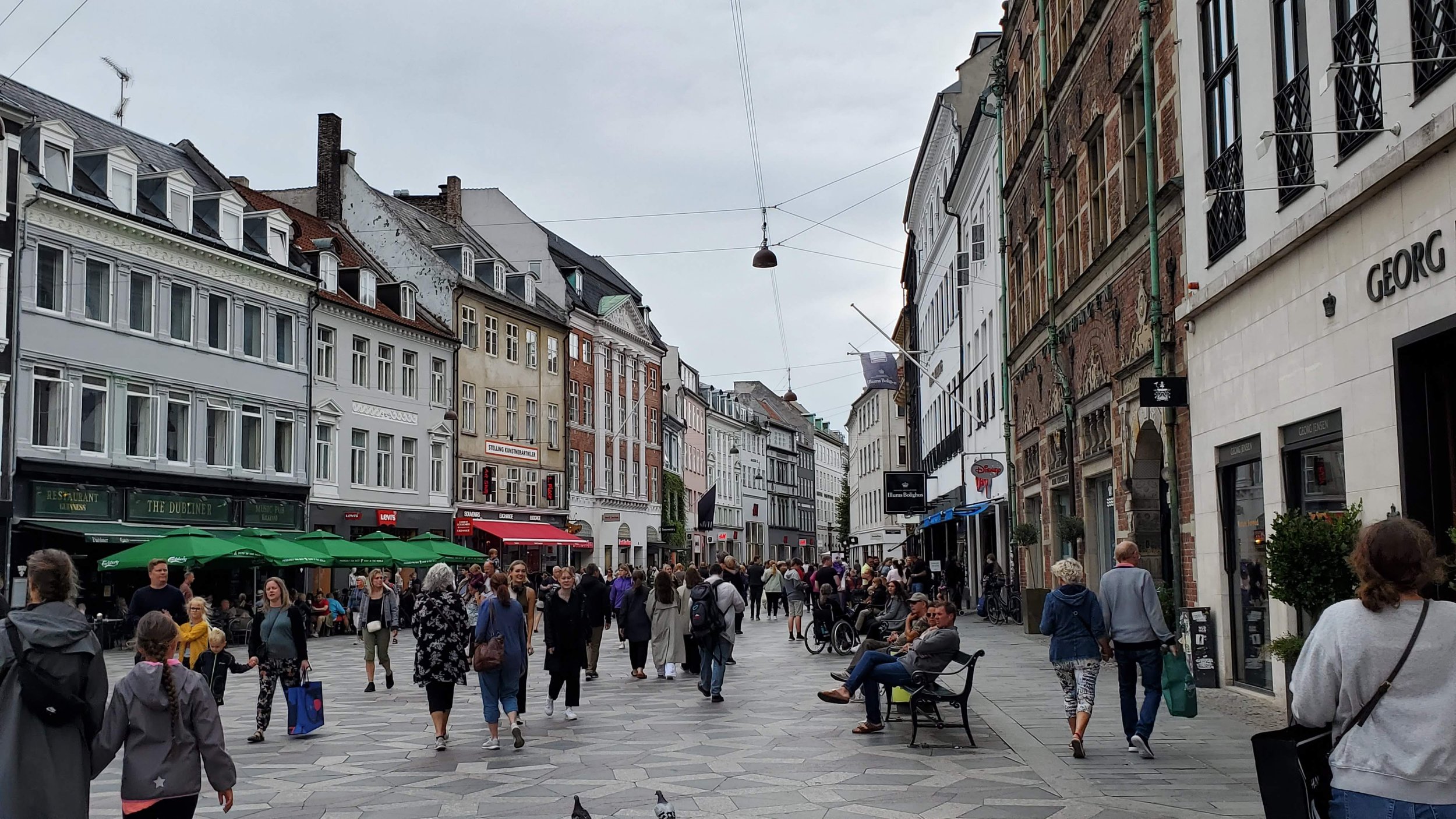
August
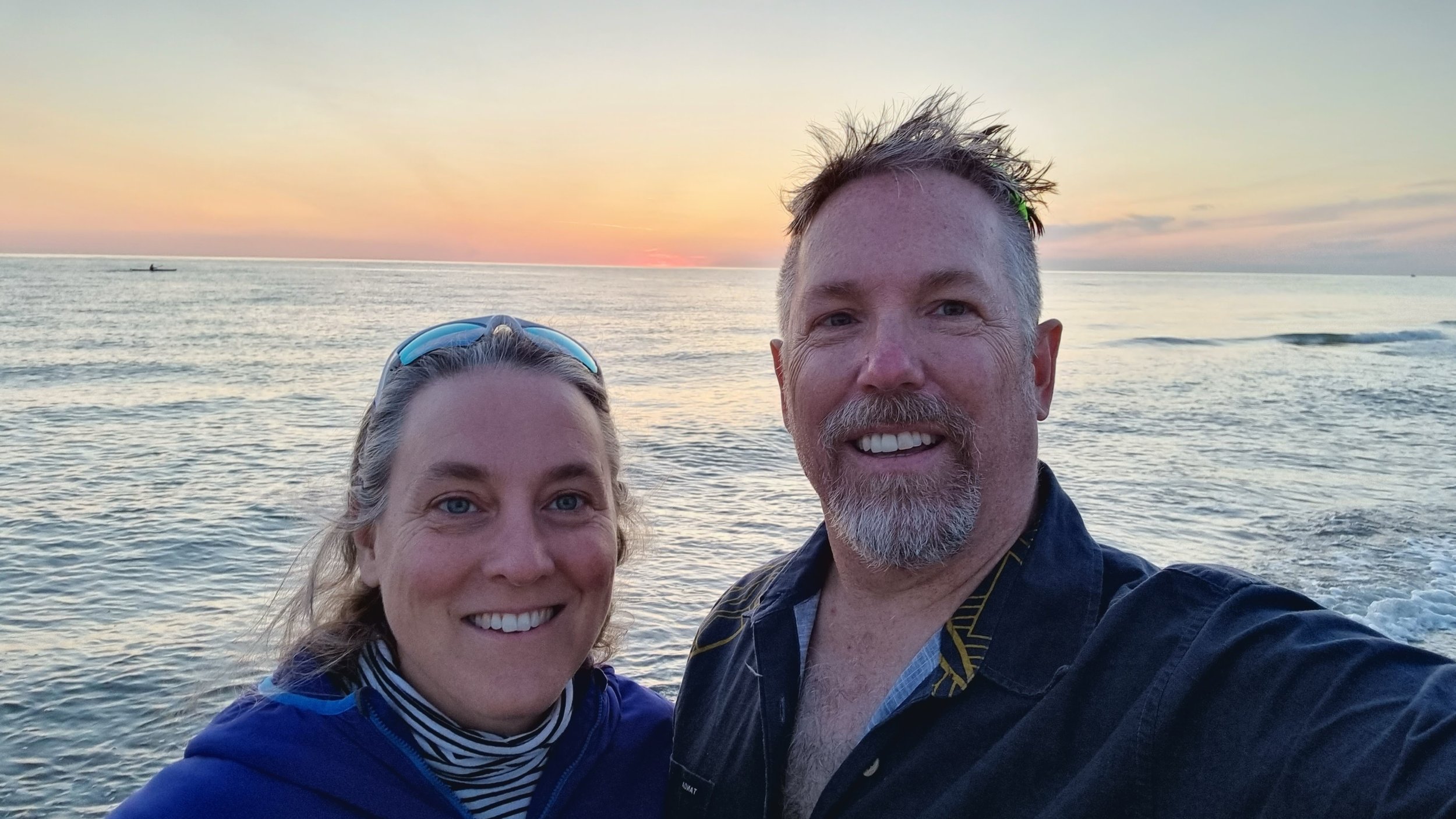

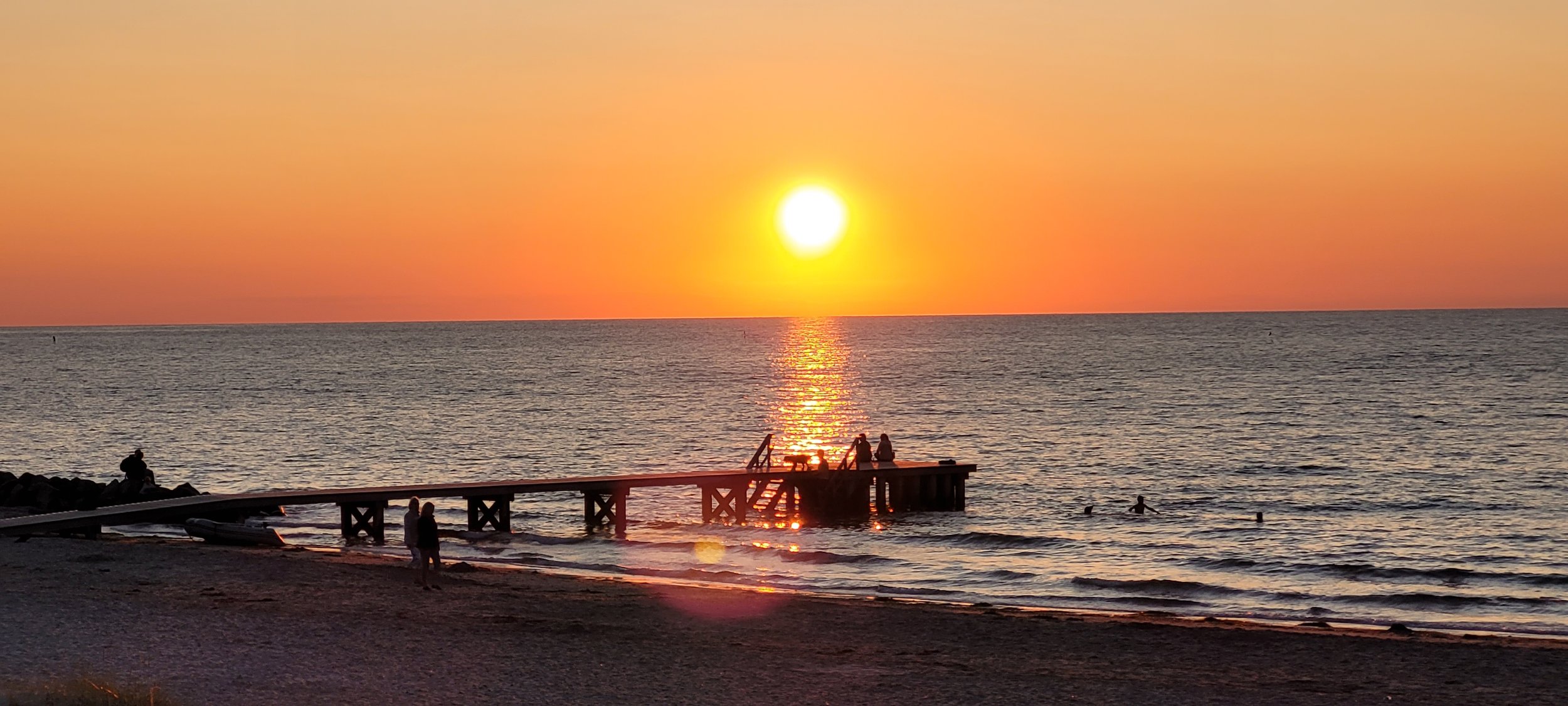
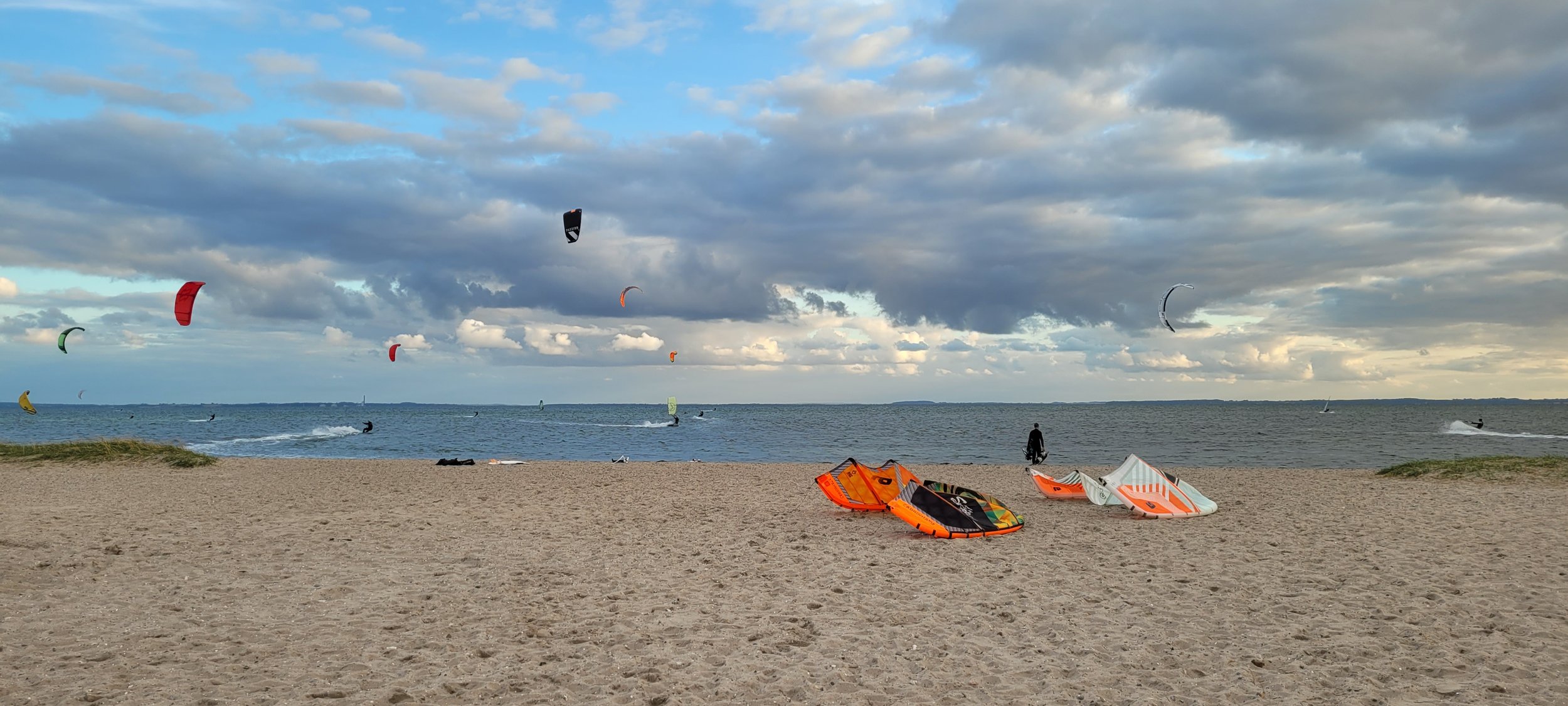
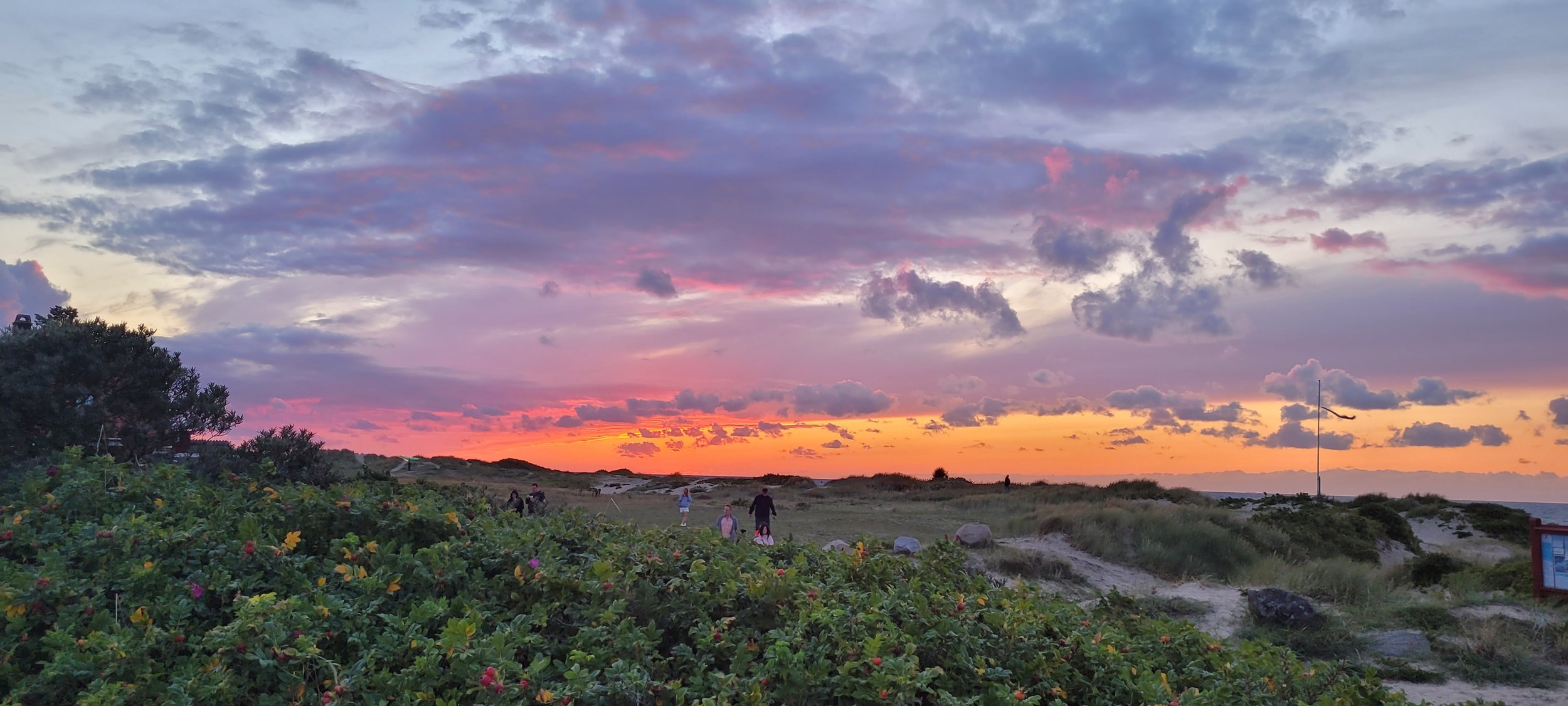
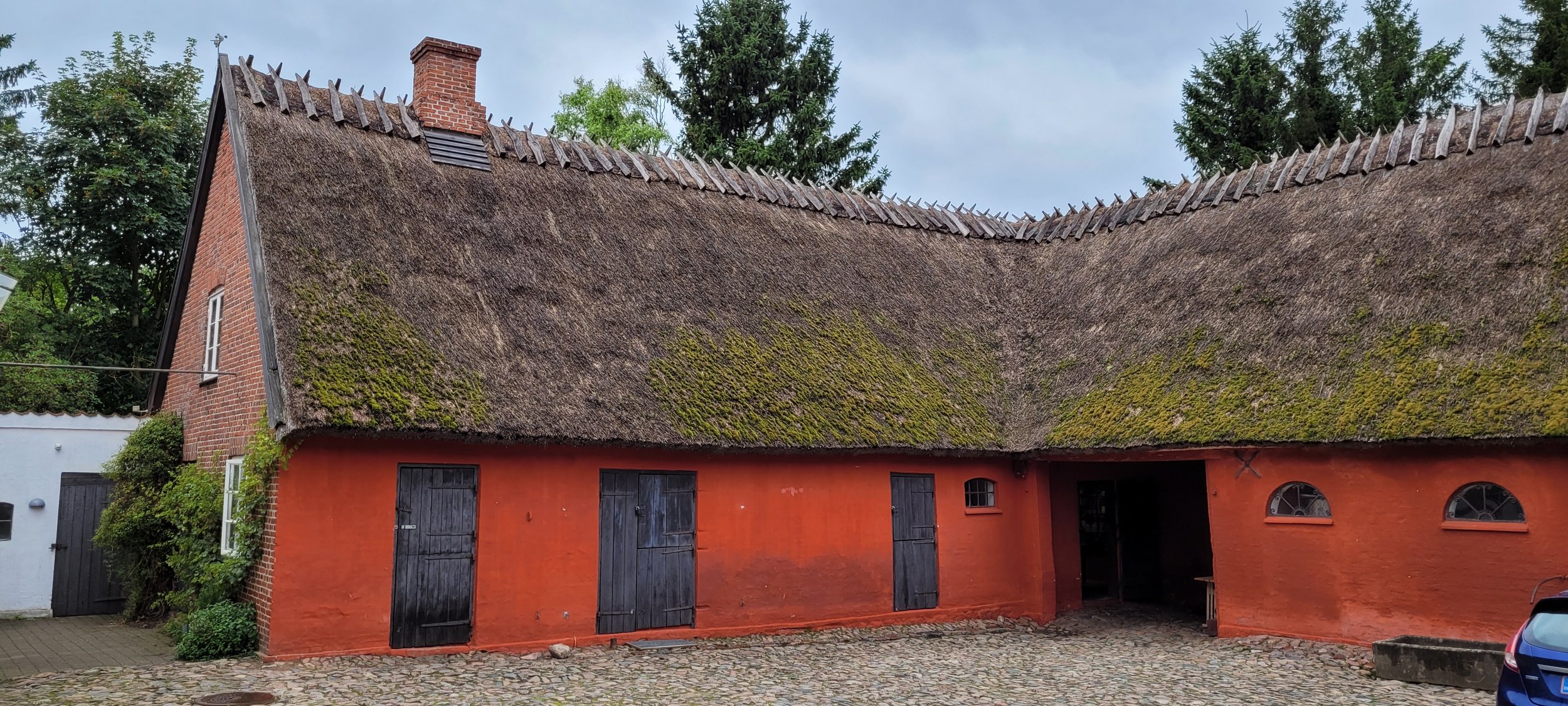
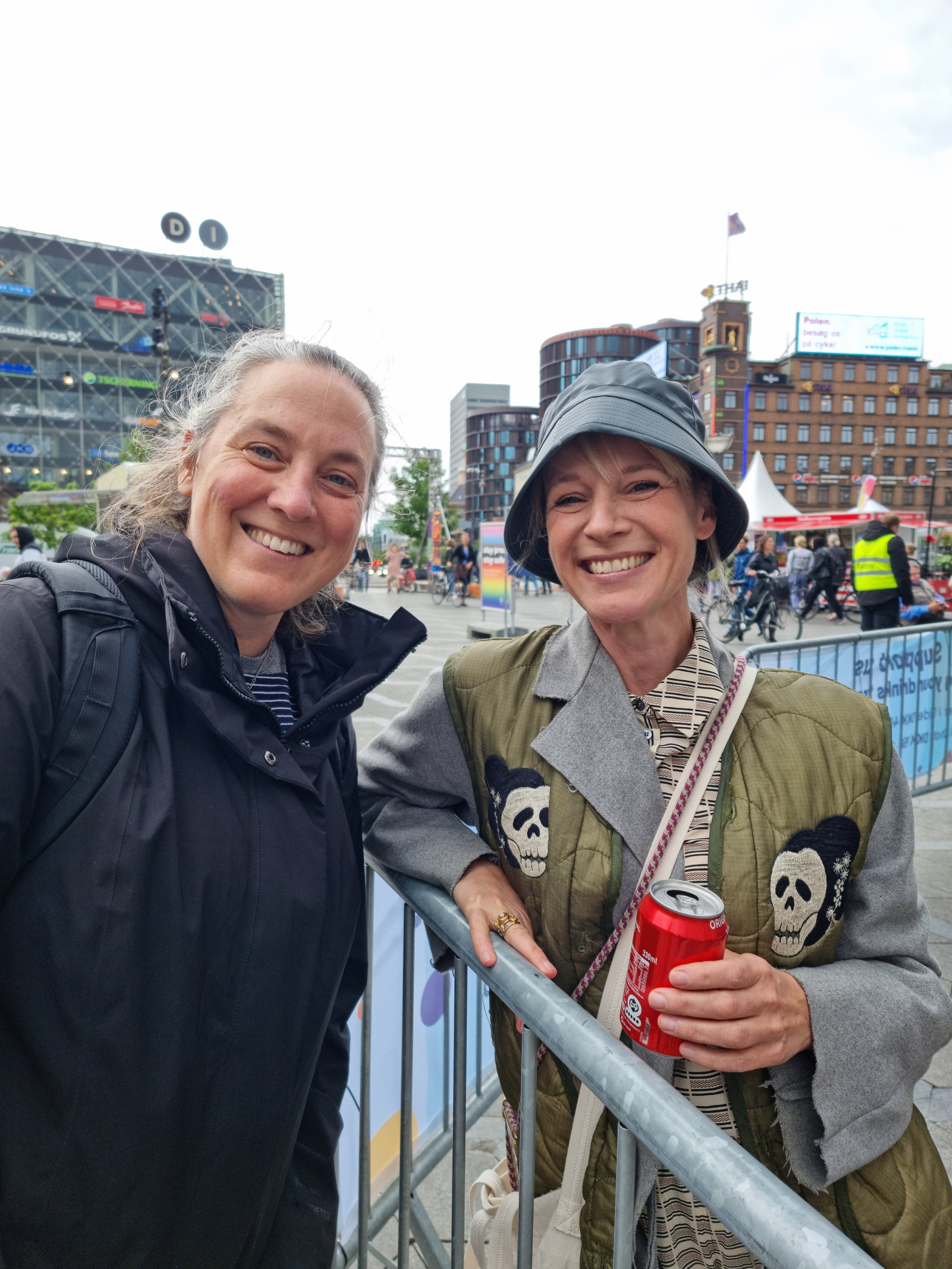
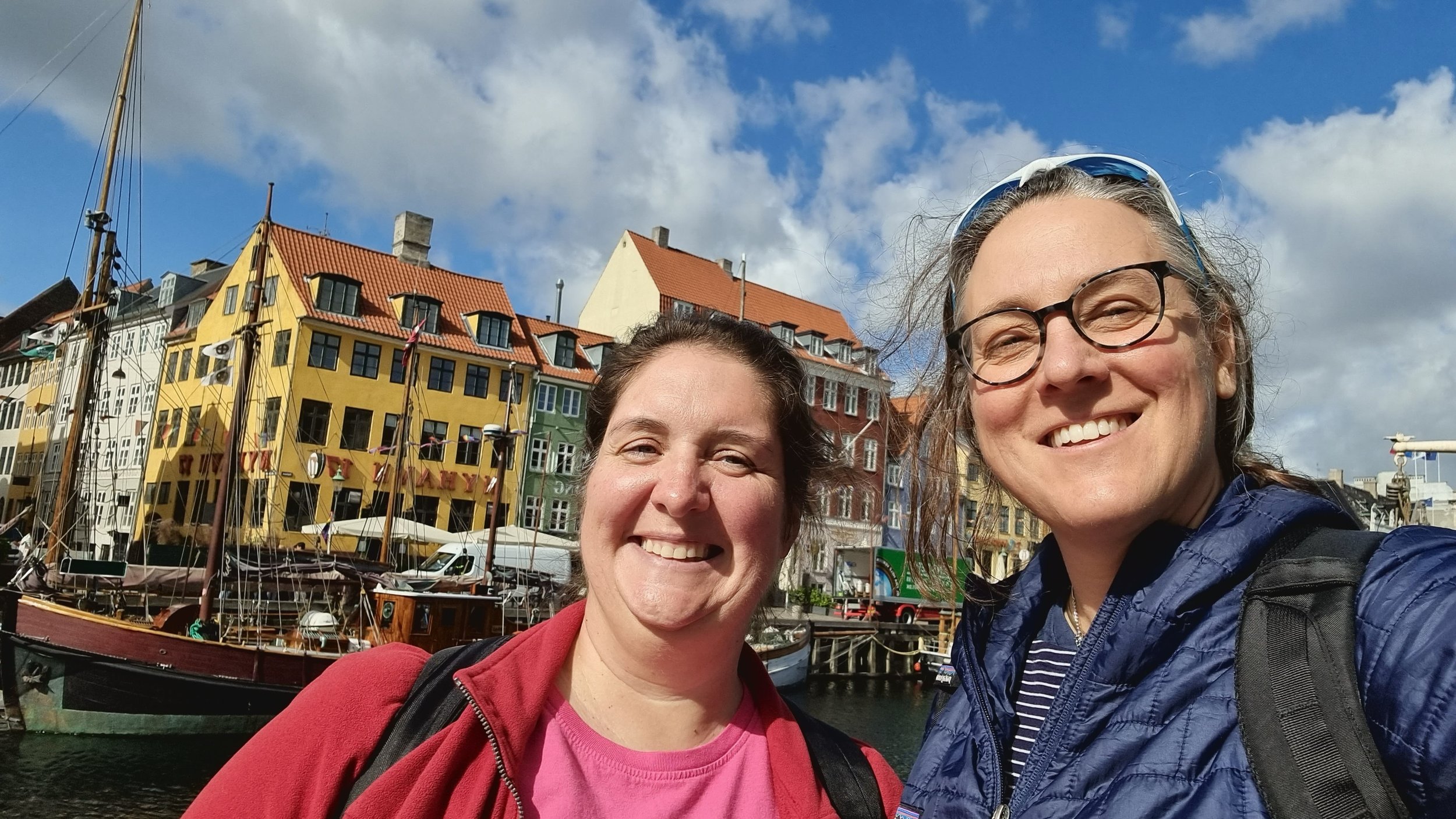
September
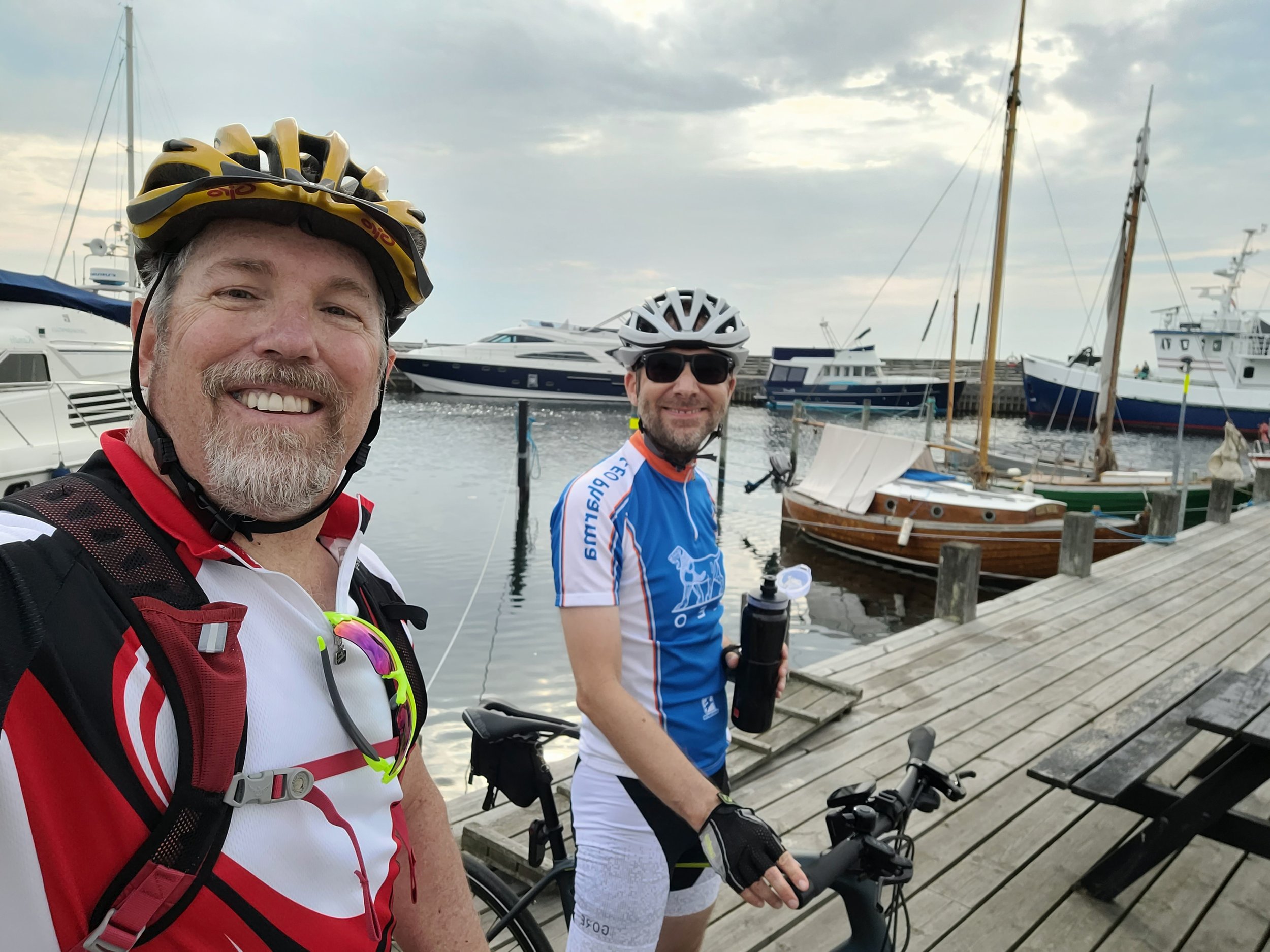
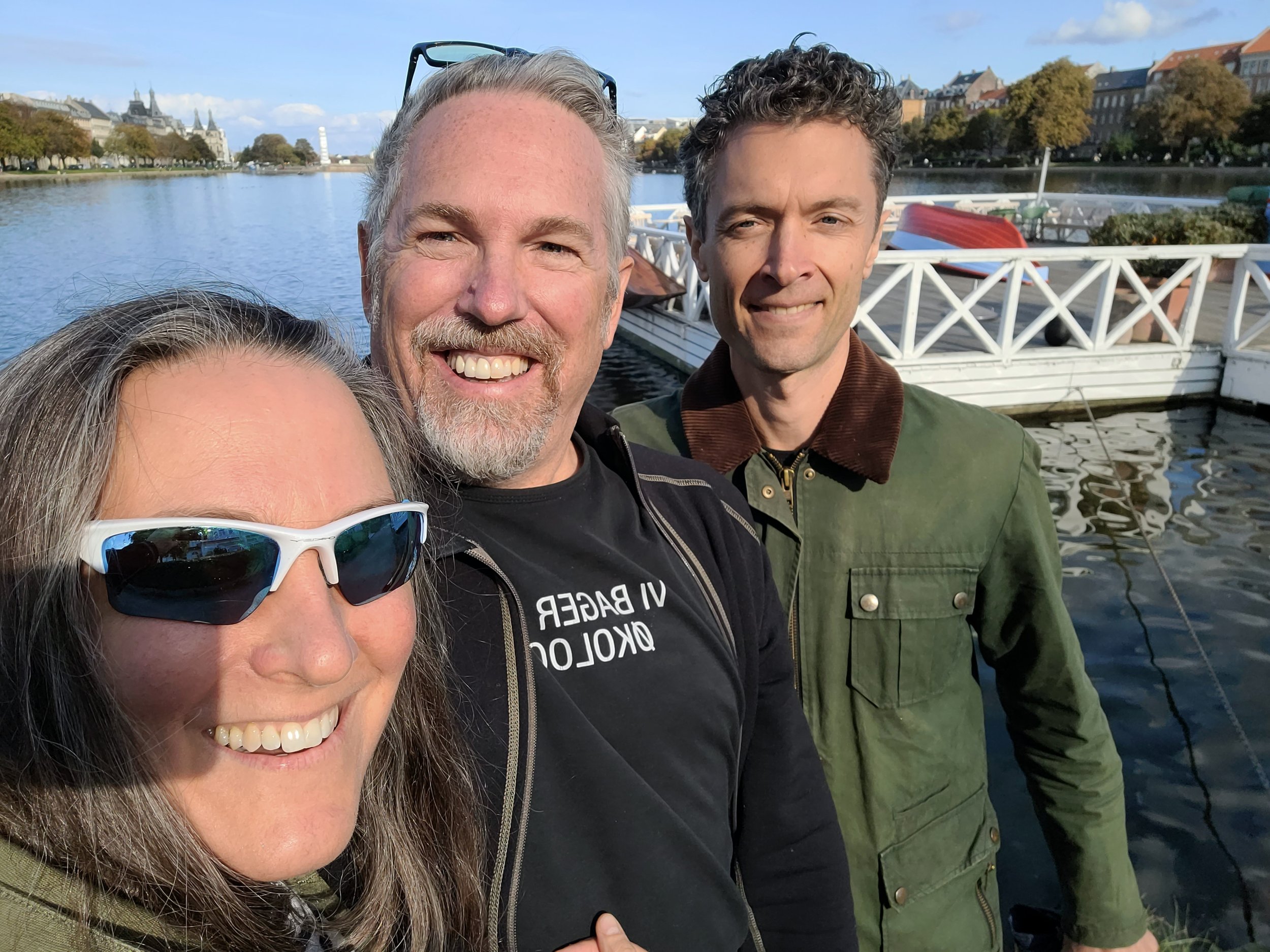
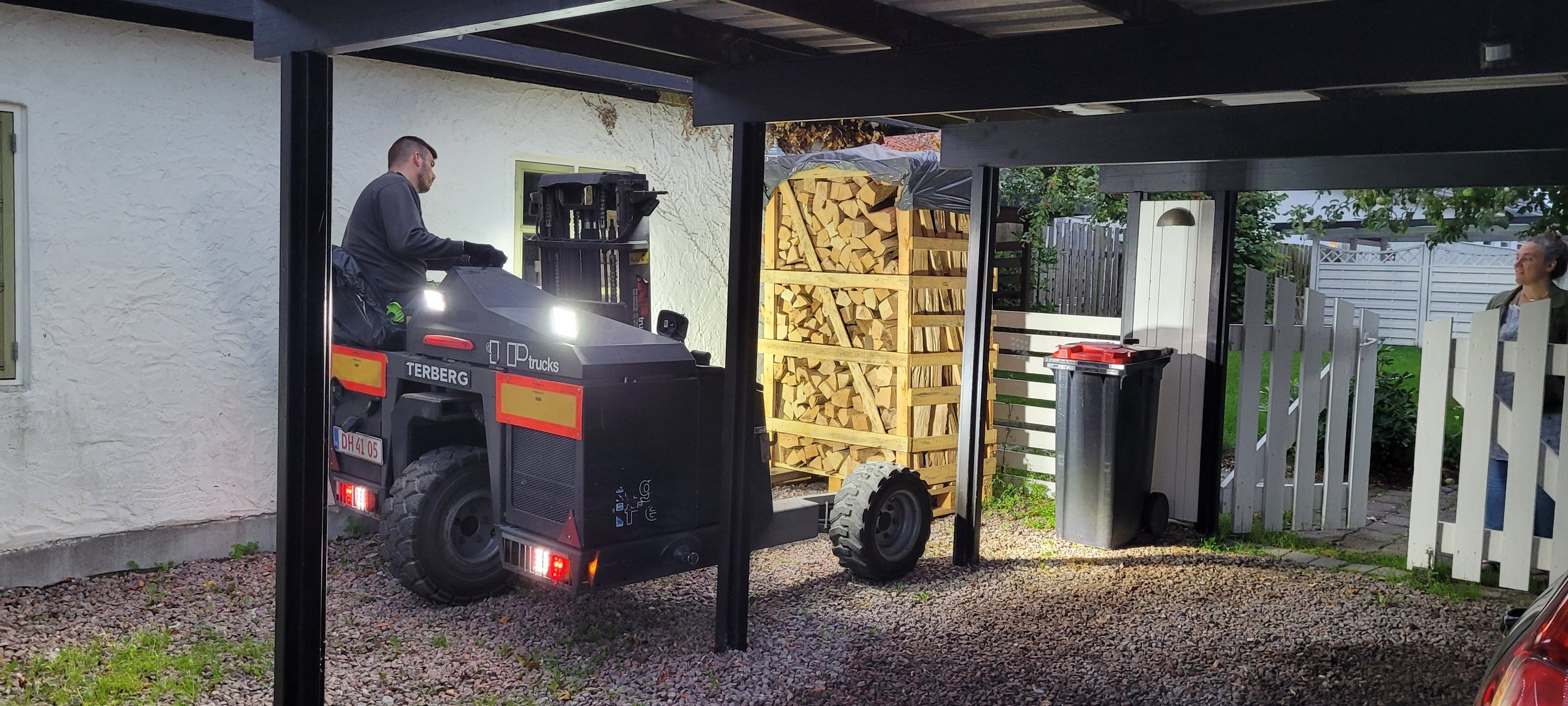
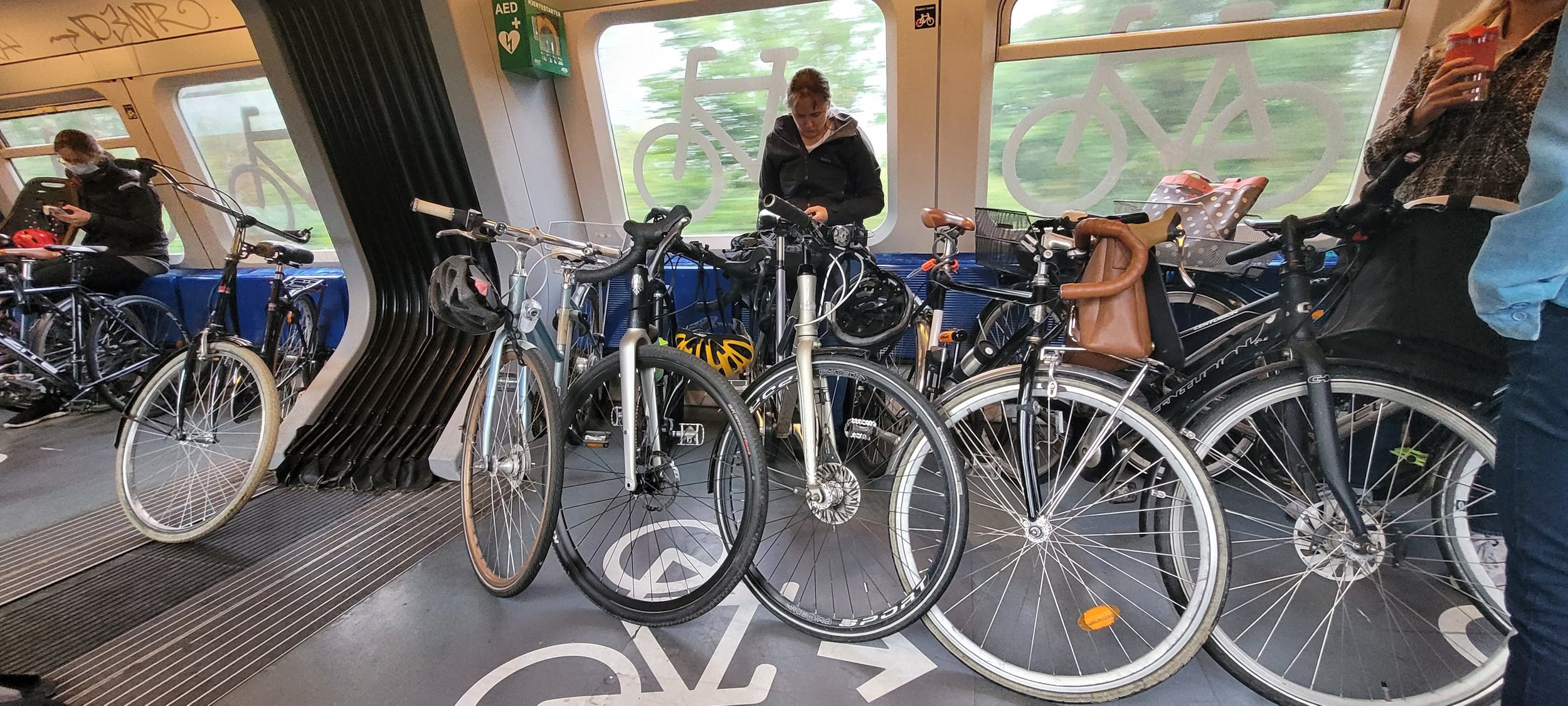
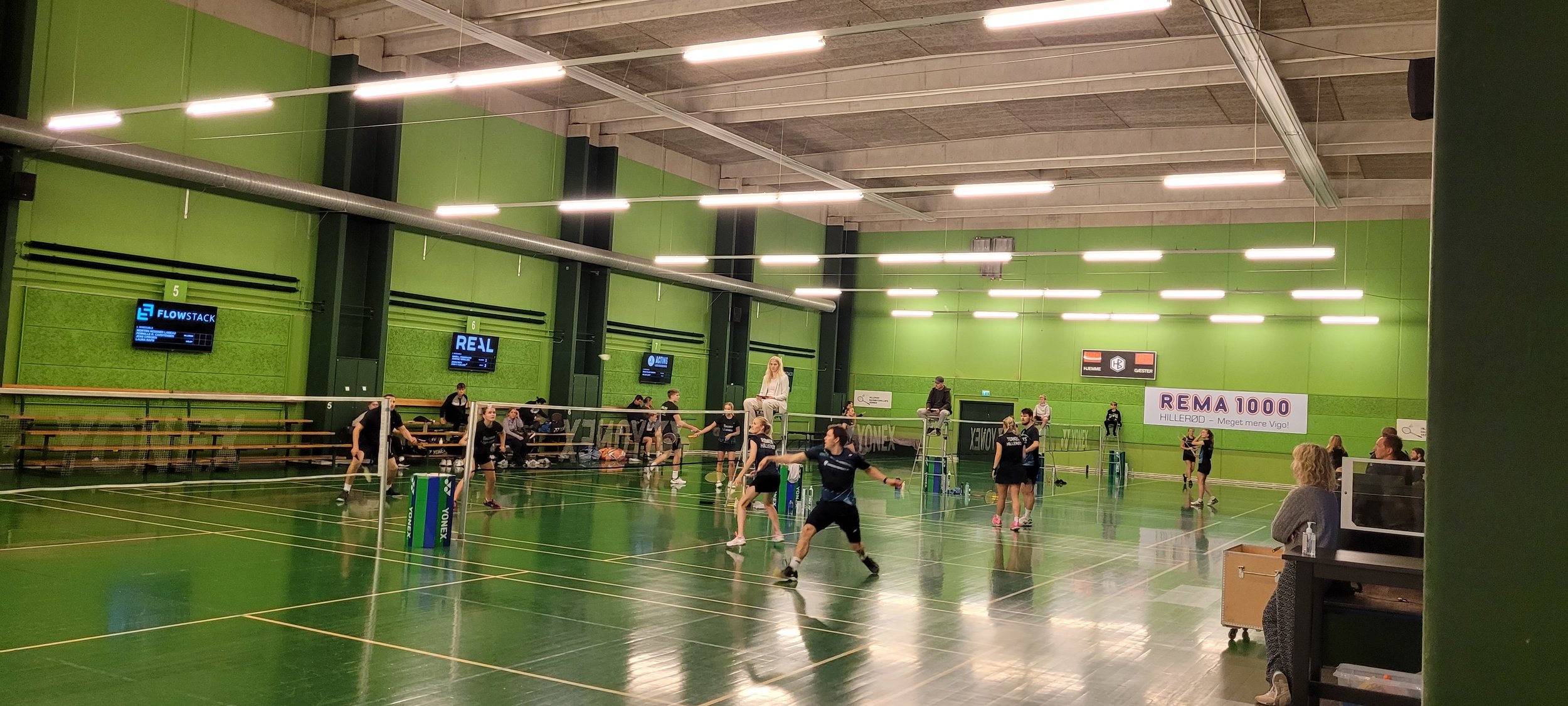


October
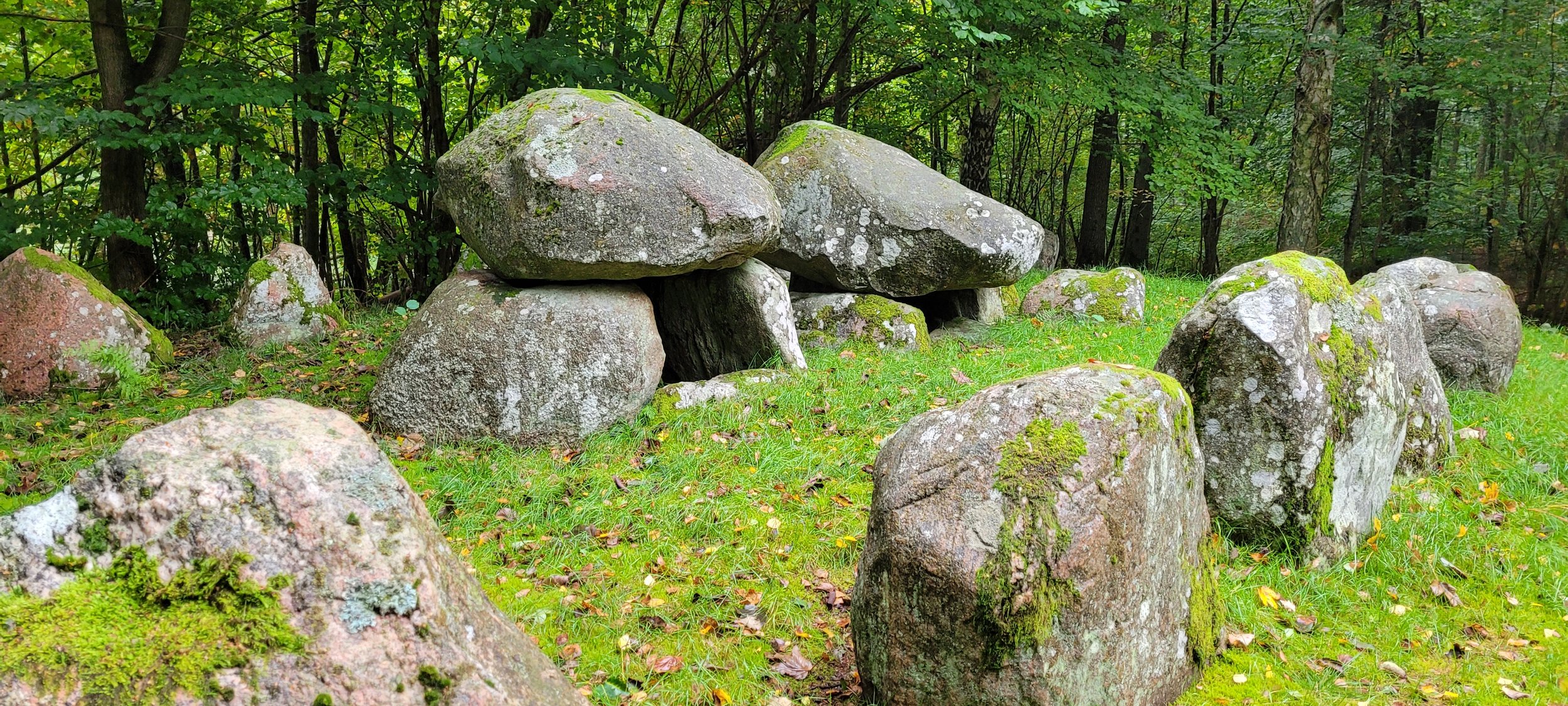
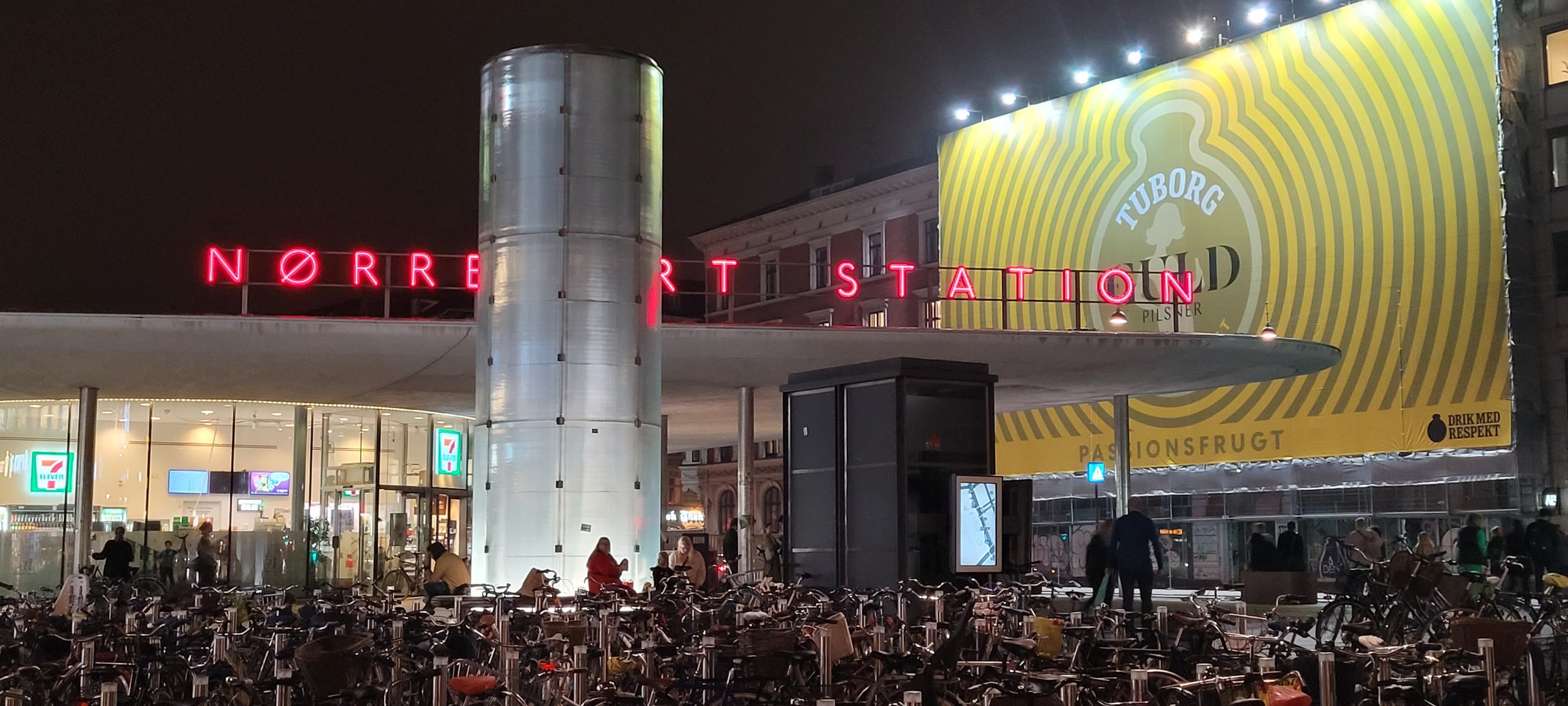
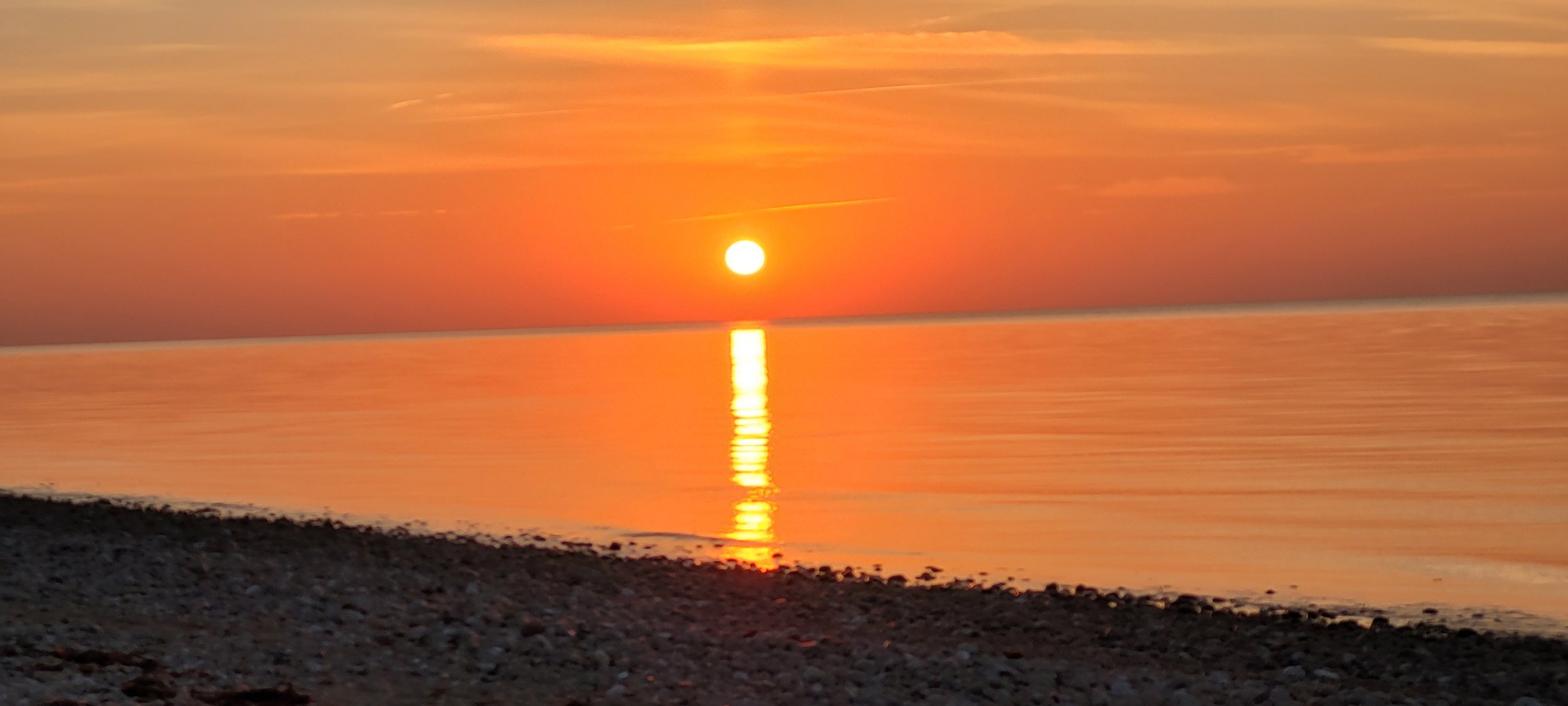
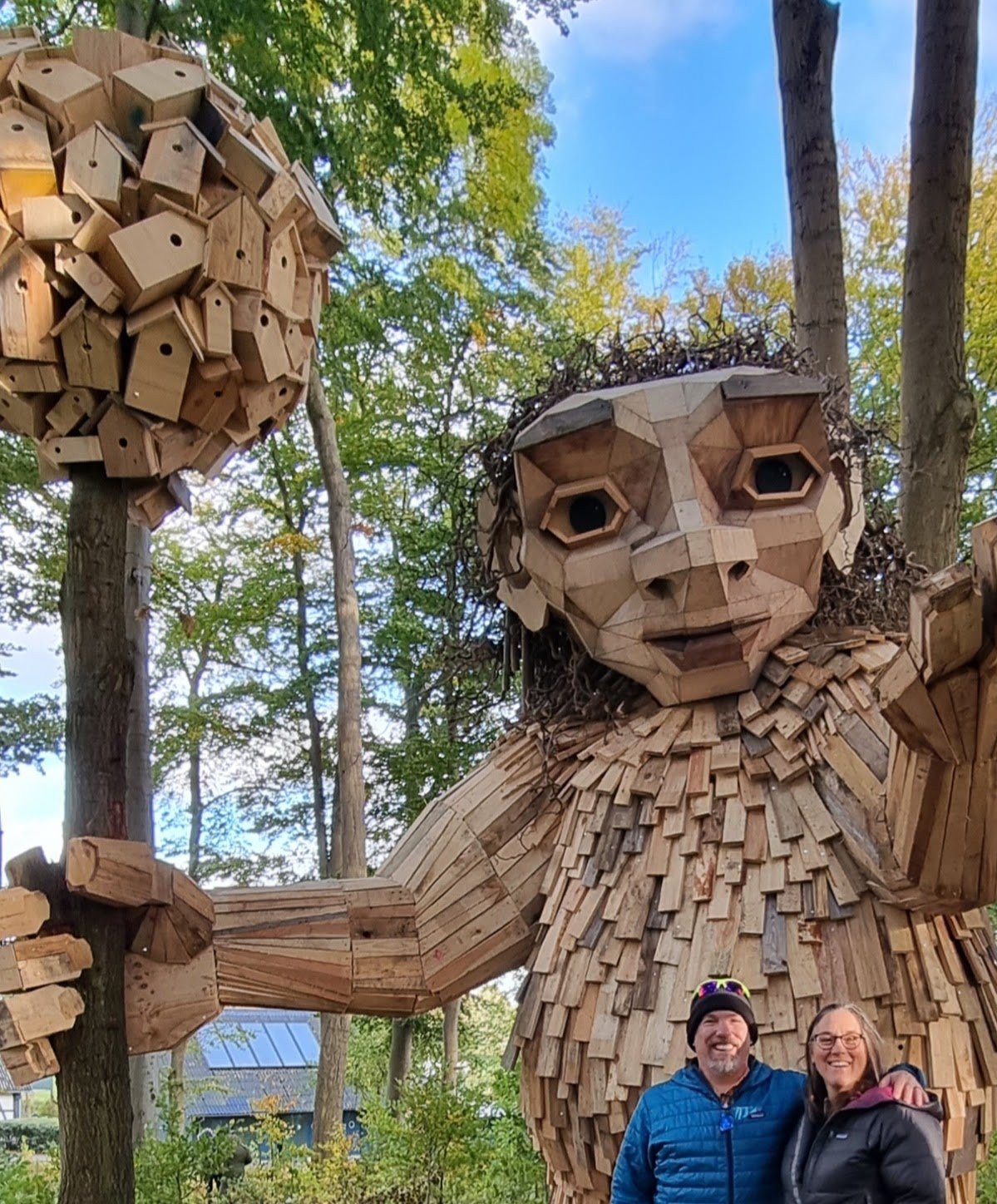
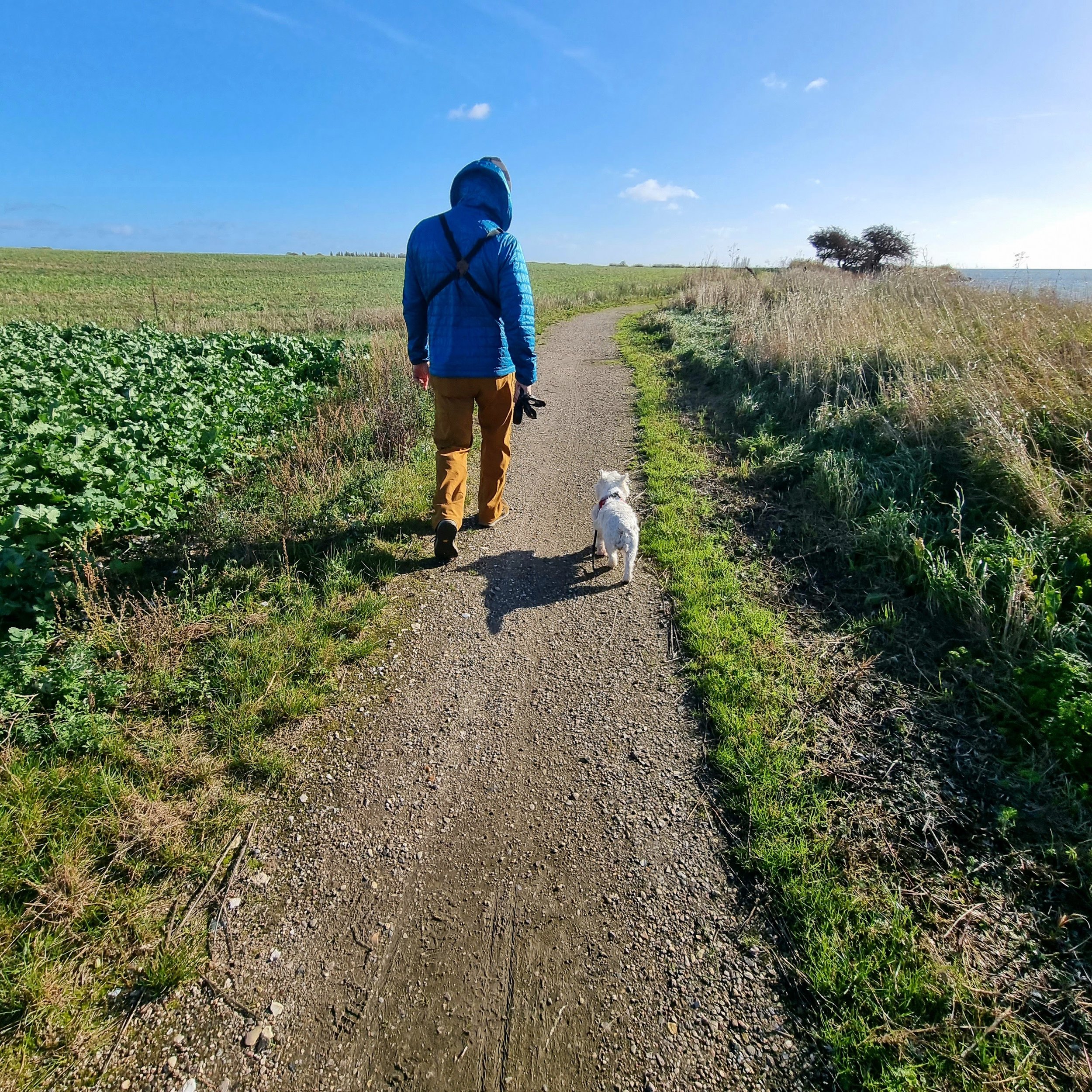

November
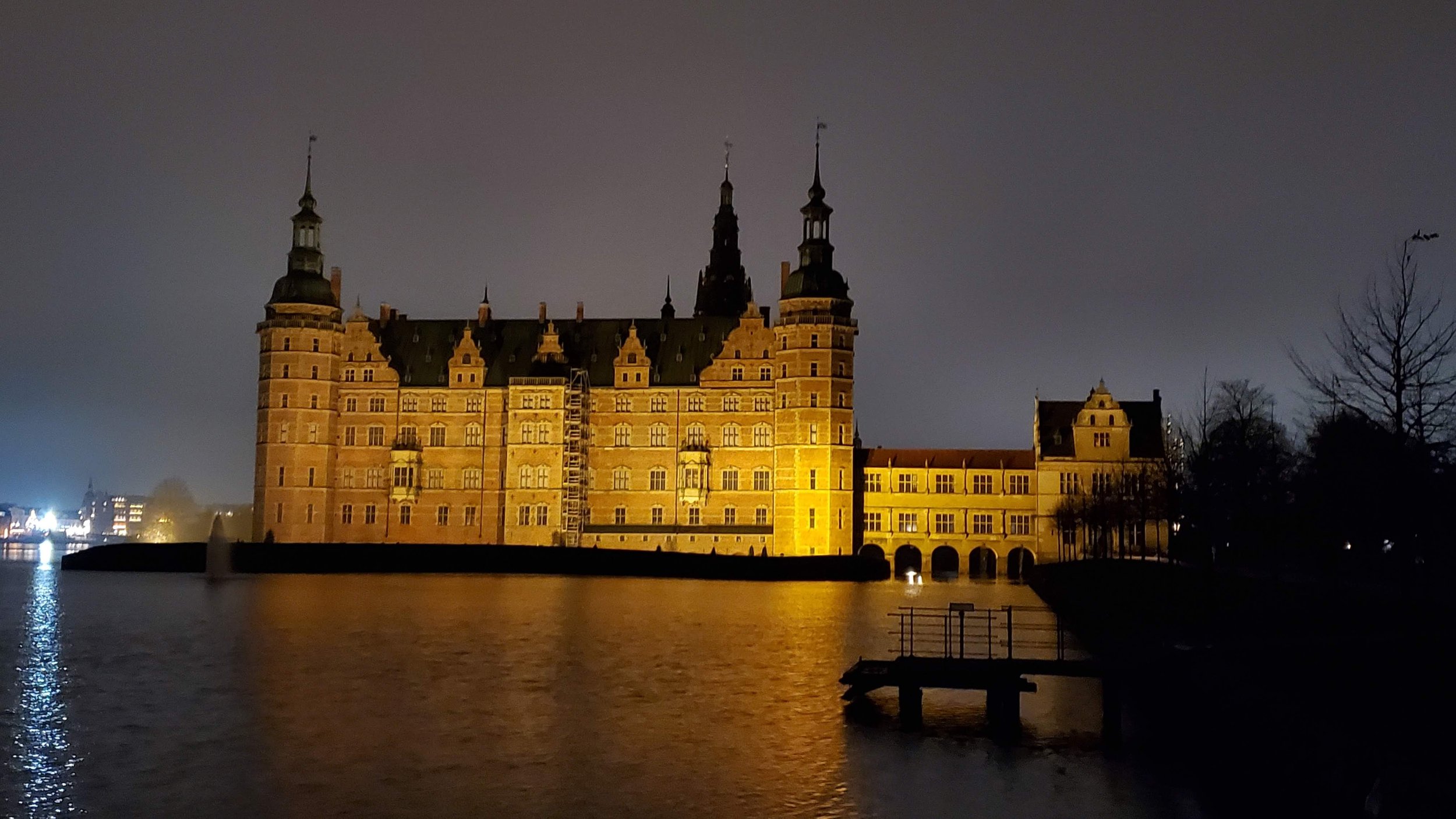
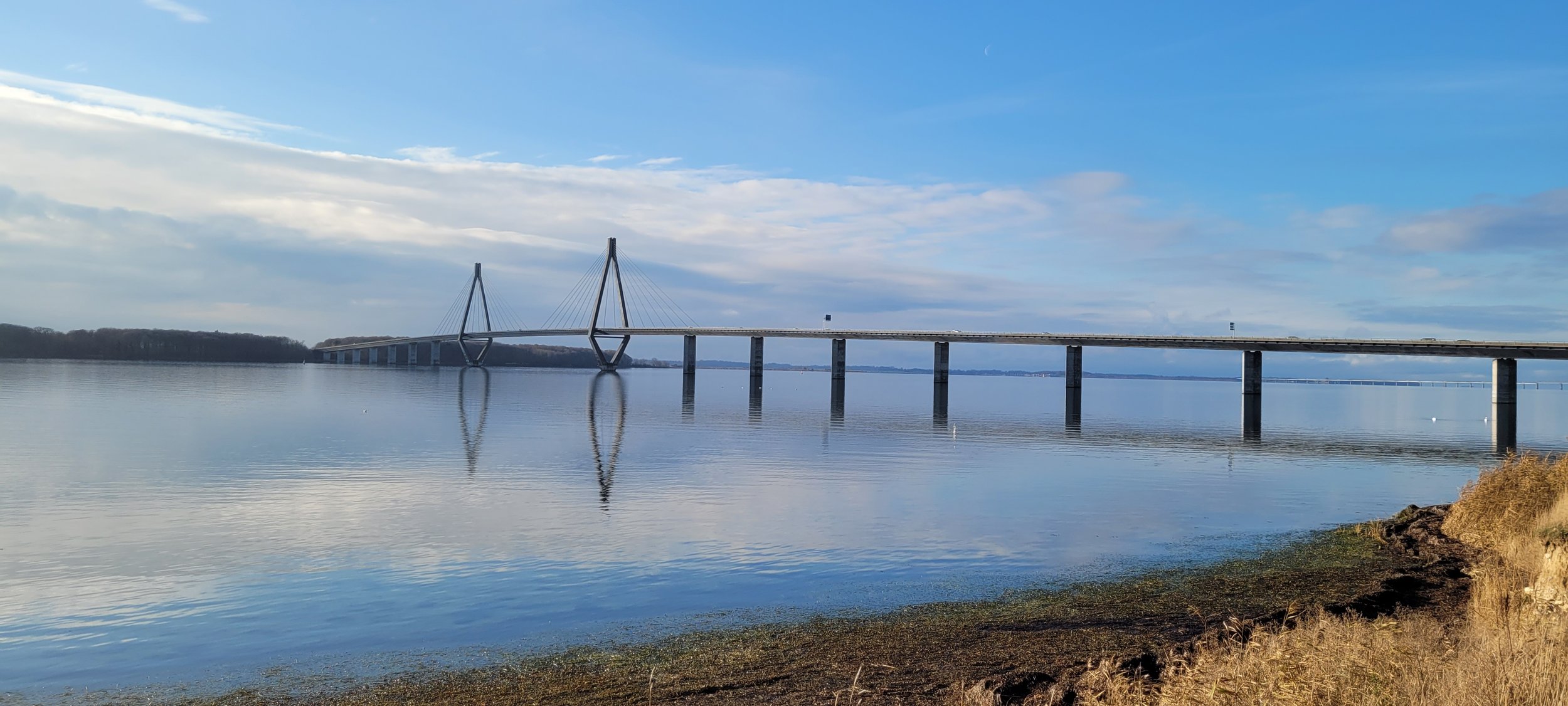
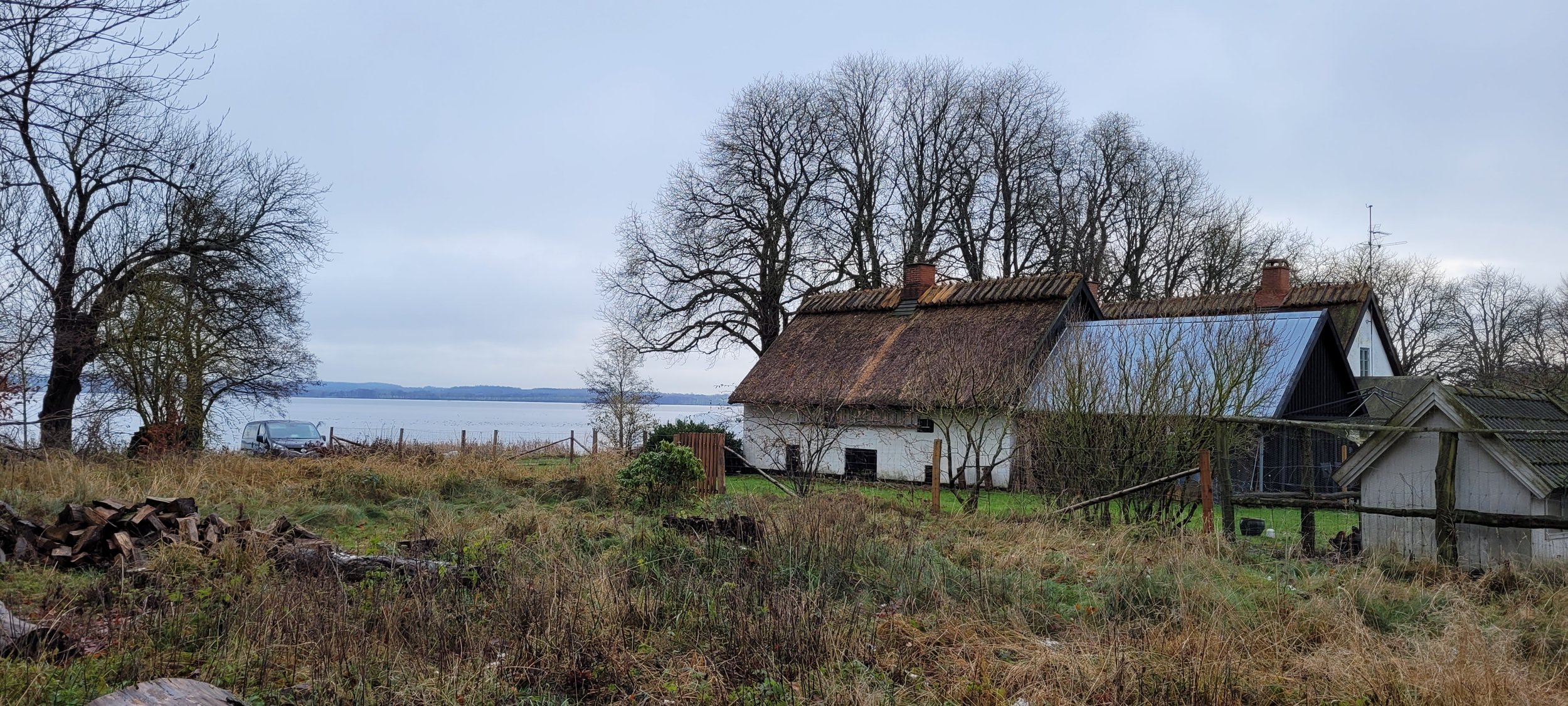
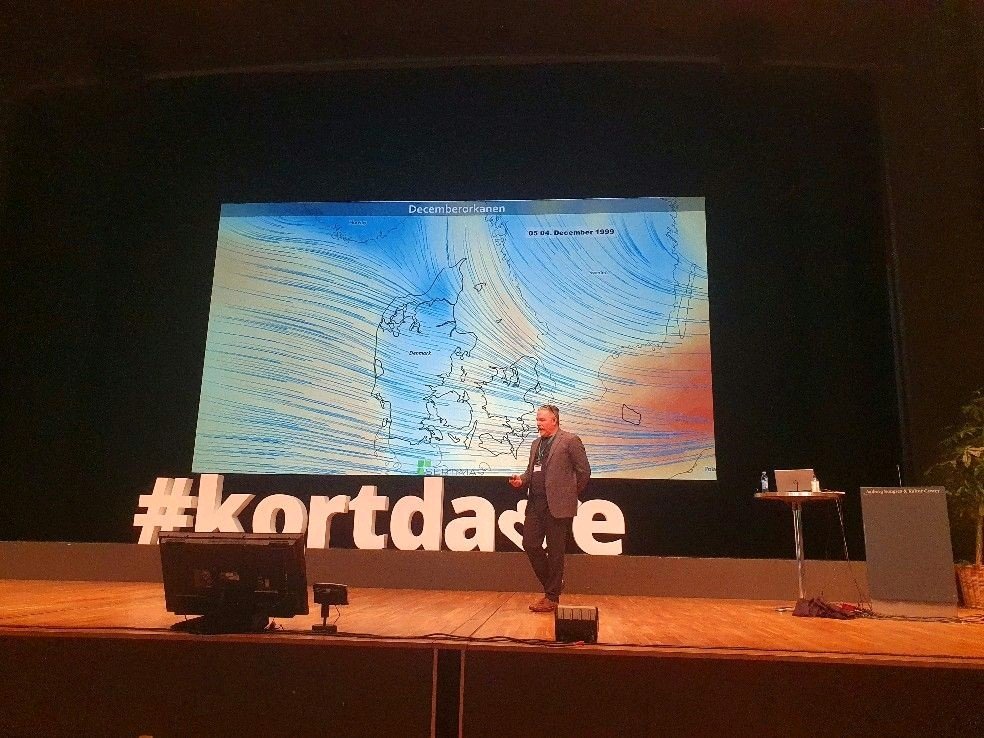
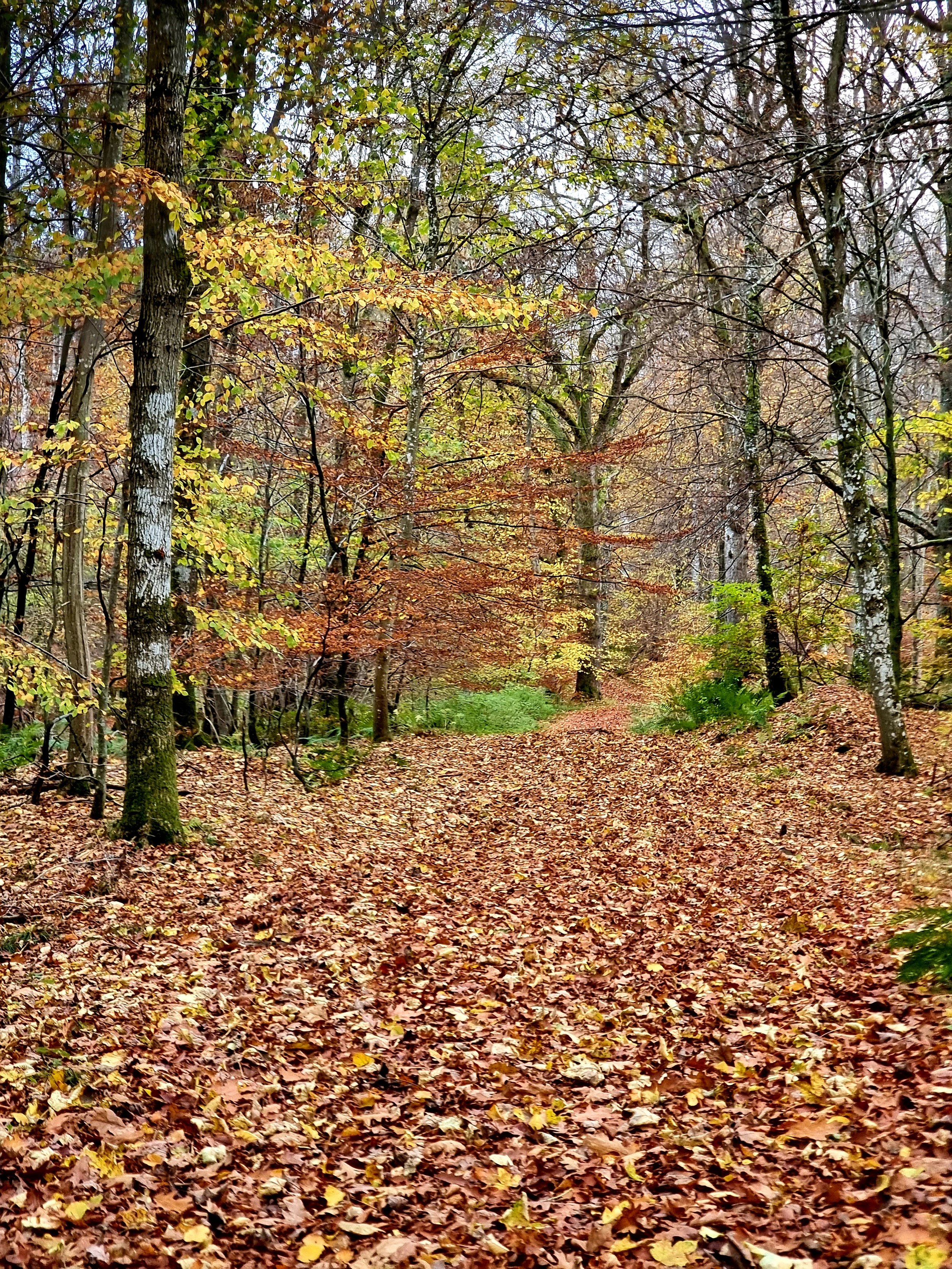

December

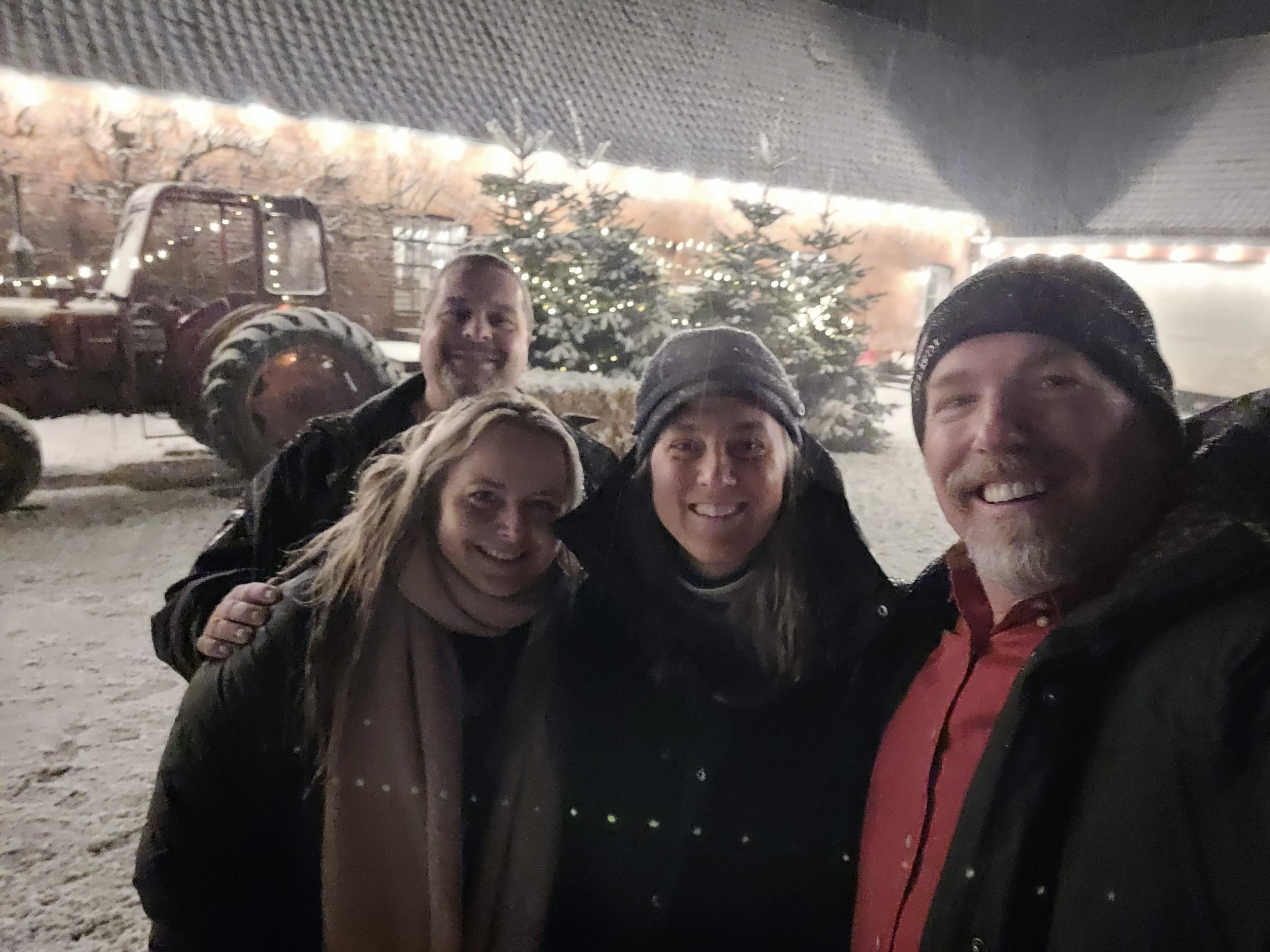


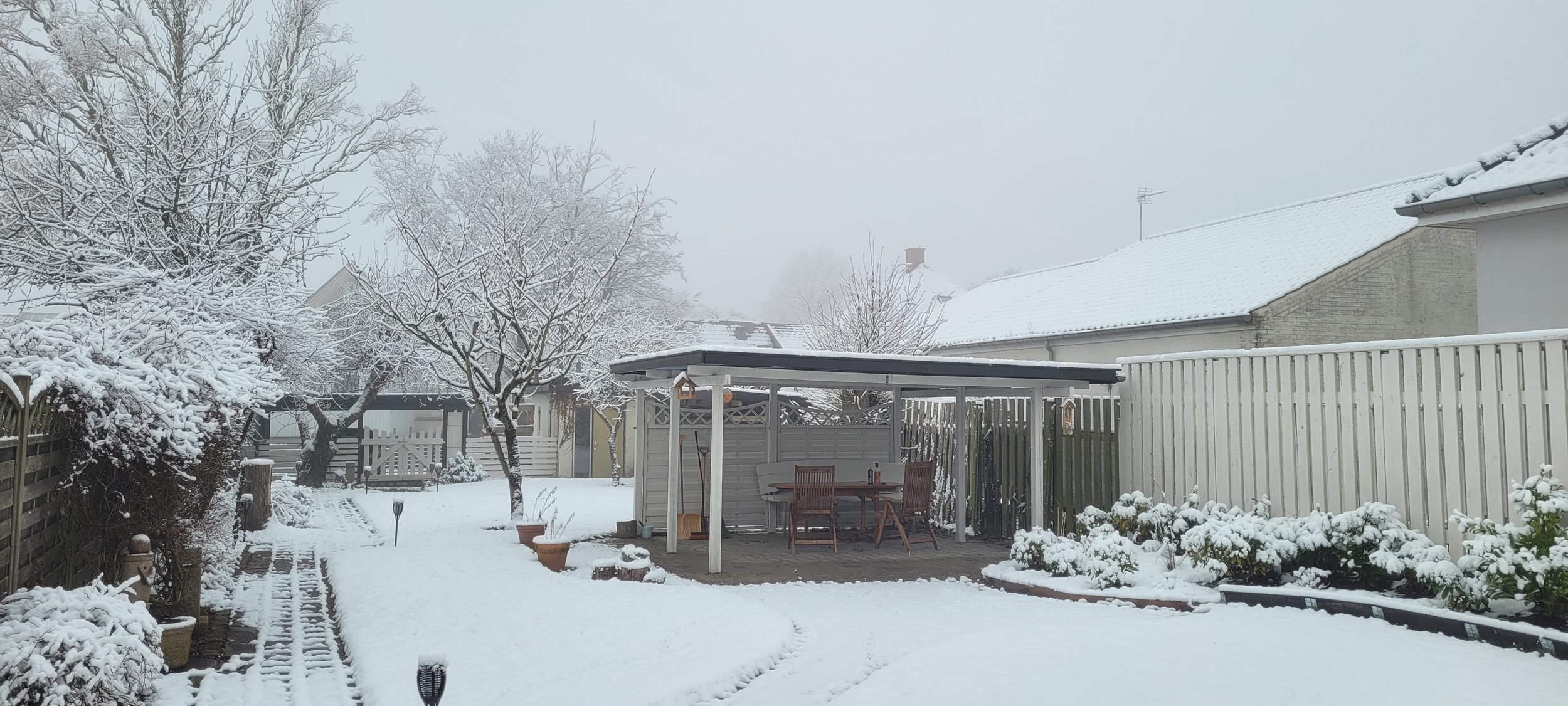
MERRY CHRISTMAS & HAPPY NEW YEAR!
GLÆDELIG JUL & GODT NYTÅR
Kurt & Sarah
Gramsvej 3
3200 Helsinge, Danmark
We are sitting in our house on a peaceful Sunday morning. It is week 51, and the days have less than 7 hours of daylight now. It’s the day before the solstice and our one year anniversary of living in Denmark is fast approaching. We have now experienced all the seasons and have learned a lot about our new country.
It has been a whirlwind of a year but we are more settled than we have been in quite awhile.The topic of discussion this morning is whether to meet some new Danish friends for dinner tonight - with the now typical concerns around COVID safety. Here the vaccination rate is high (77%) and testing is quick, easy and free. We can just walk down the street and get tested anytime we want. This fall, we were lucky enough to experience a 3 month period when all COVID restrictions were lifted. Kurt regularly took the train into Copenhagen to go to the office and attended a multi-day in person conference. Sarah began seeing clients for the first time in a year and a half and travelled to Germany to assist an aquatic bodywork training. But now the Omicron variant is raging, and Denmark is seeing a record number of cases. On the plus side we got our Corona boosters yesterday.
We are incredibly grateful to be living here, and we continually receive affirmations that this move was the right thing, at the right time. We love our house, and the little town it lies at the center of. Typical winter evenings involve firing up the wood stove with some of the beech firewood we purchased.
It is so easy to access nature here. We spend a lot of time going for walks along one of the nearby beaches, going on bike rides through the Danish countryside, exploring neolithic archaeological sites, and swimming in the sea.
Denmark is impressive in a lot of ways. It is a small, homogenous and very efficient country. Everything is digital. They outlawed paper checks back in 2016. We have digital corona passports. When you go to the doctor you simply swipe your health card, sit down in the waiting room, have your appointment and walk out. No paperwork is necessary. When we bought our used car in August, the entire transaction including payment, insurance and registration happened in a few minutes via smartphones out on the street with the seller.
Many of the things we thought might be challenging have turned out to be easier than we anticipated. For example, if you read the Americans in Denmark Facebook pages you expect it to be difficult to befriend Danes. That has not been our experience. People here are certainly more direct, but we have made numerous Danish friends and are slowly building our Danish community. As we may have mentioned to you, there is one special family Lene & Bo Fischer/Thomsen. They have essentially adopted us. For example, we lived in their summer cottage for the first six months, and borrowed their car for several months. They are our go-to for the inevitable ‘Ask a Dane’ moment. They also helped with numerous Danish administrative details. Integrating into Denmark would have been considerably more time consuming and difficult without them, and certainly not as fun.
While we expected many differences, we have also found some things are almost too similar. For example, there is a big box store that is eerily identical to Home Depot, color scheme and all. Overall the biggest challenge is that everything is just slightly off of ‘American normal’. In general, getting used to the metric system has been fairly easy. But that is just one part. There are other unanticipated day-to-day things that are continuously disorienting: Denmark has a different date format (dd-mm-yyyy); for numbers the thousand separator and decimal characters are reversed ($3.345,67); in sporting events clocks count up not down, writing on a Nordic keyboard etc. And on top of that, everything is in Danish - by default. So everything takes us longer here.
We are both still working on learning Danish and both enjoy it. It is gradually coming together. We have both taken language courses and work with our private Danish teacher. We have never enjoyed tv/podcast/radio ads so much. They are a surprisingly good Danish learning tool. We have also discovered that speaking a little bit of Danish goes a long way towards ingratiating ourselves with Danes. That is our goal with every interaction. We are often pleasantly surprised to discover we just understood what someone said. But speaking Danish is undeniably difficult and will take time.
Over the holidays we will travel to the Danish island of Bornholm. It lies in the Baltic Sea east of Denmark, south of Sweden and north of Germany/Poland. We will take a ferry to Sweden, drive to another ferry, which we take to Bornholm. It is quite a bit more rocky than the rest of Denmark and has a lot of historical monuments, a rugged coastline, bird life and nature.
We have received tremendous help at every turn this year. So we would like to take this moment to thank you for your friendship and support. It really means a lot.
The best way to follow us is via Instagram (@geomenke & @sarahreynolds.dk) and Facebook.
Kurt also completed the 30 Day Map Challenge and wrote a blog post about it (https://septima.dk/nyheder/30-Day-Map-Challenge) which includes many maps of Denmark.
